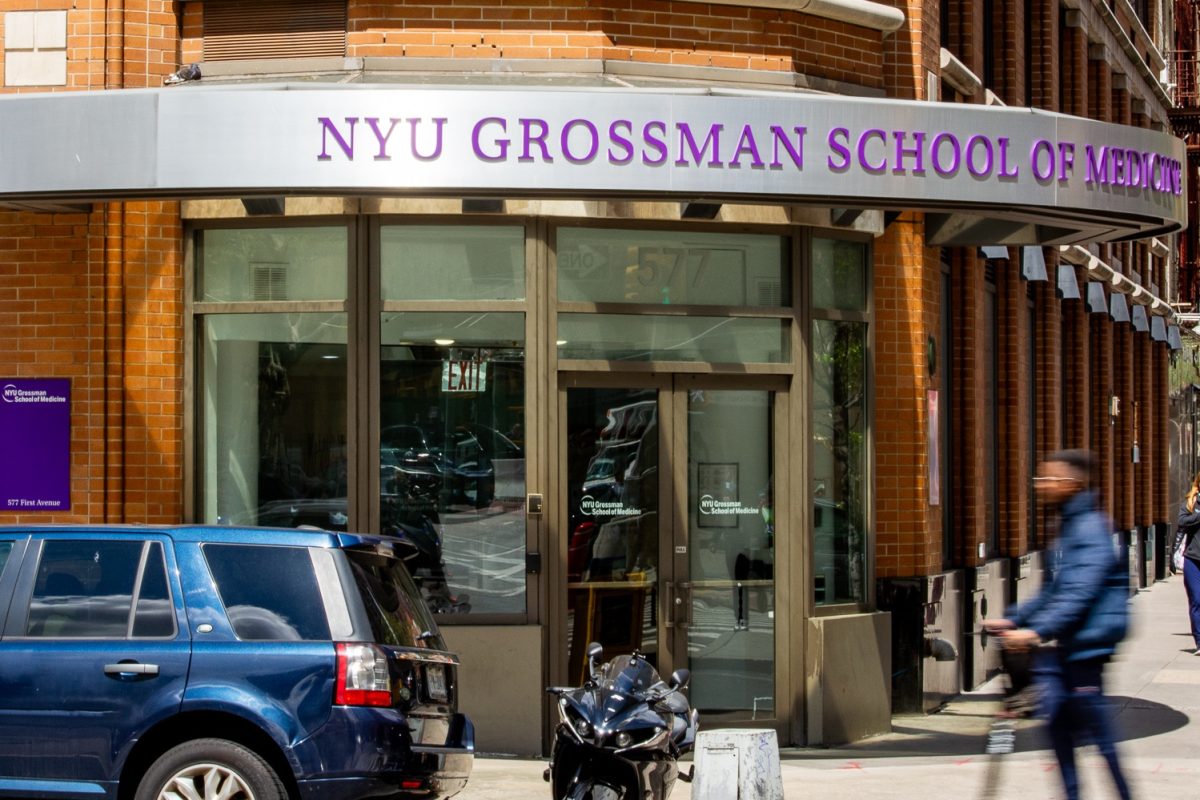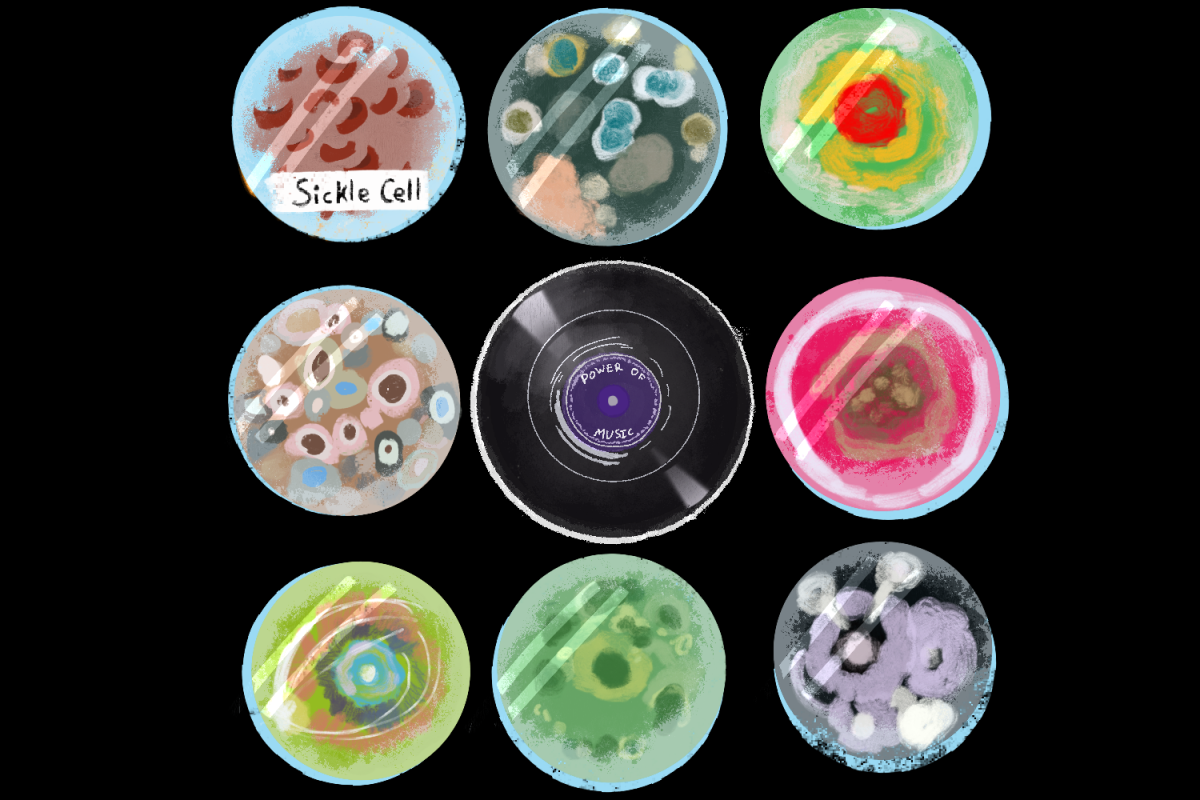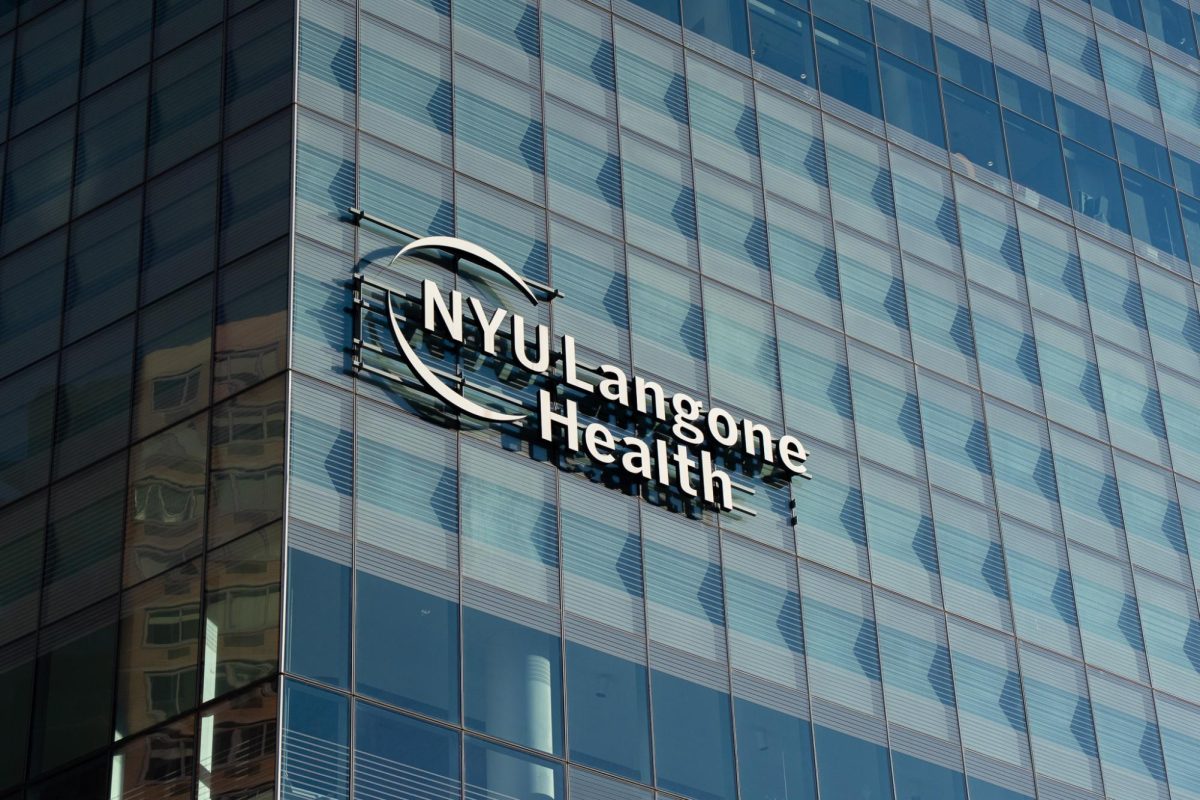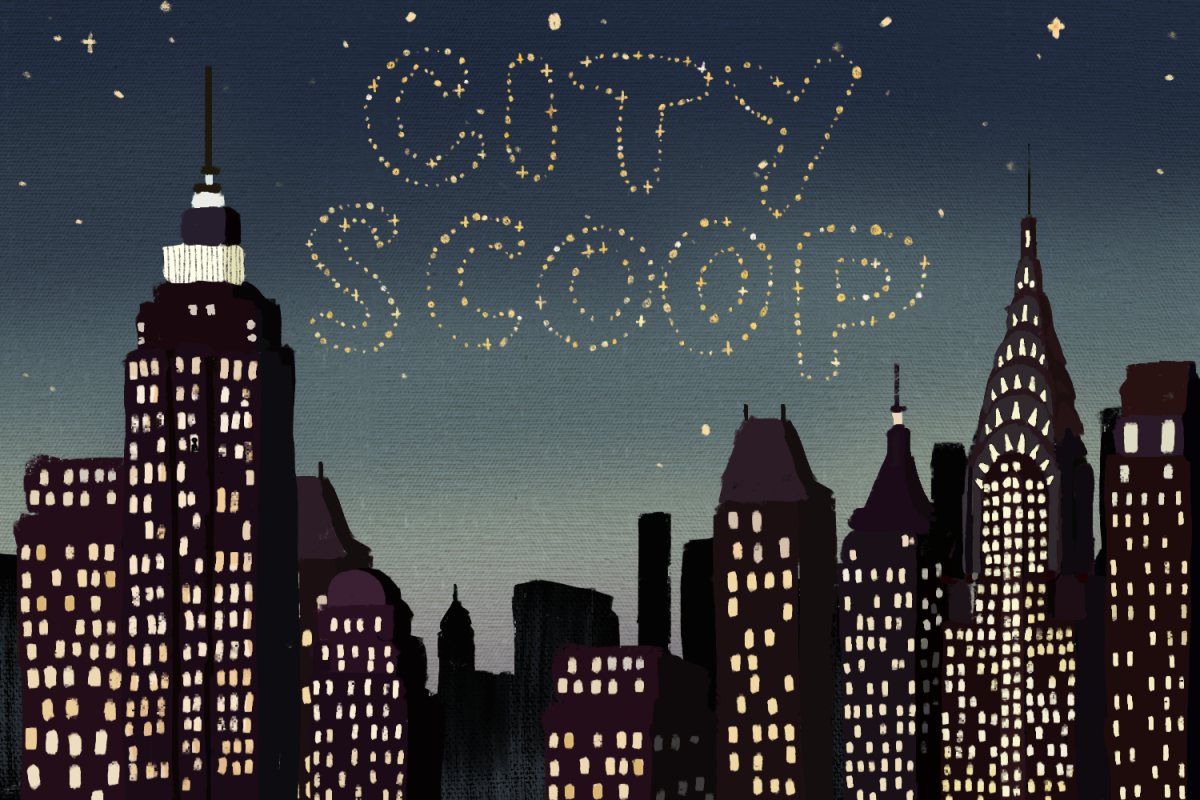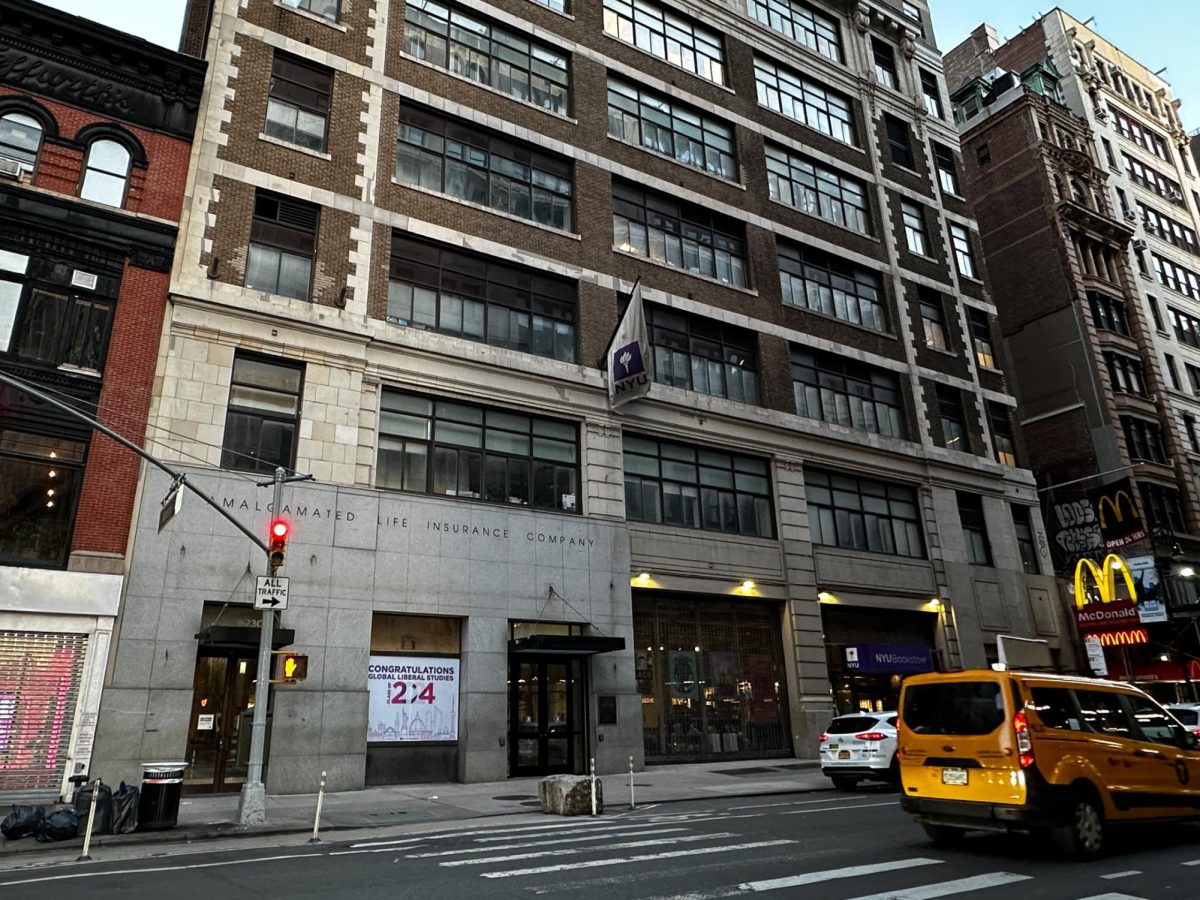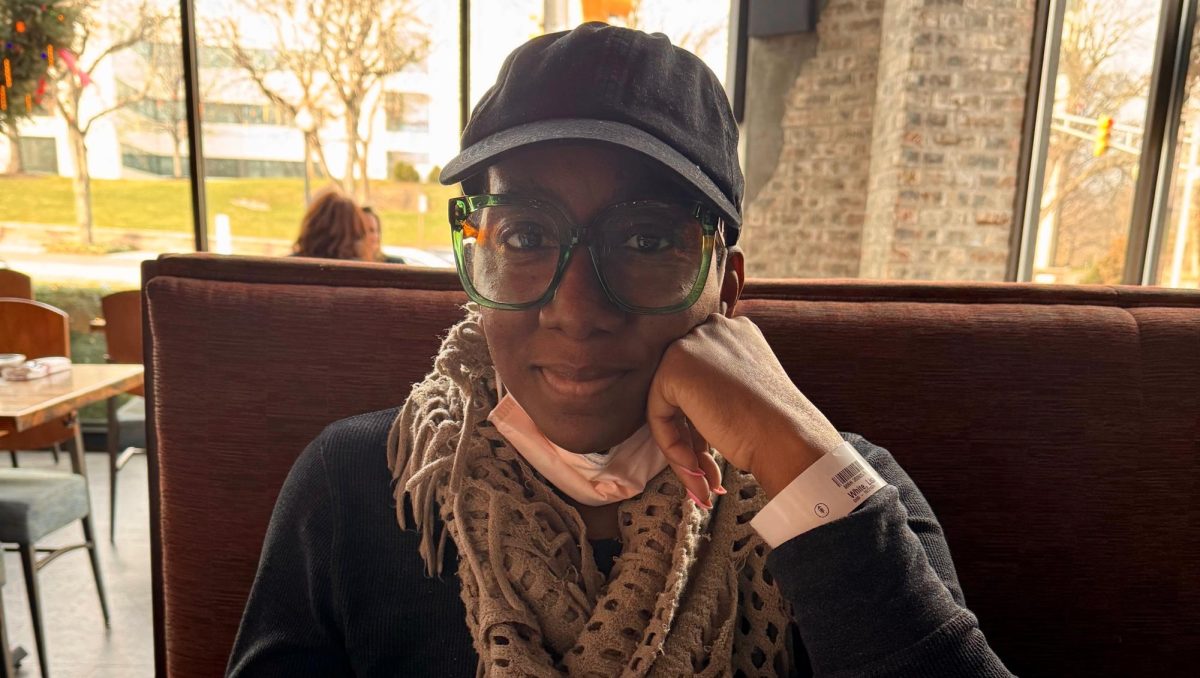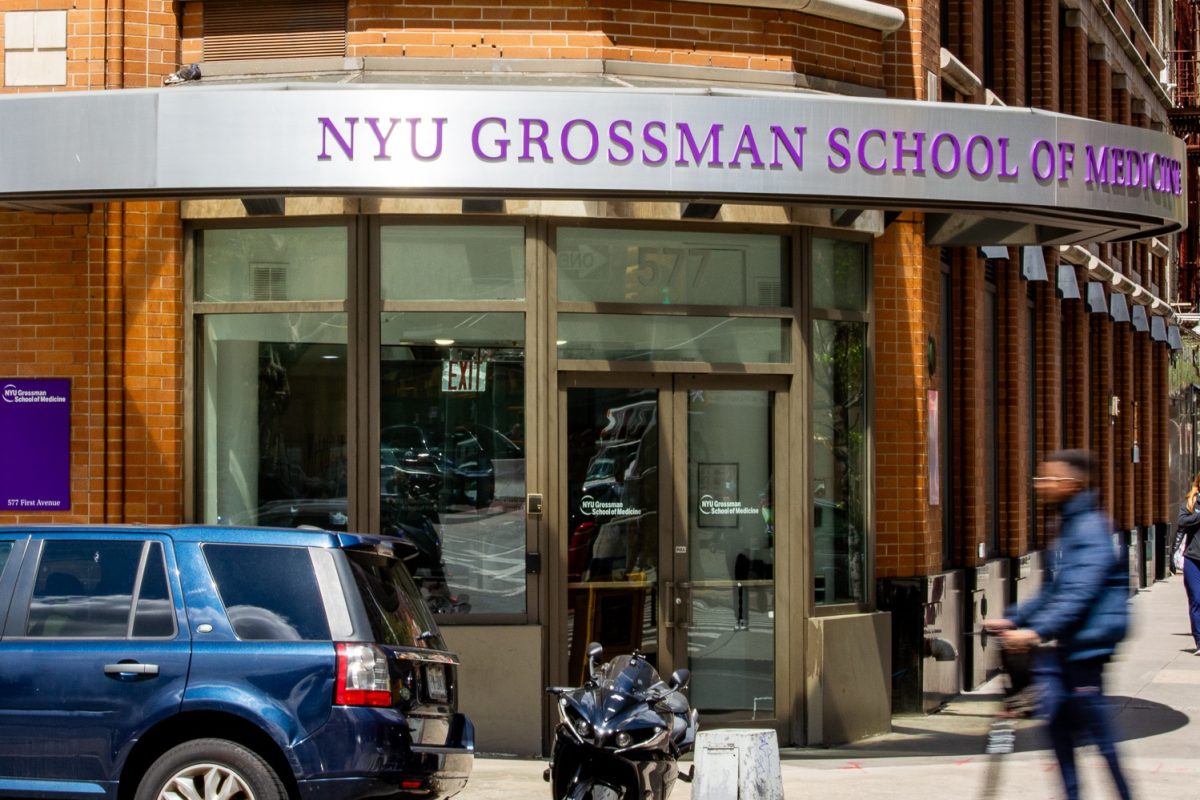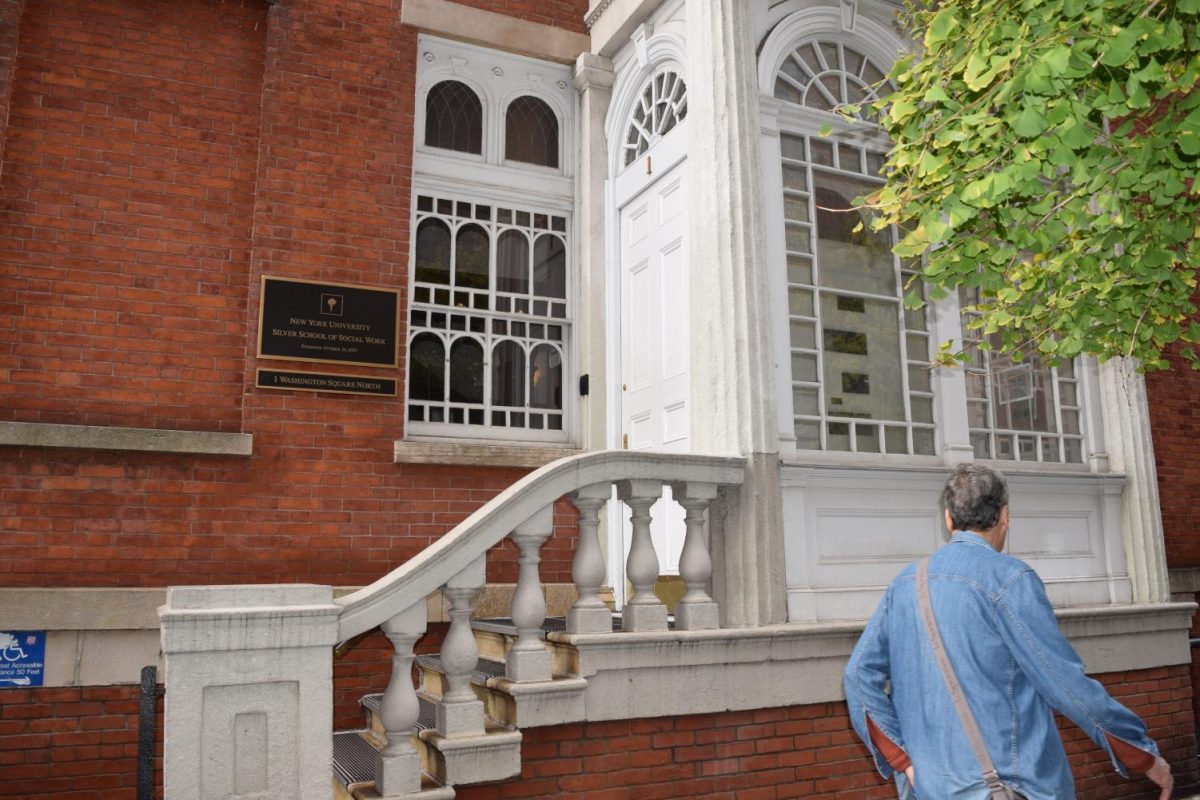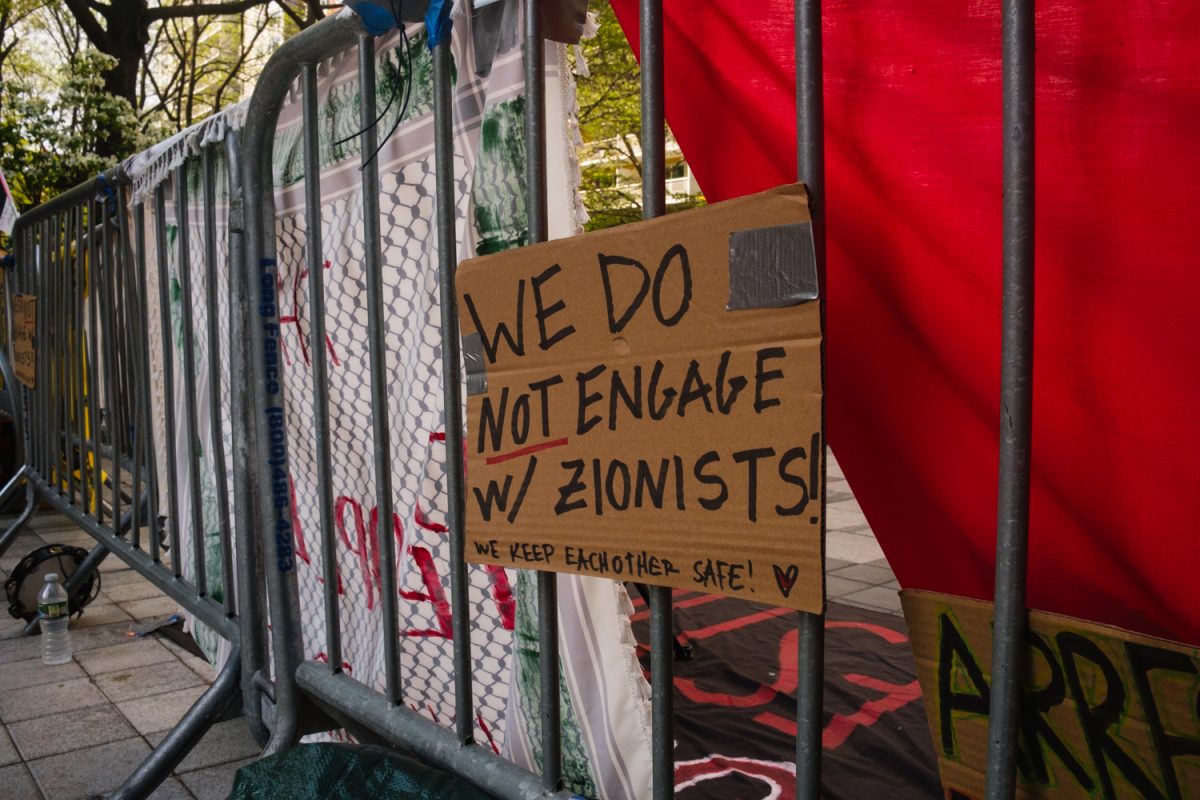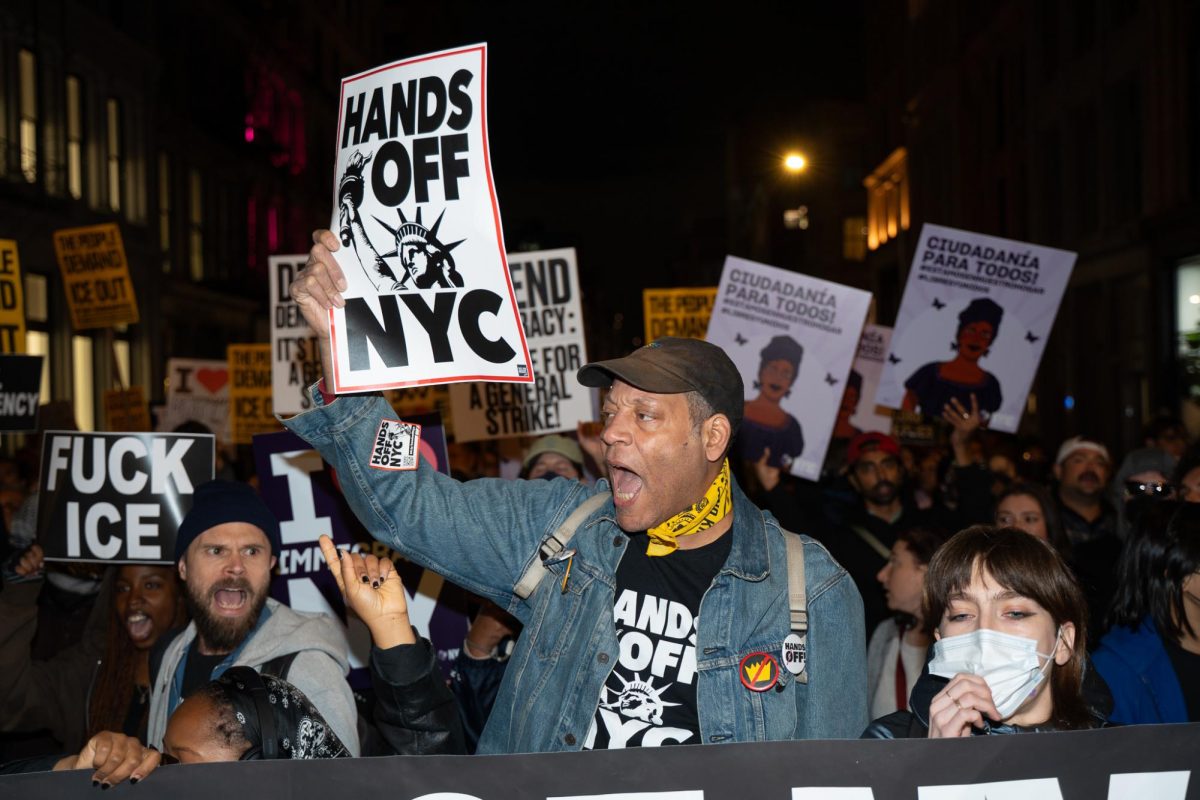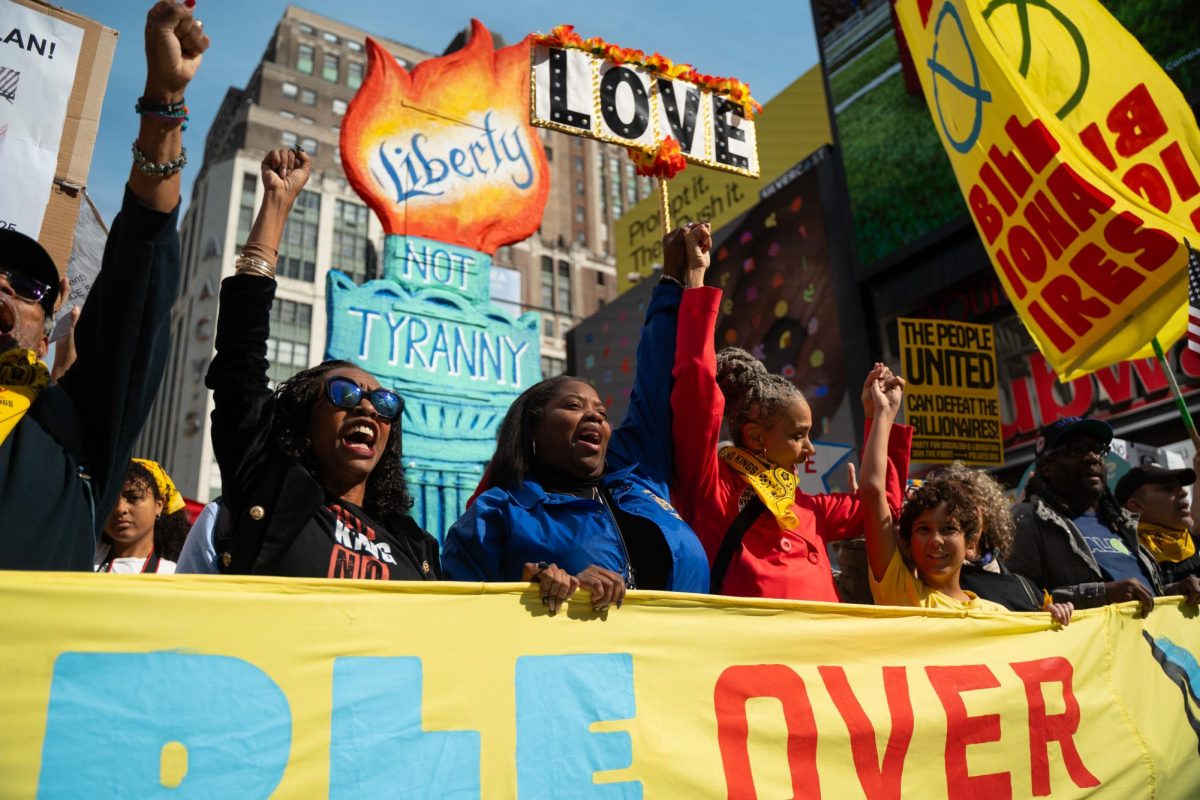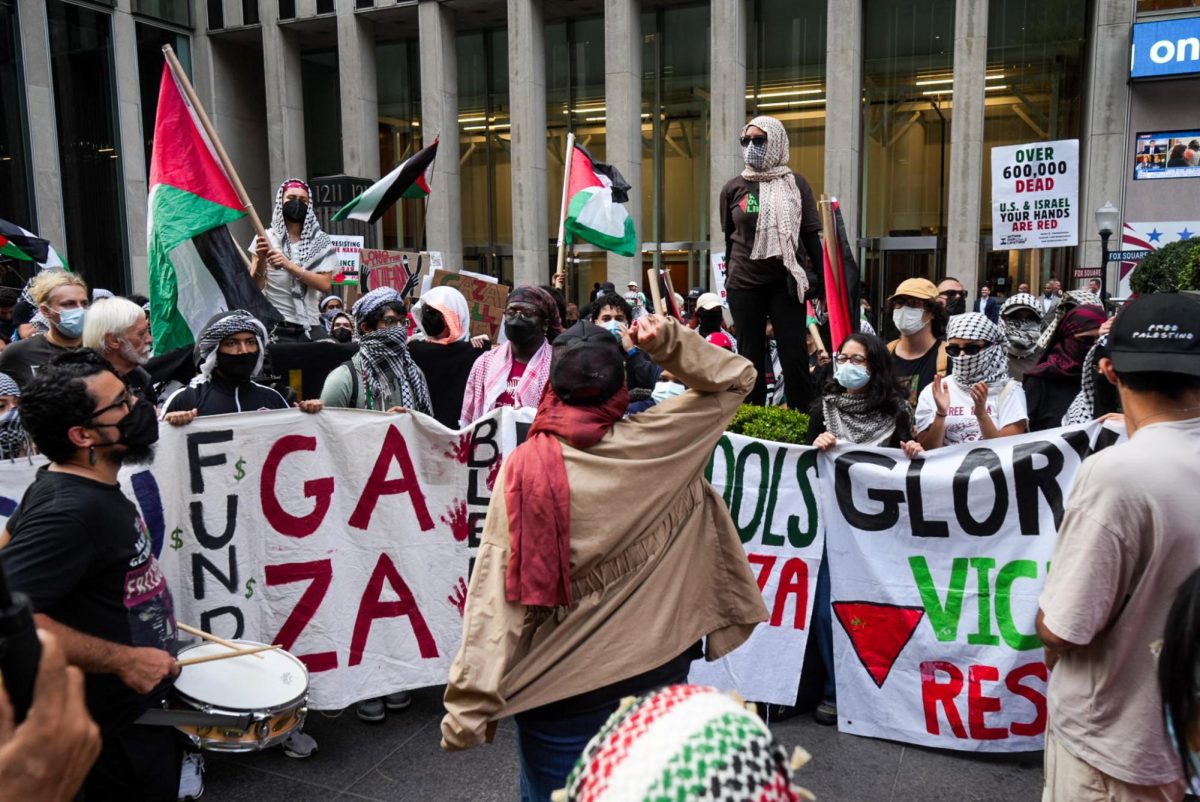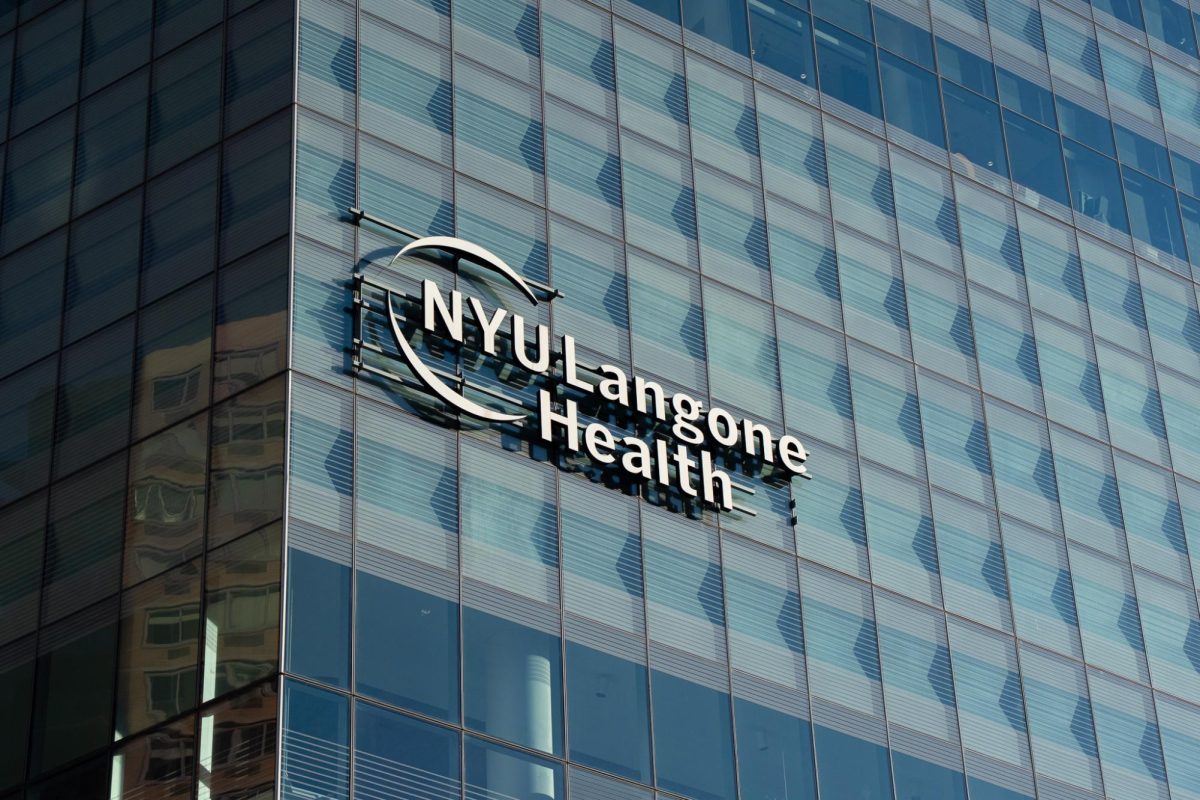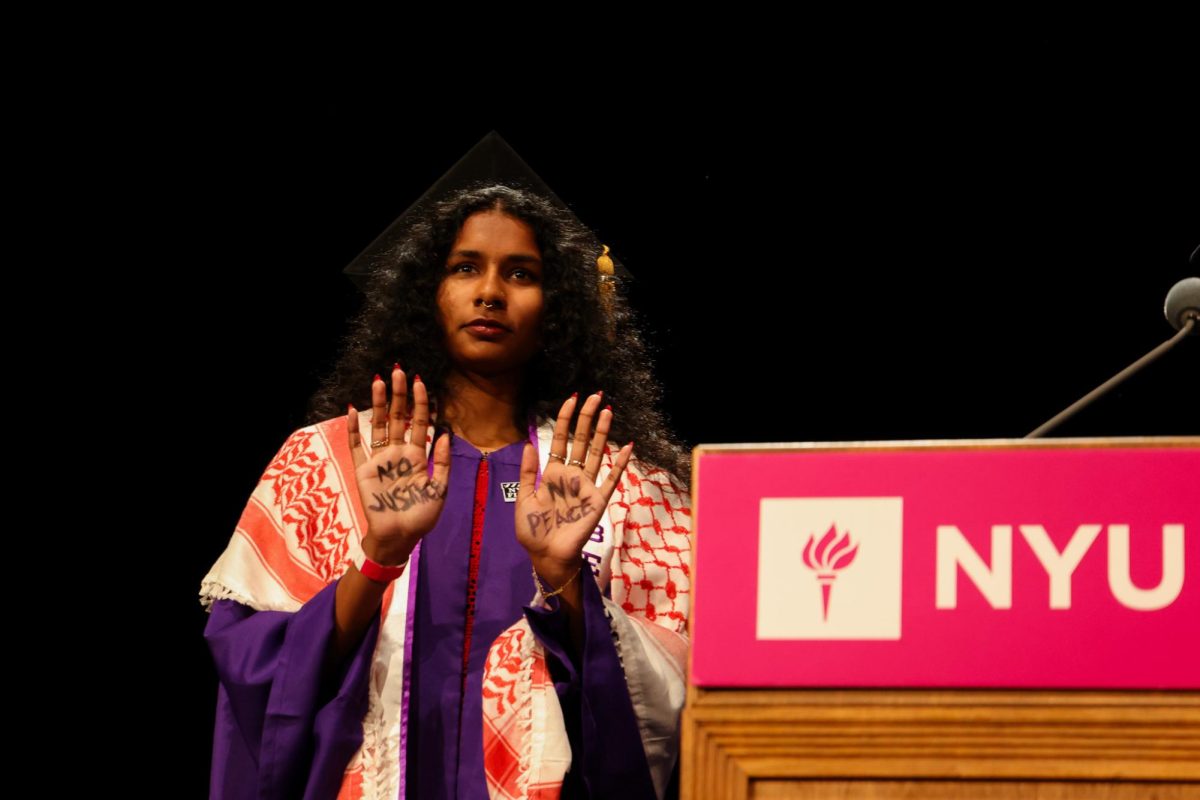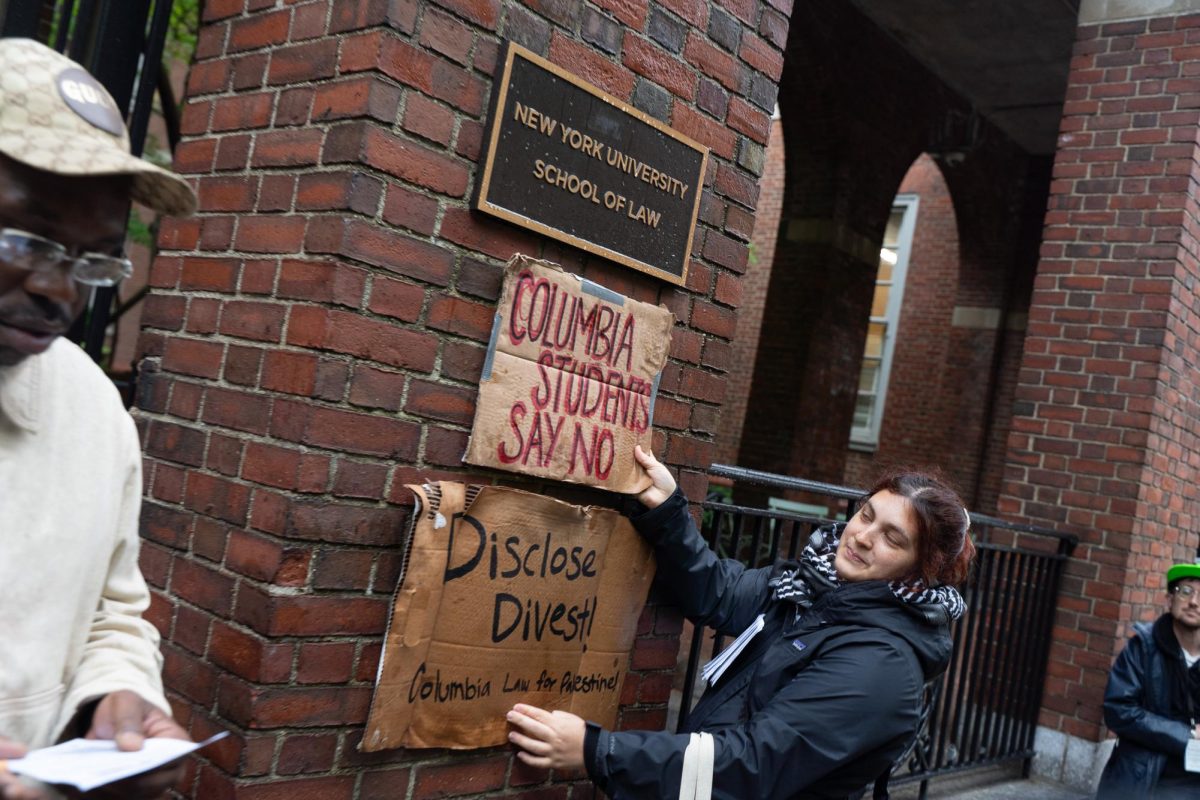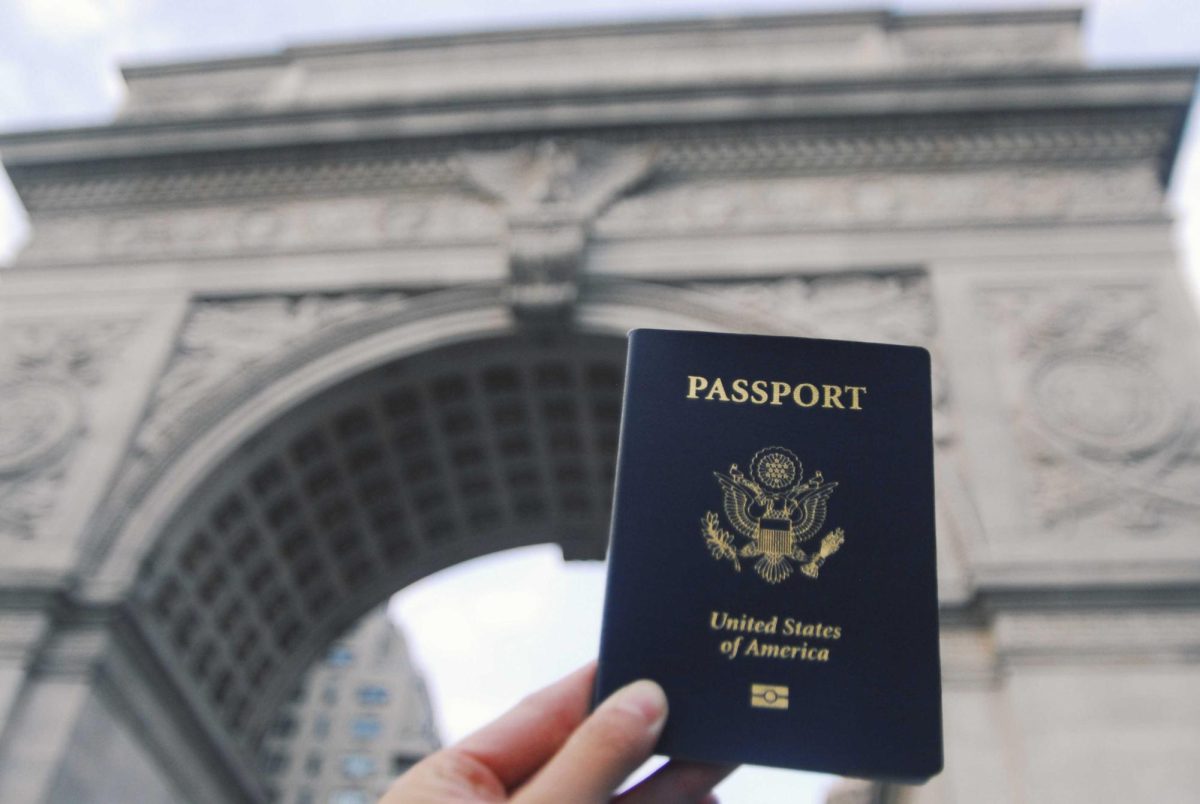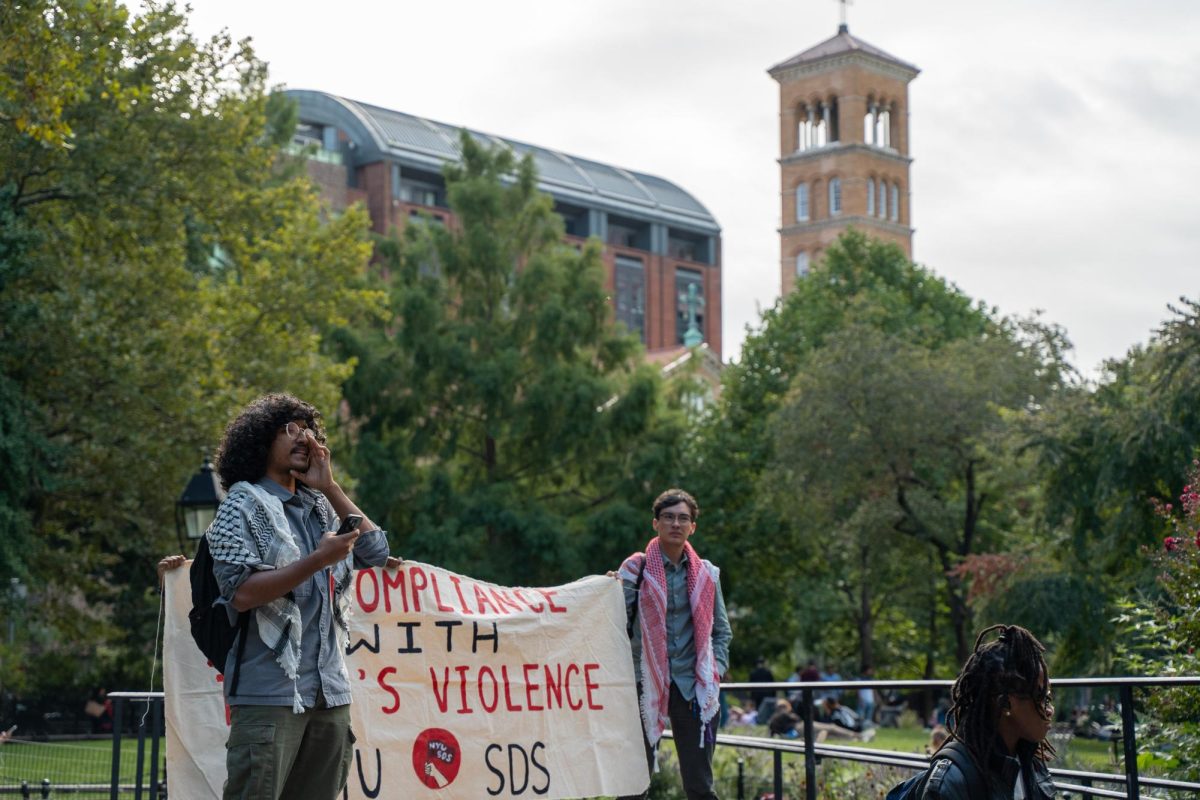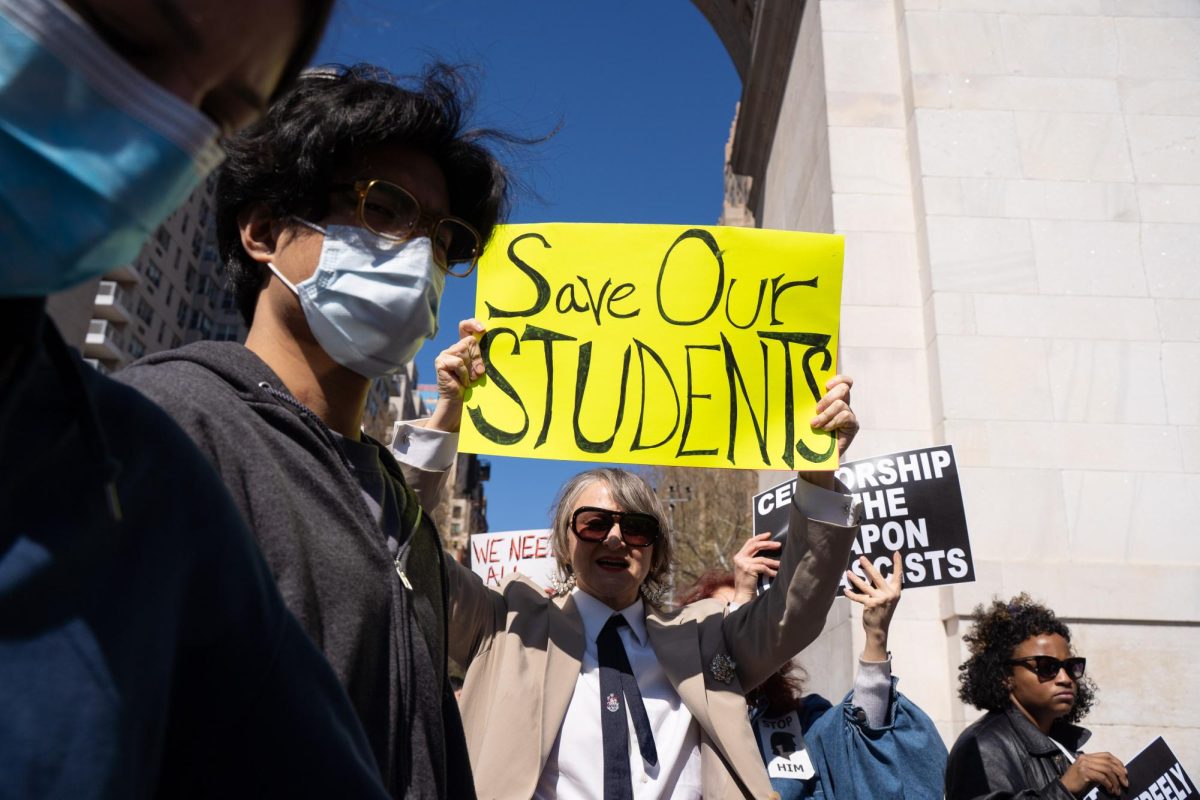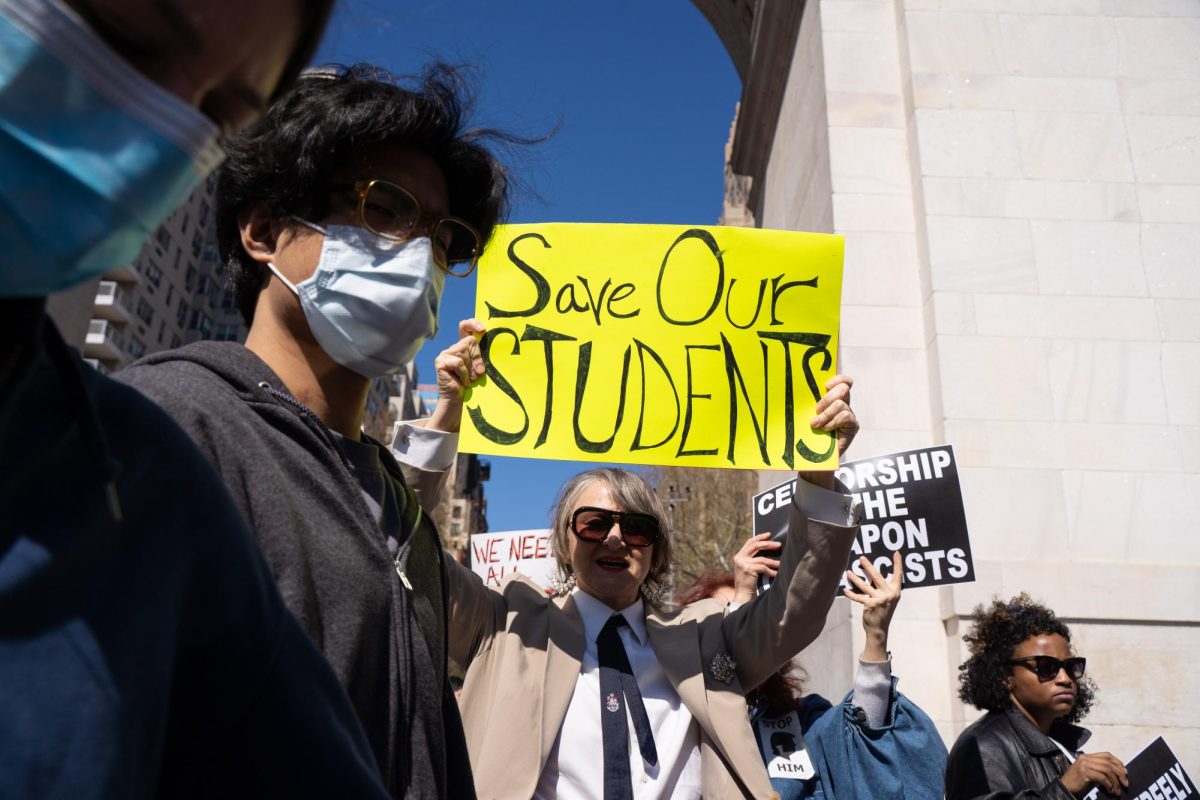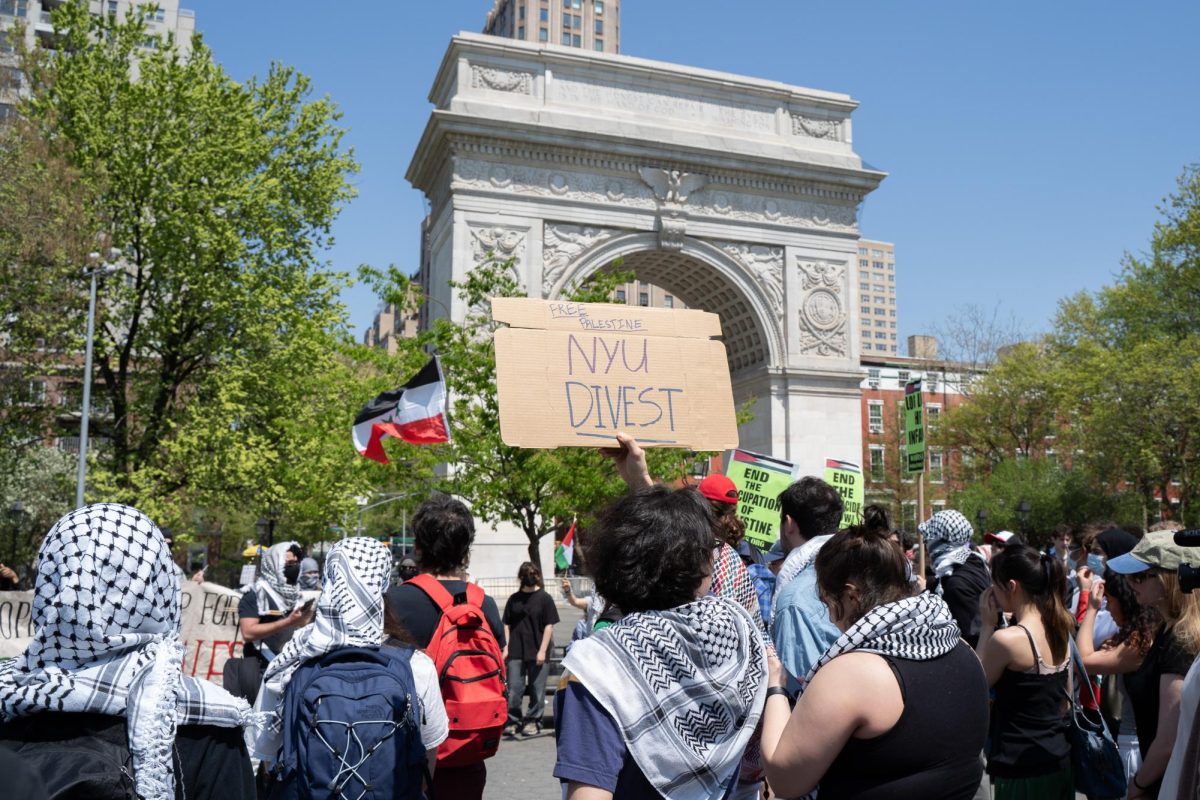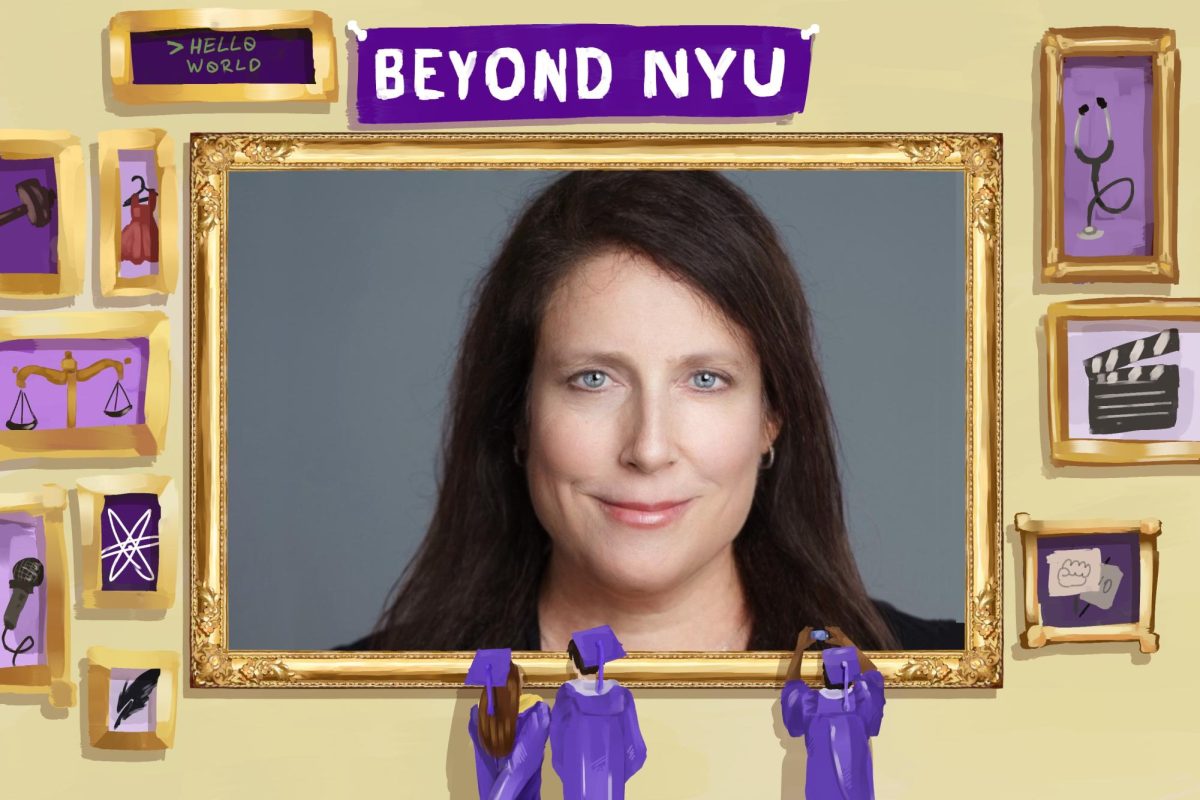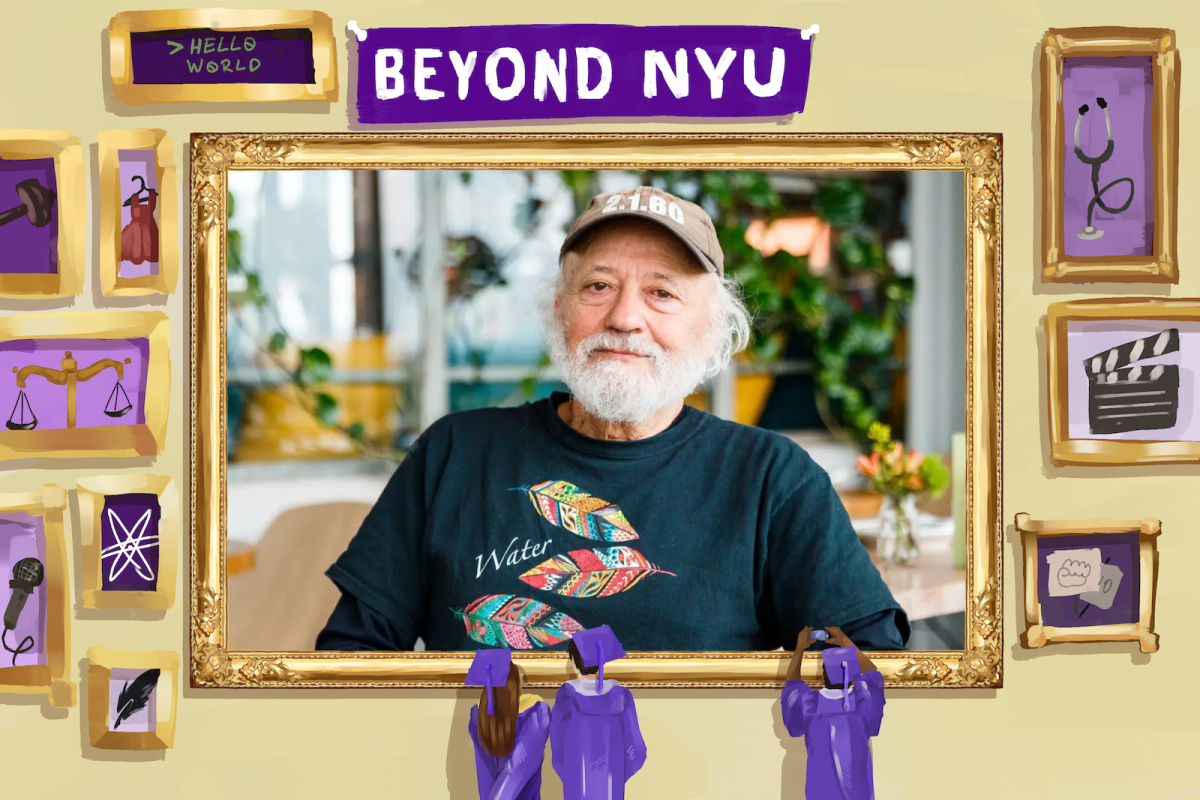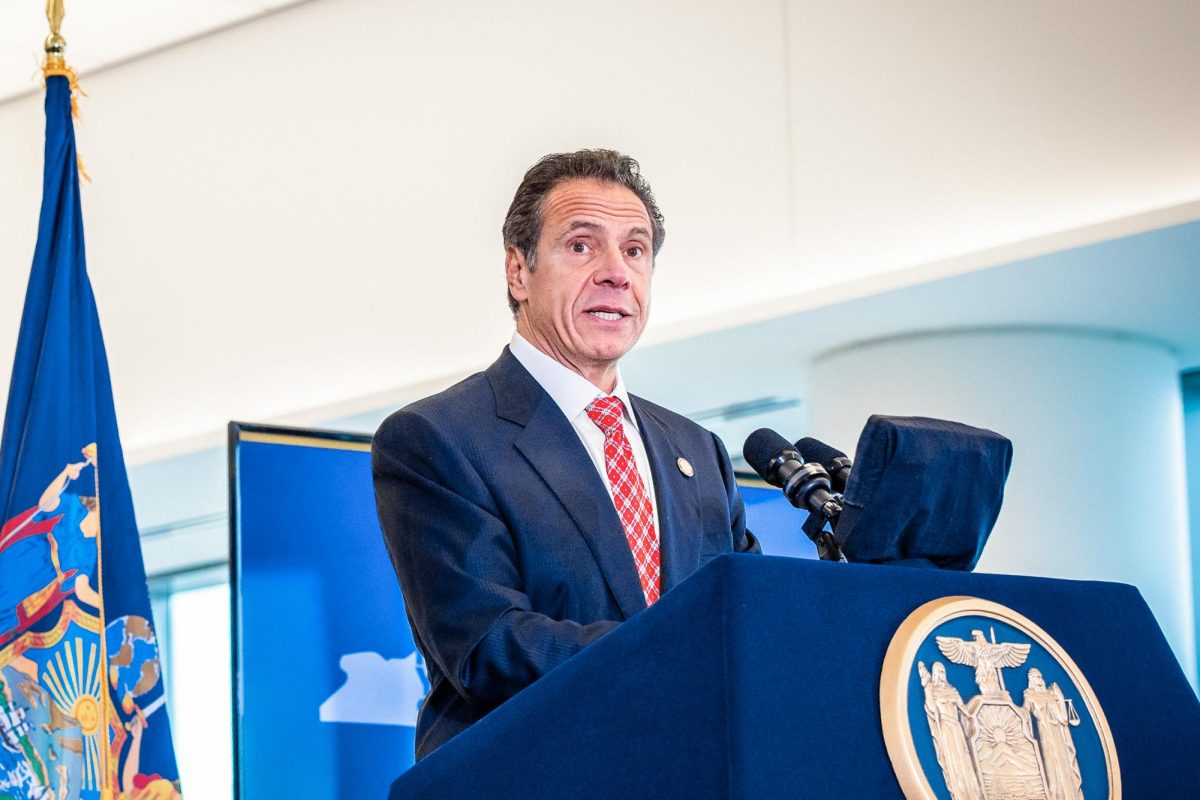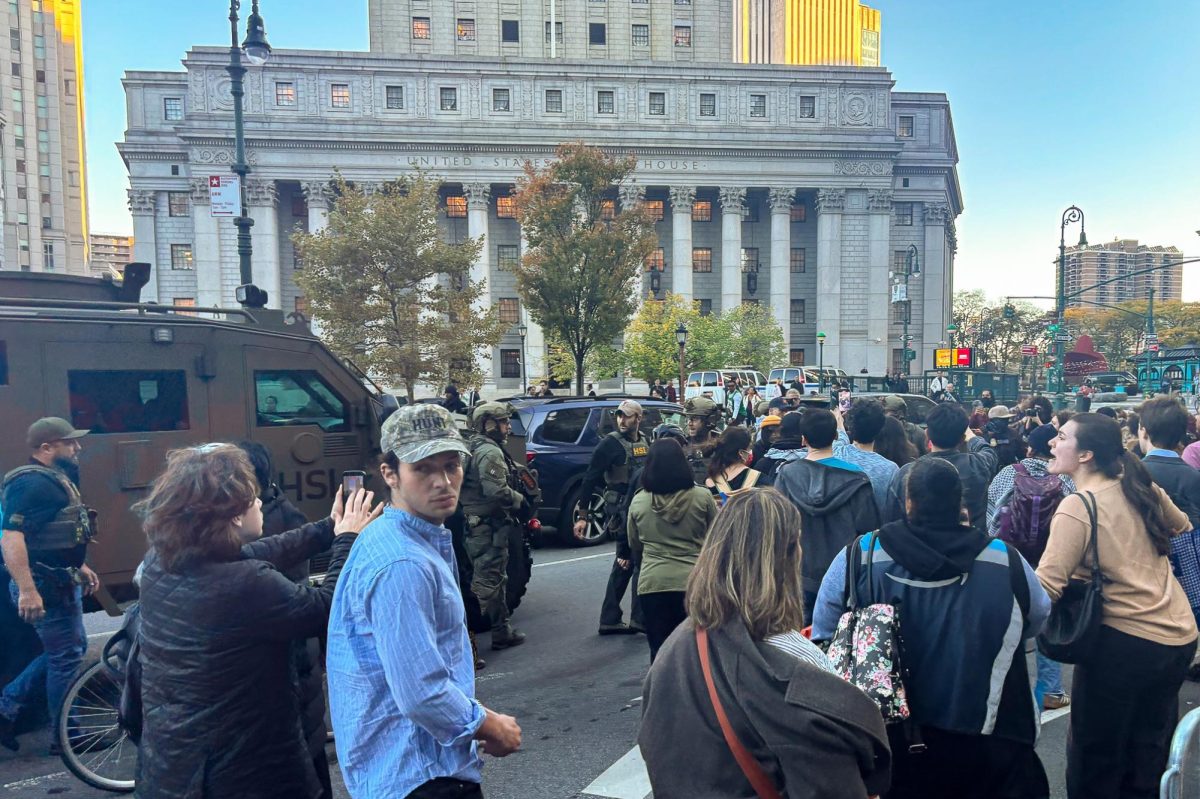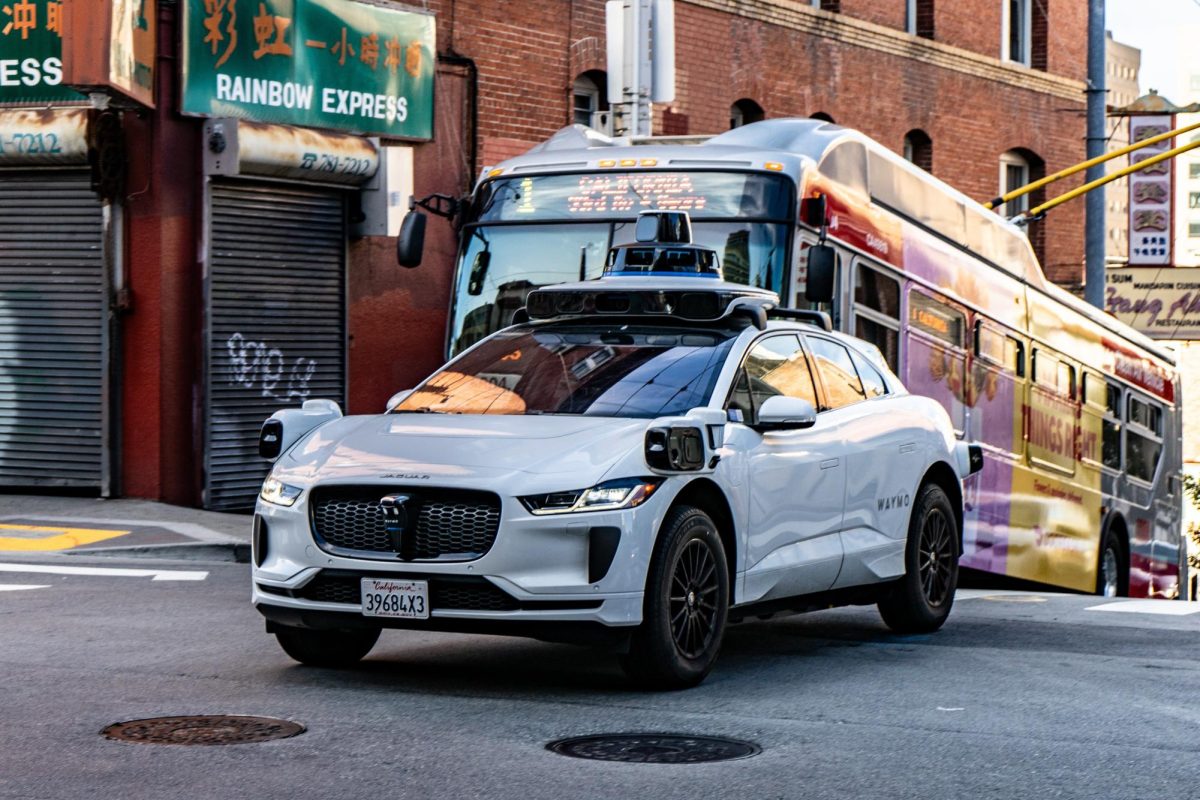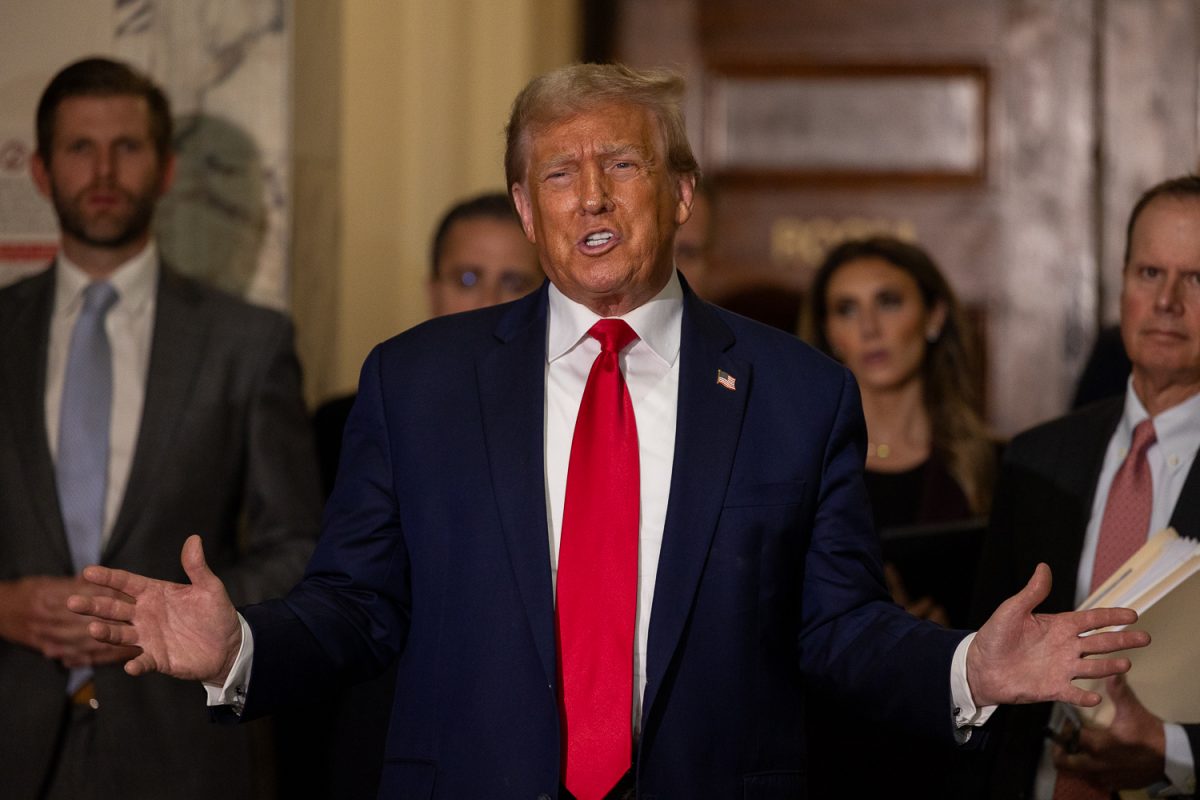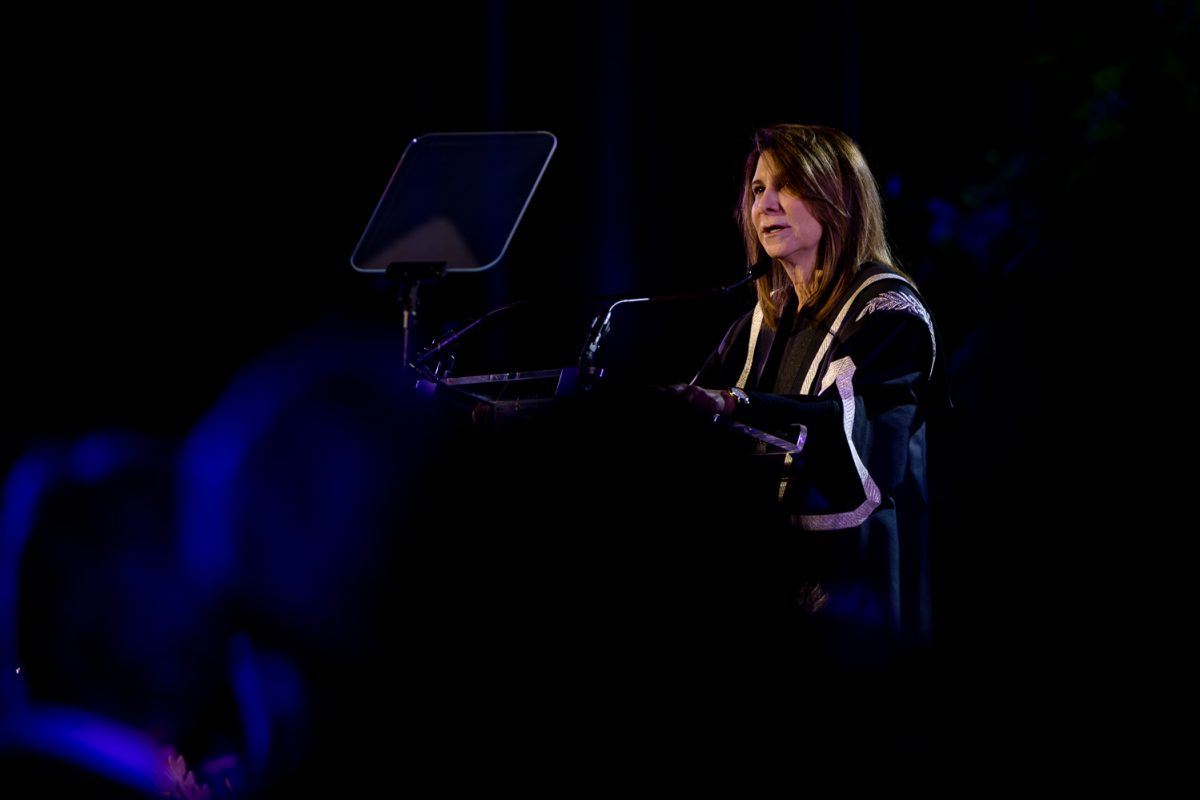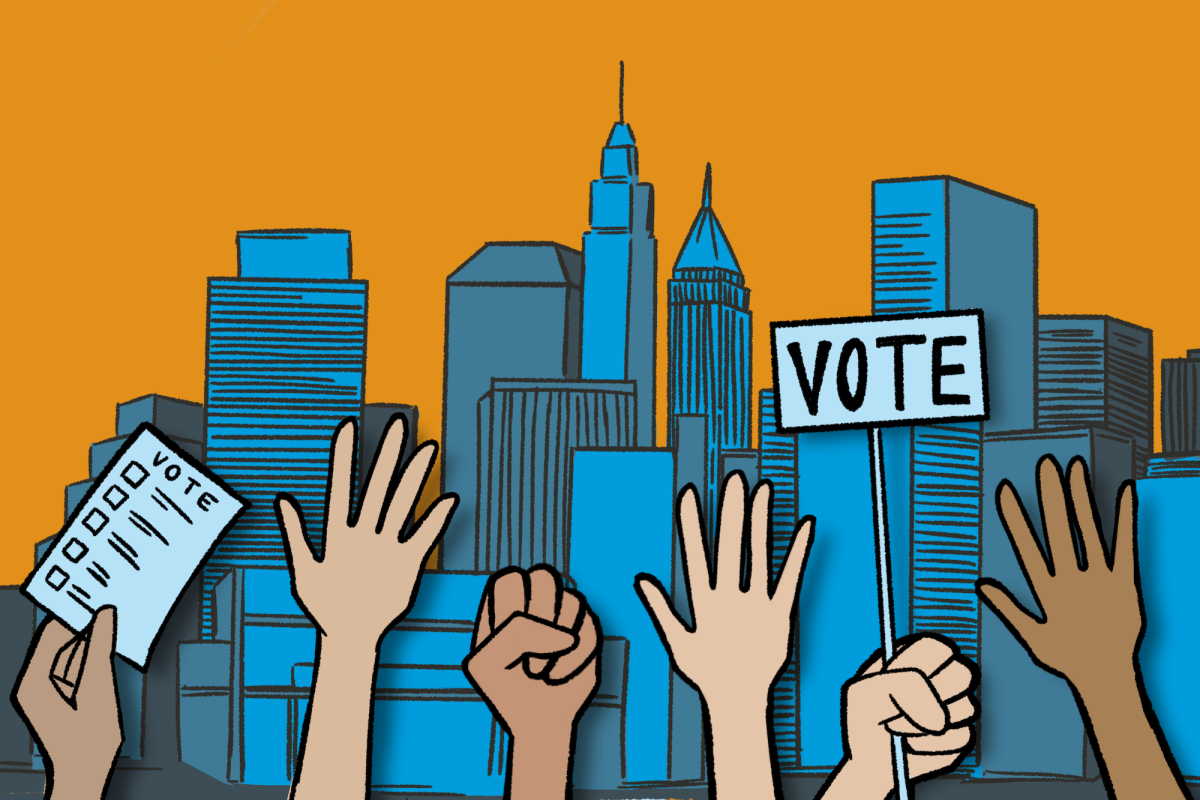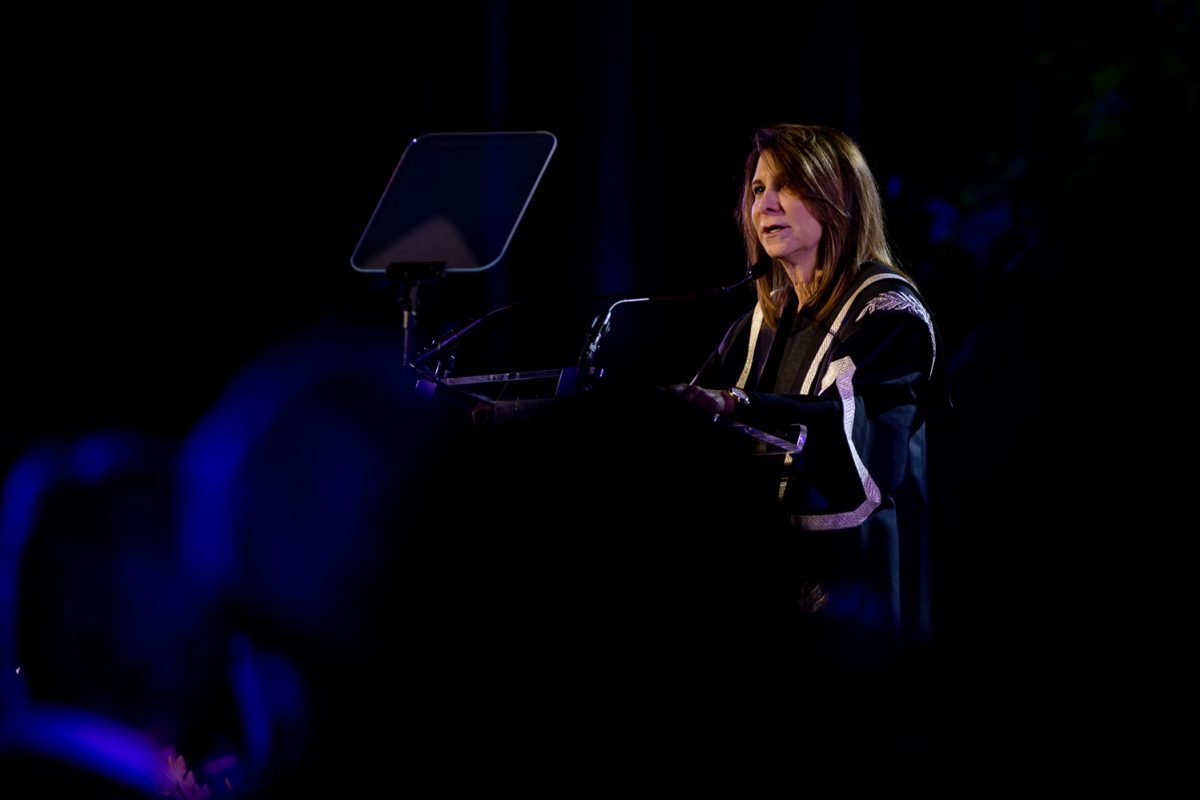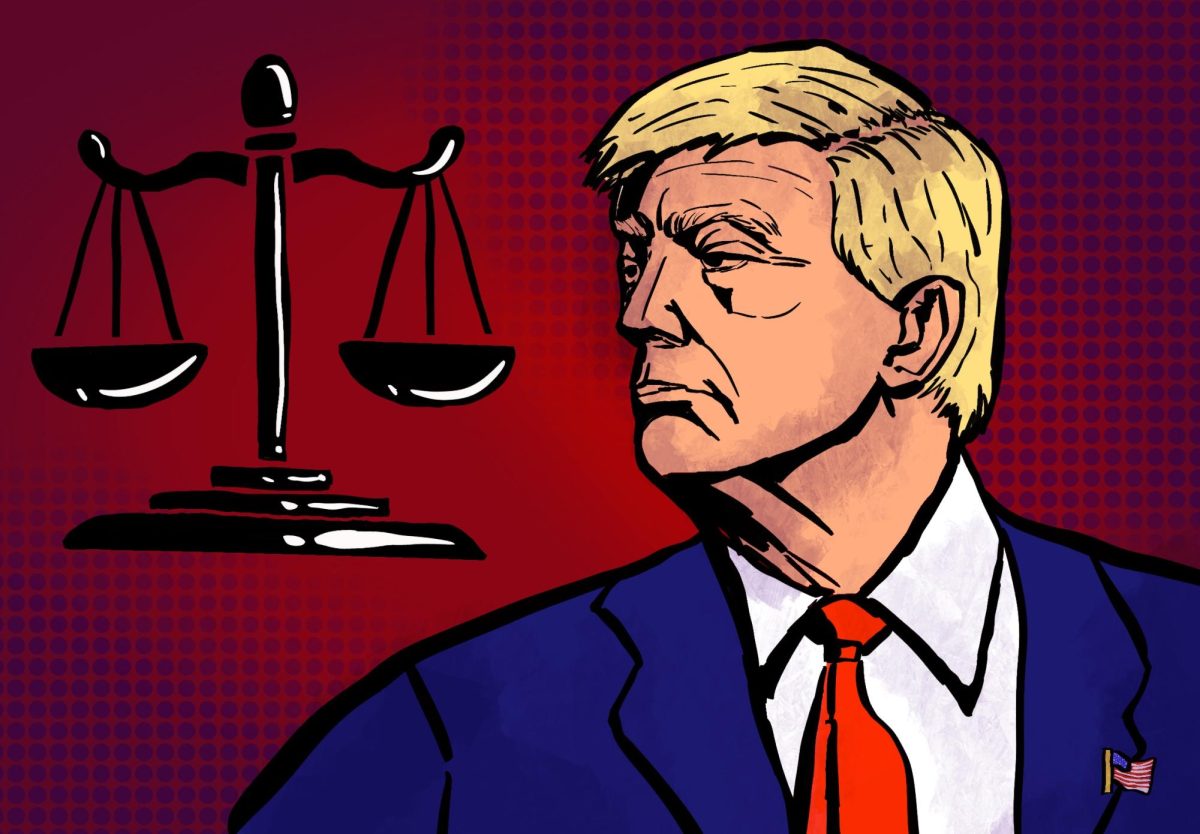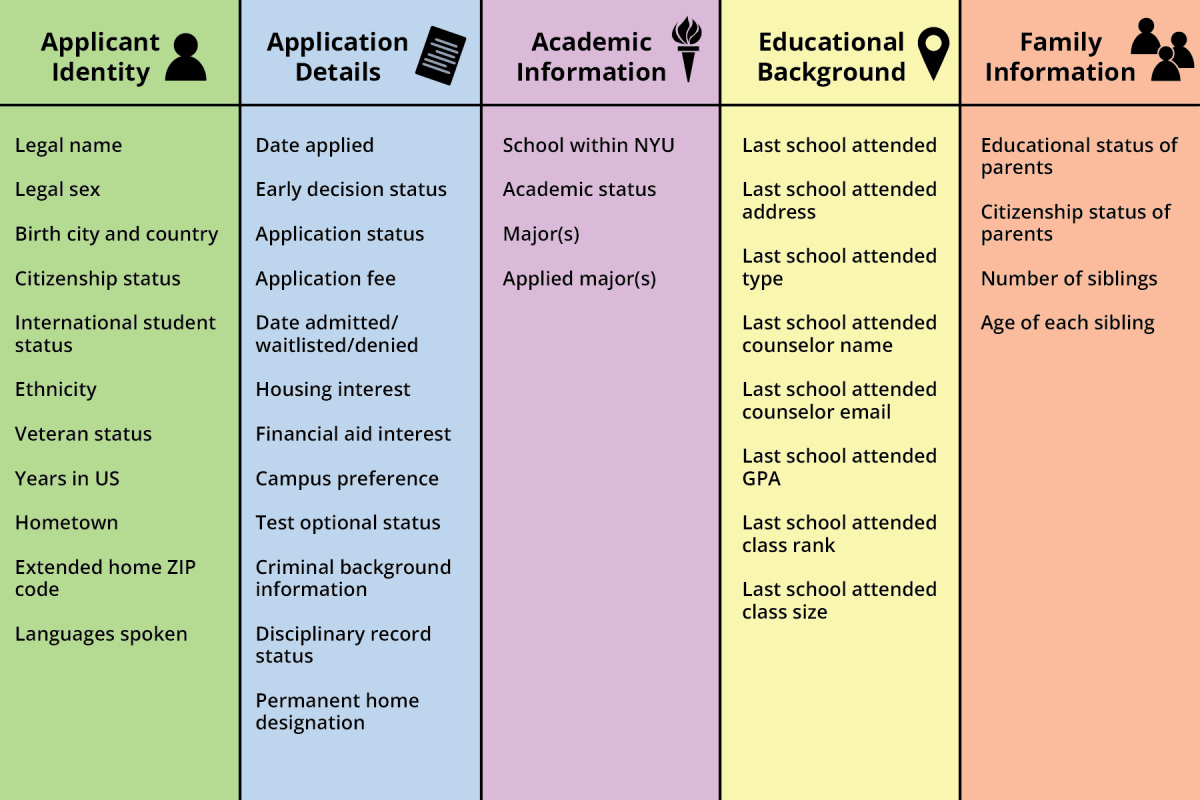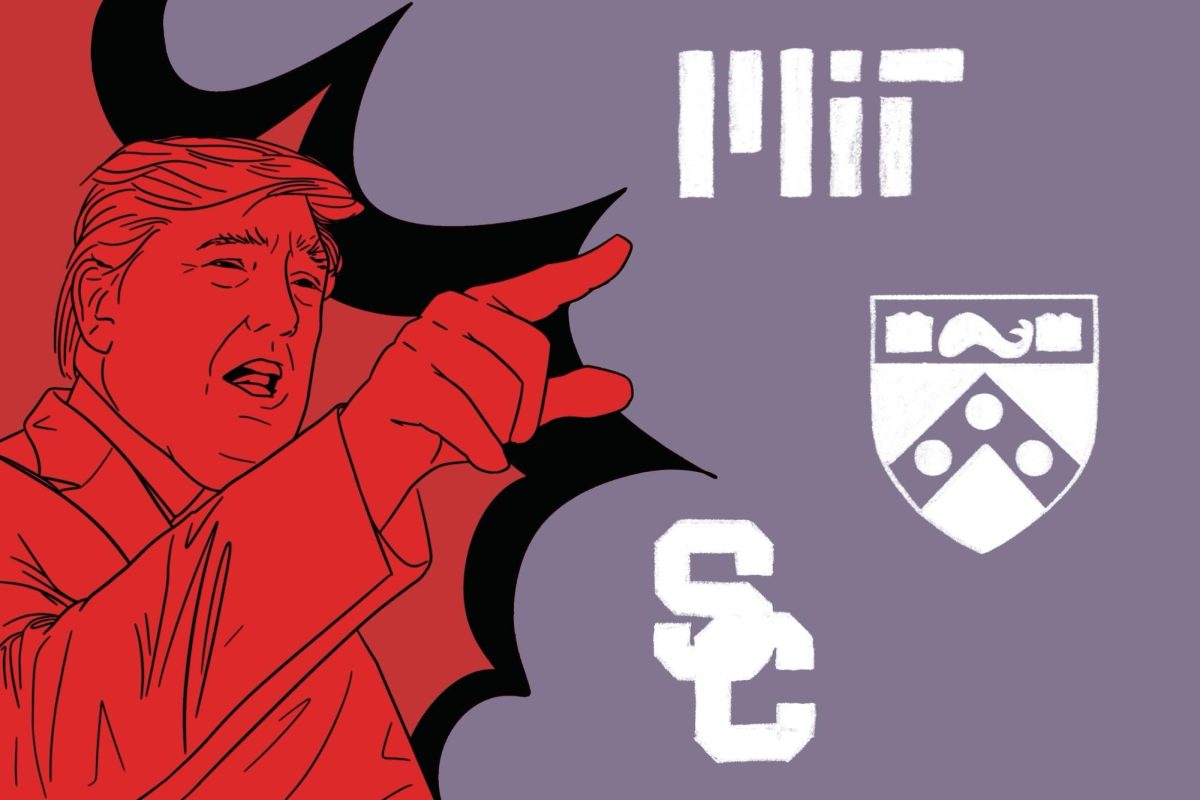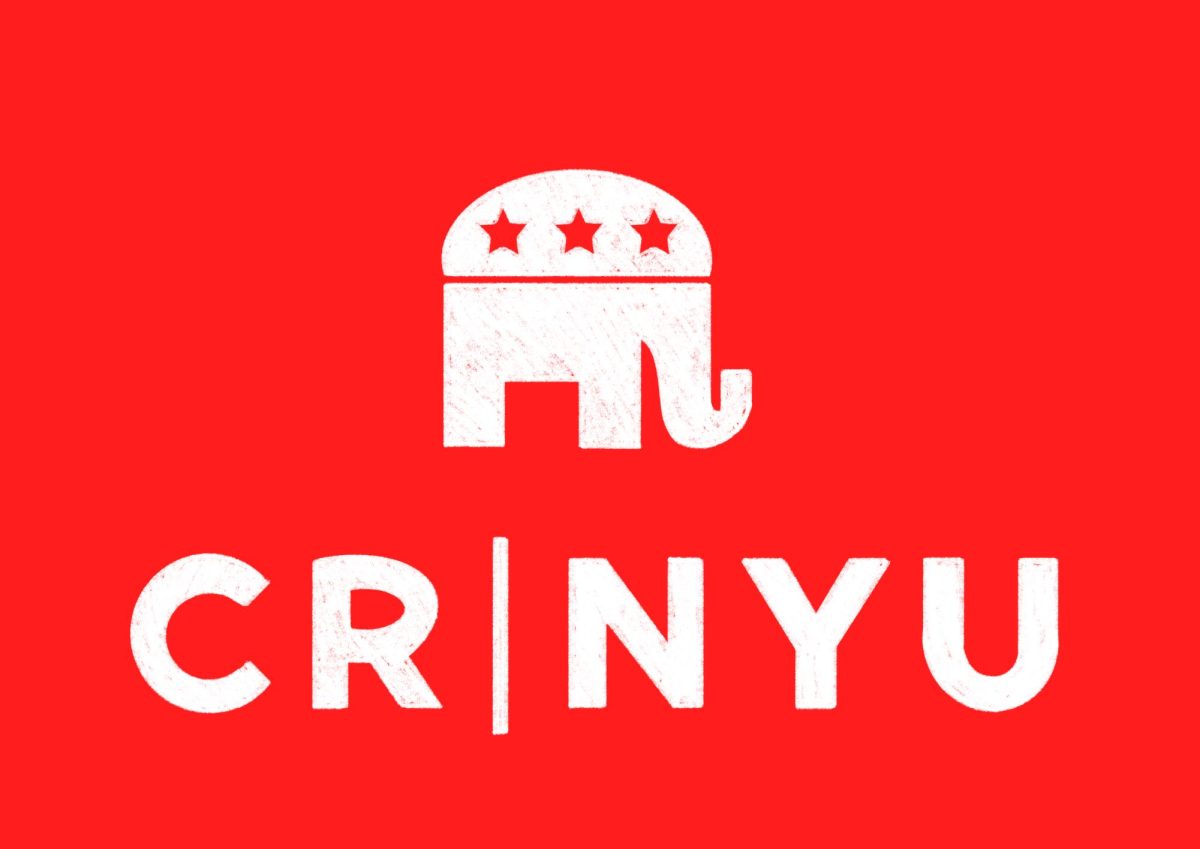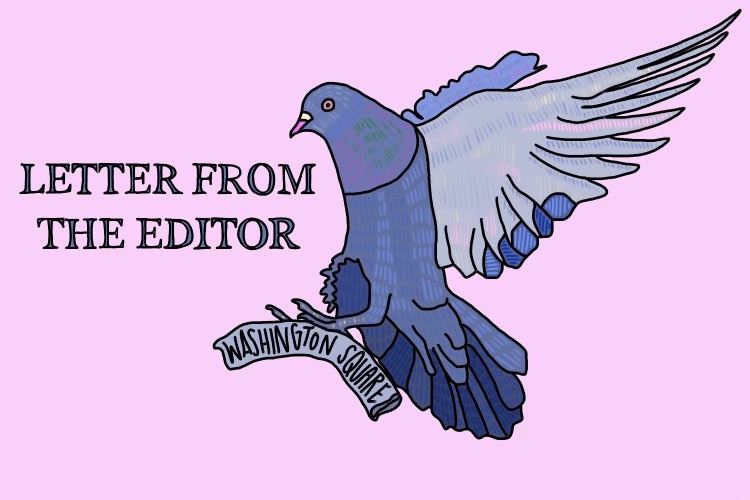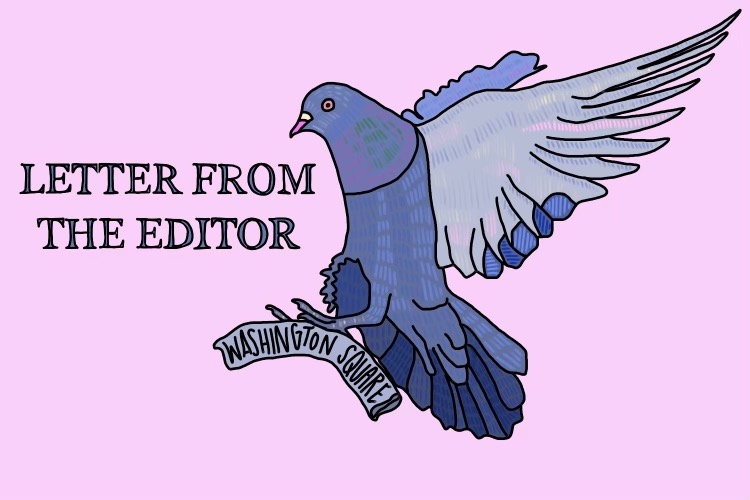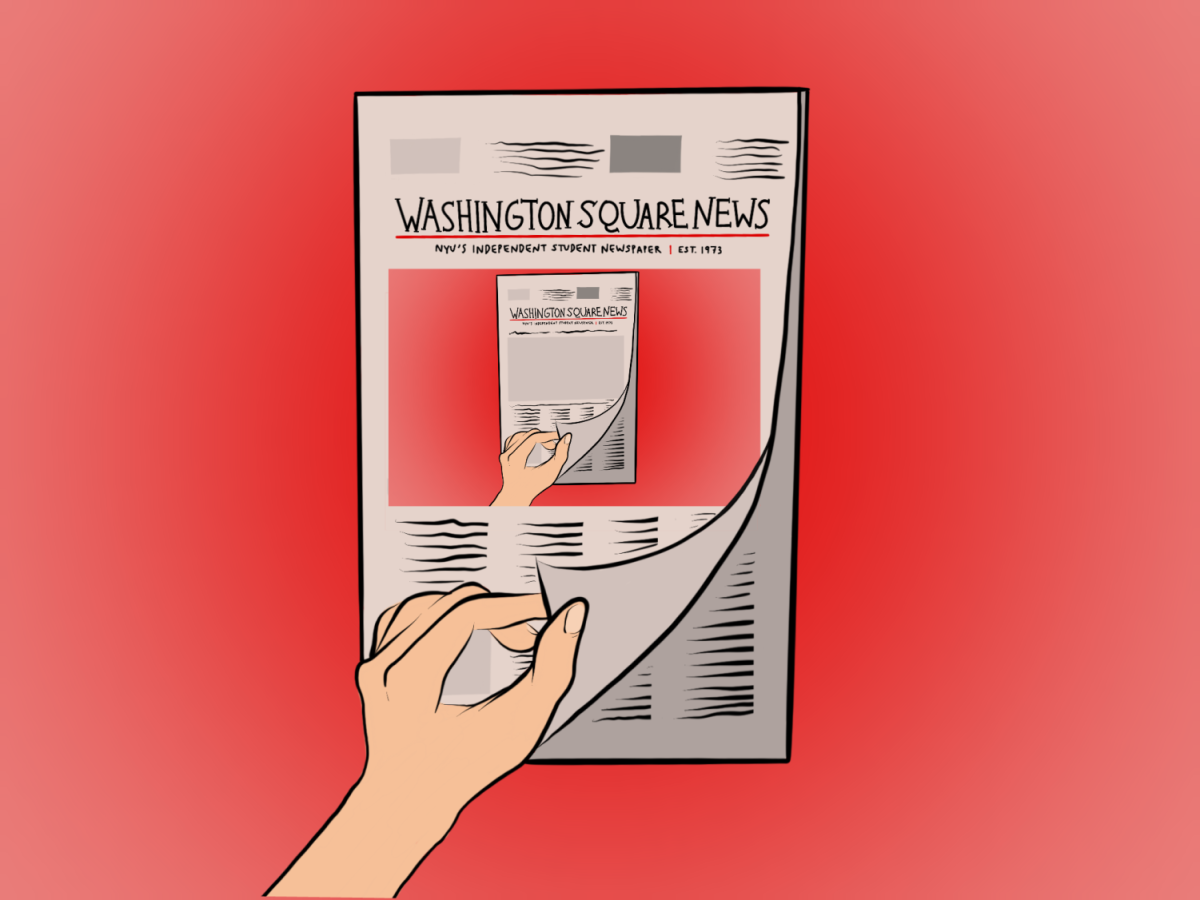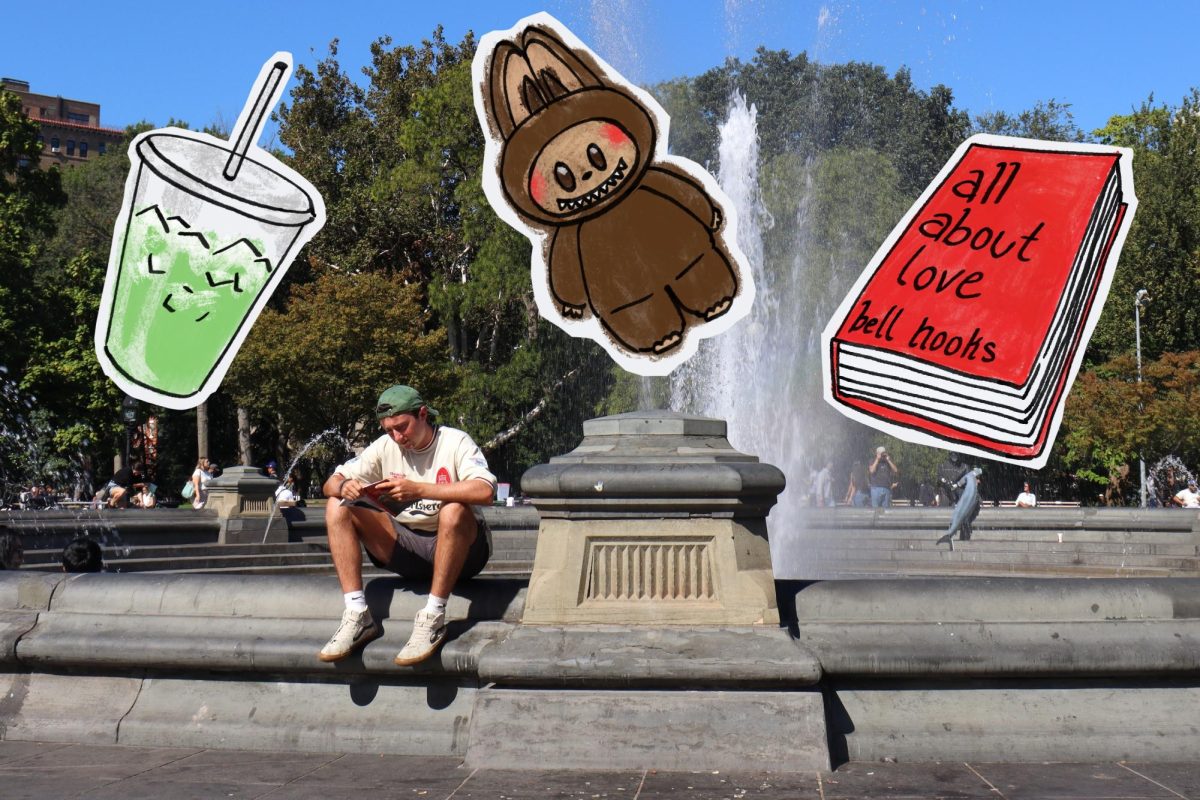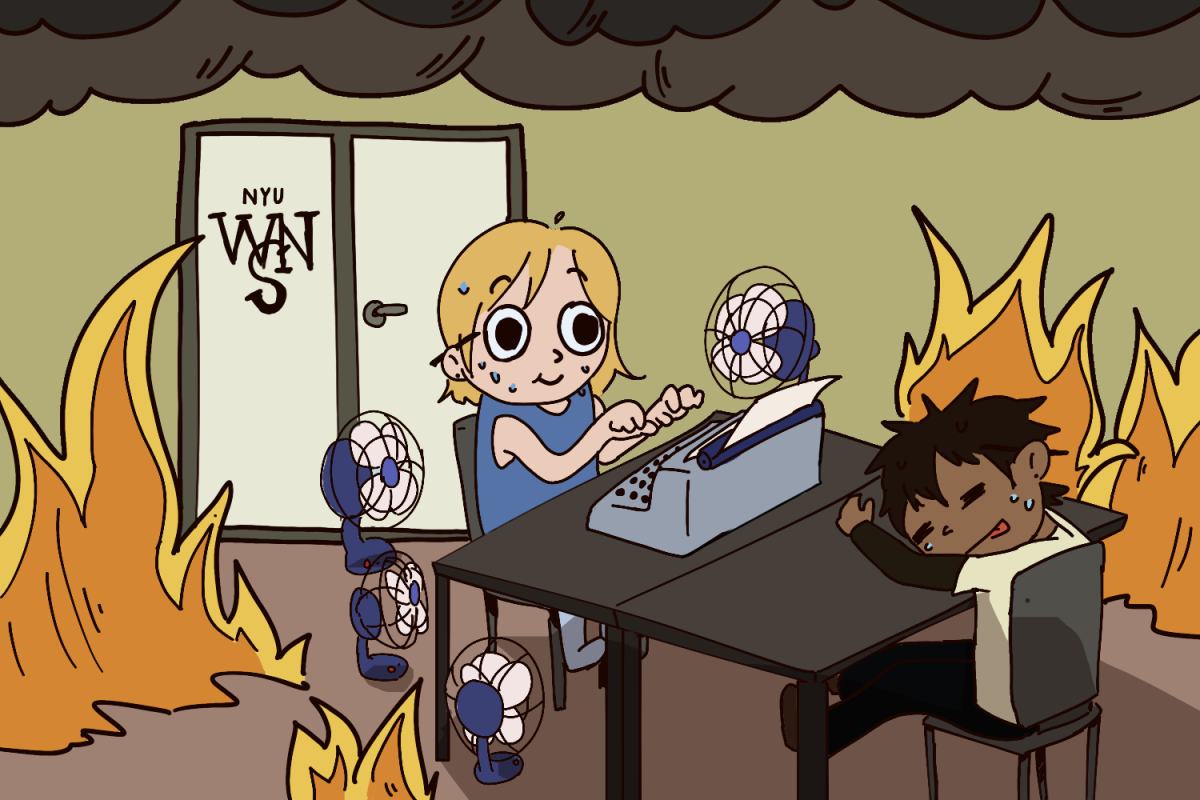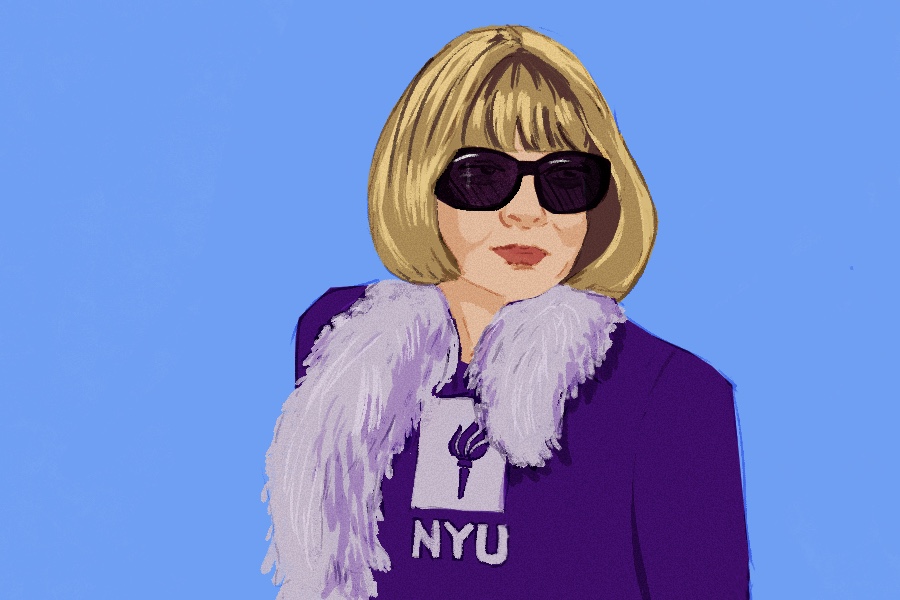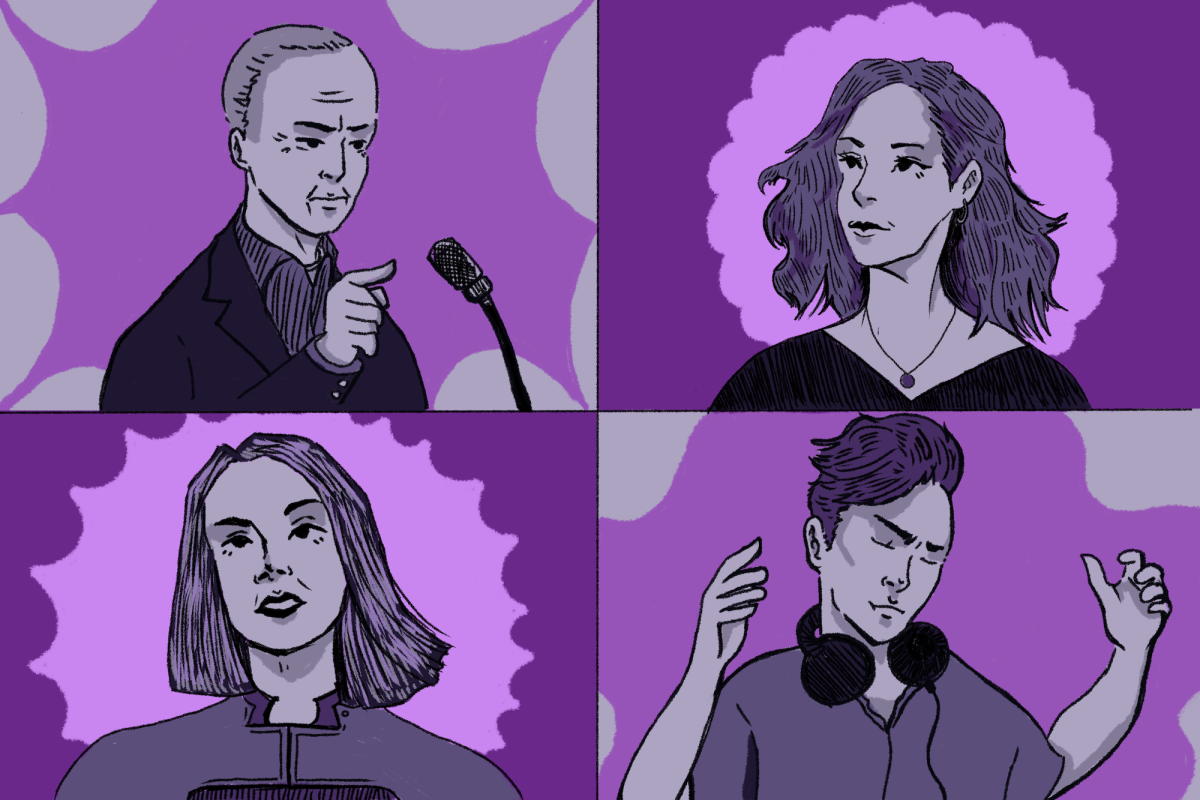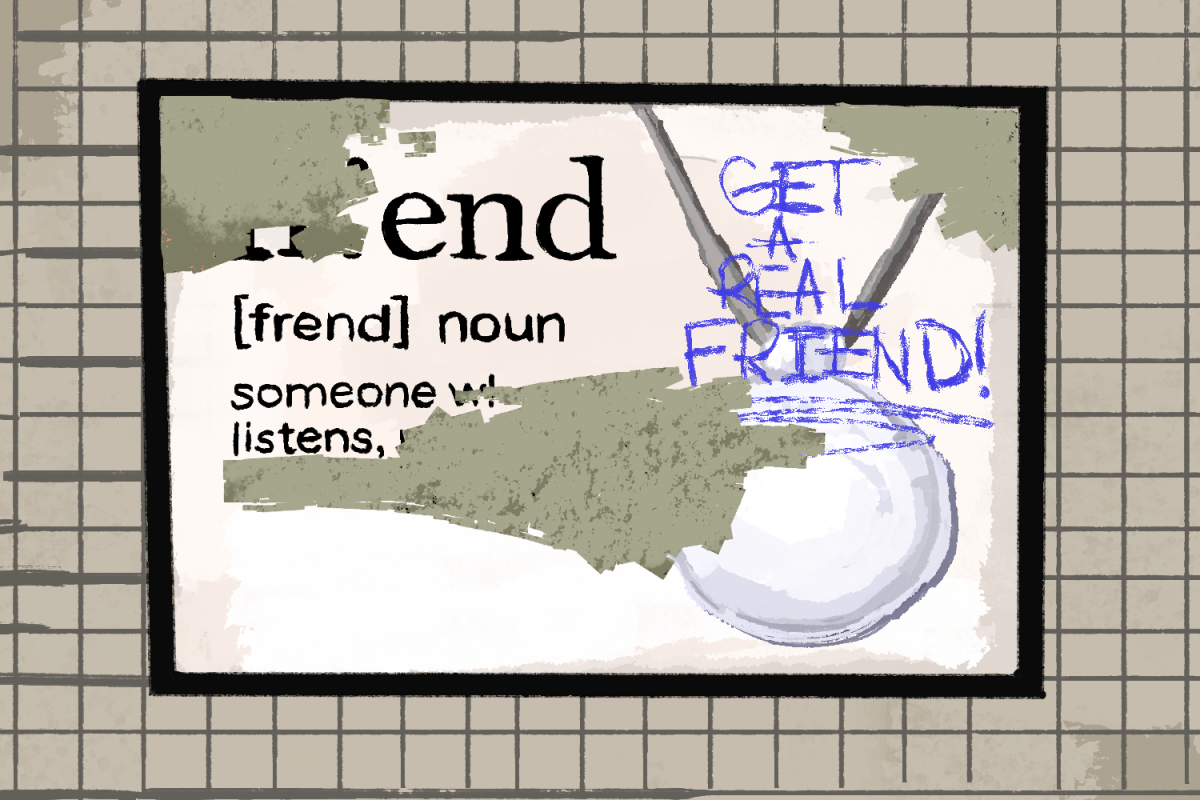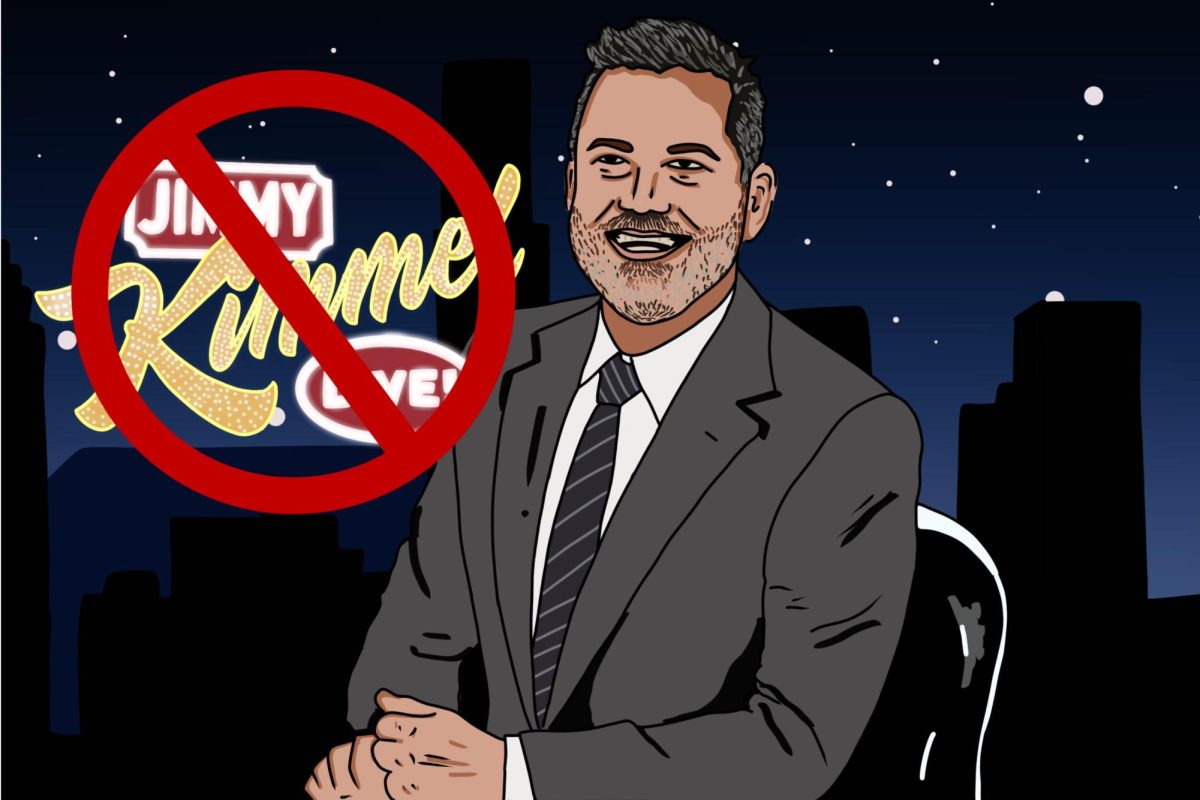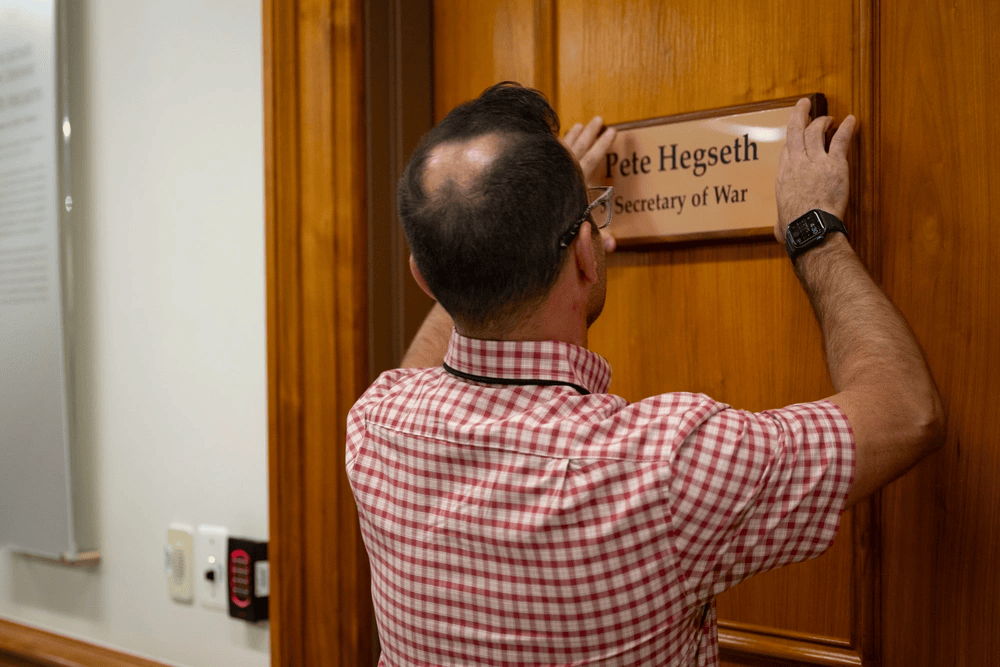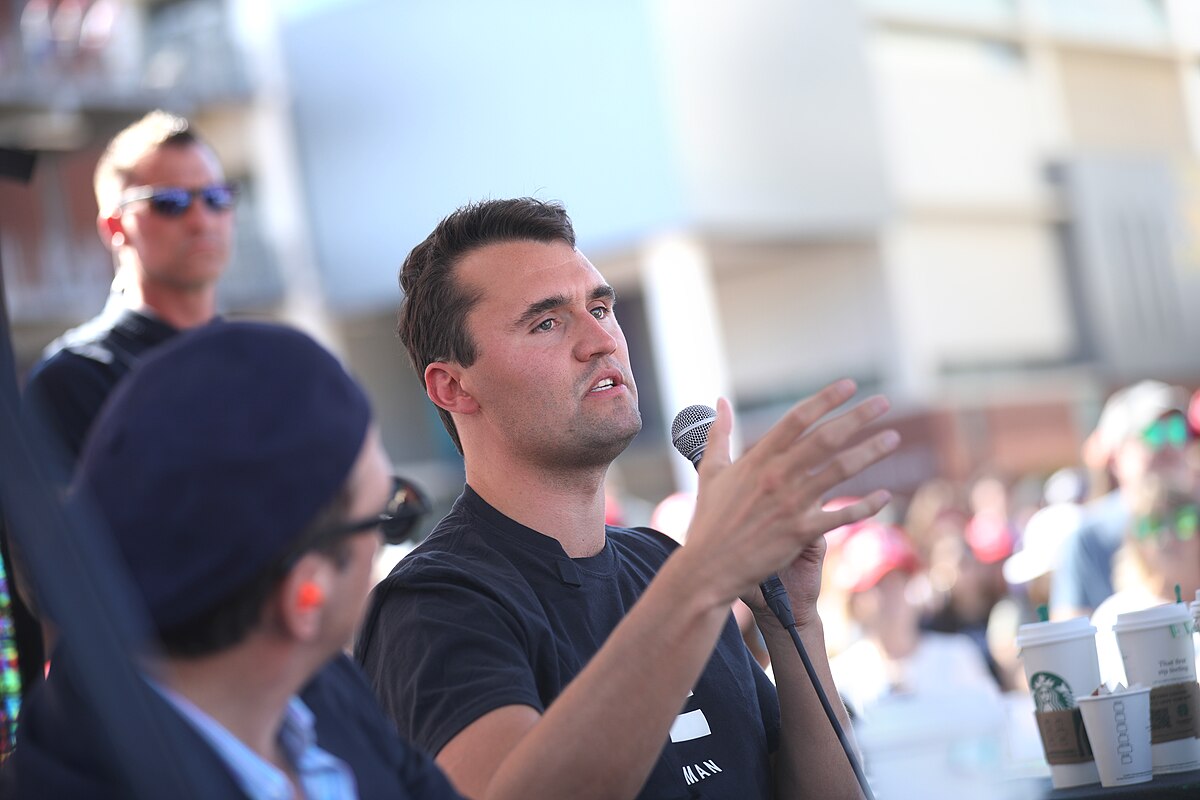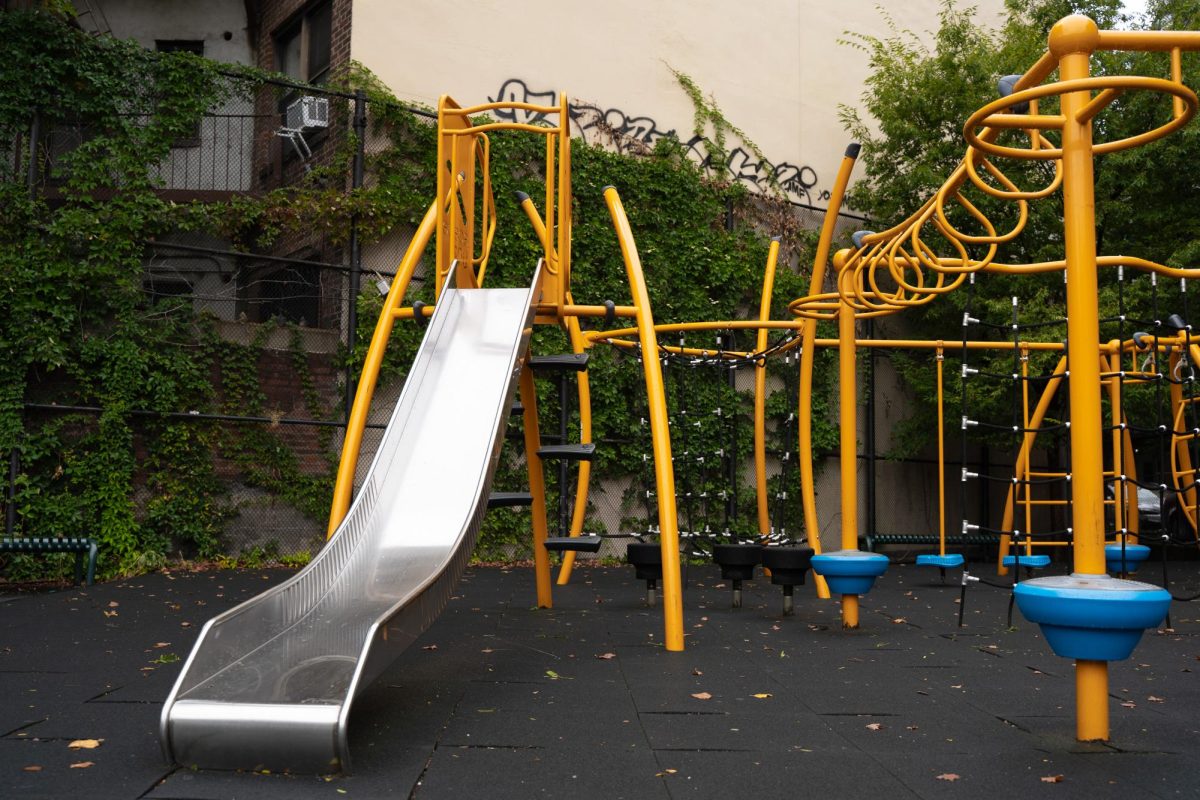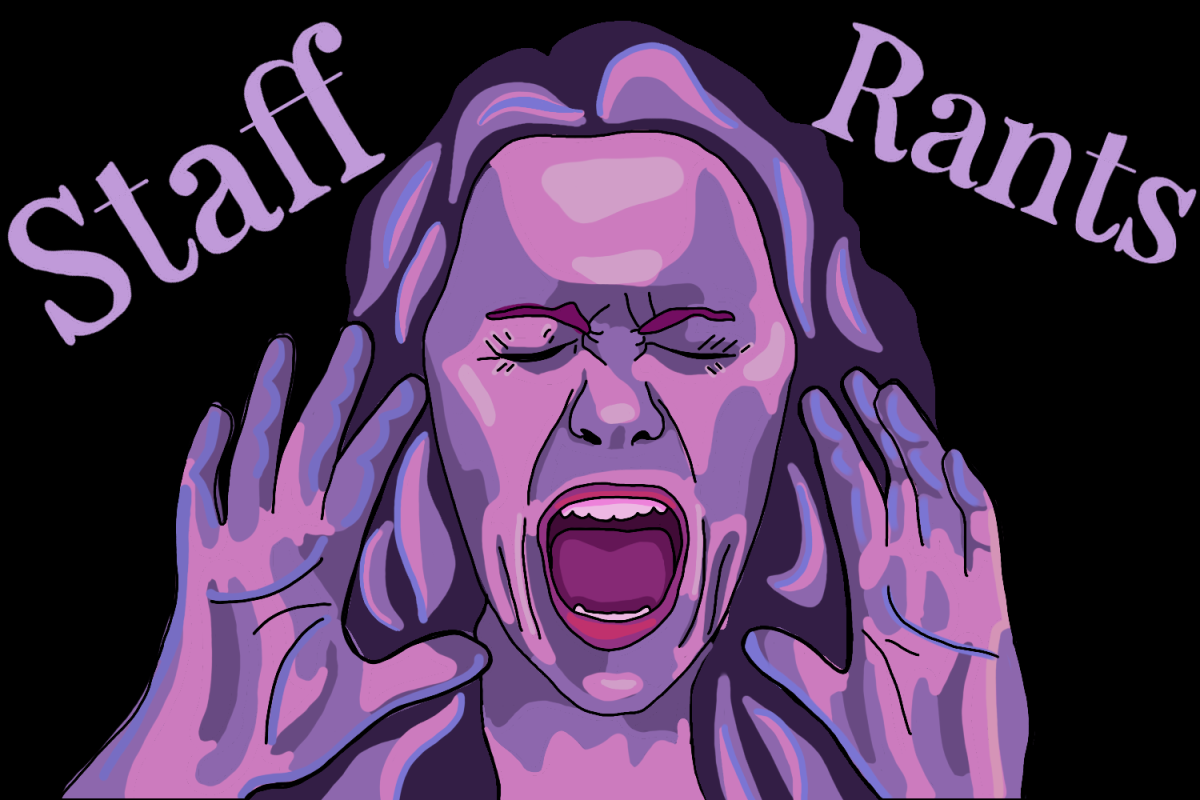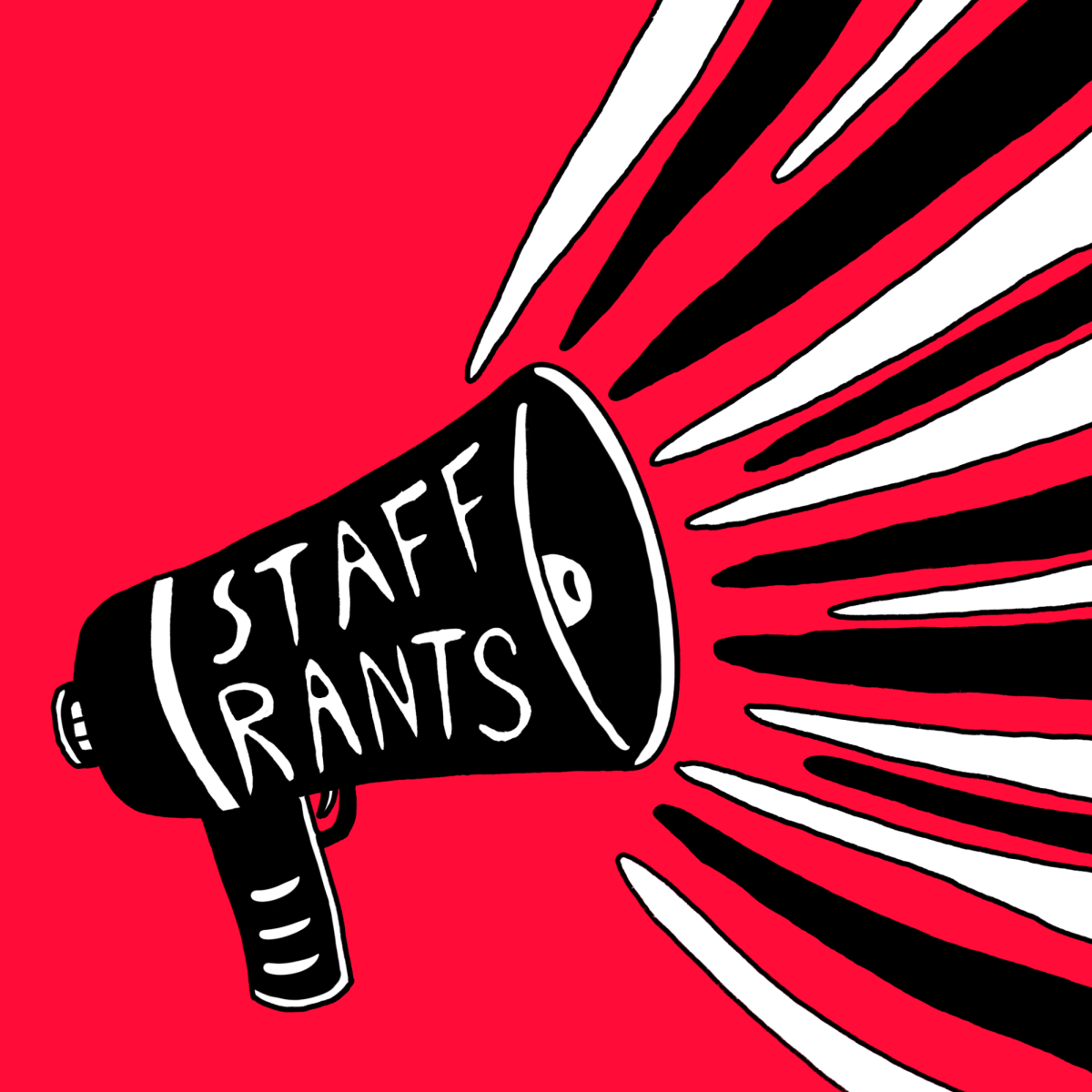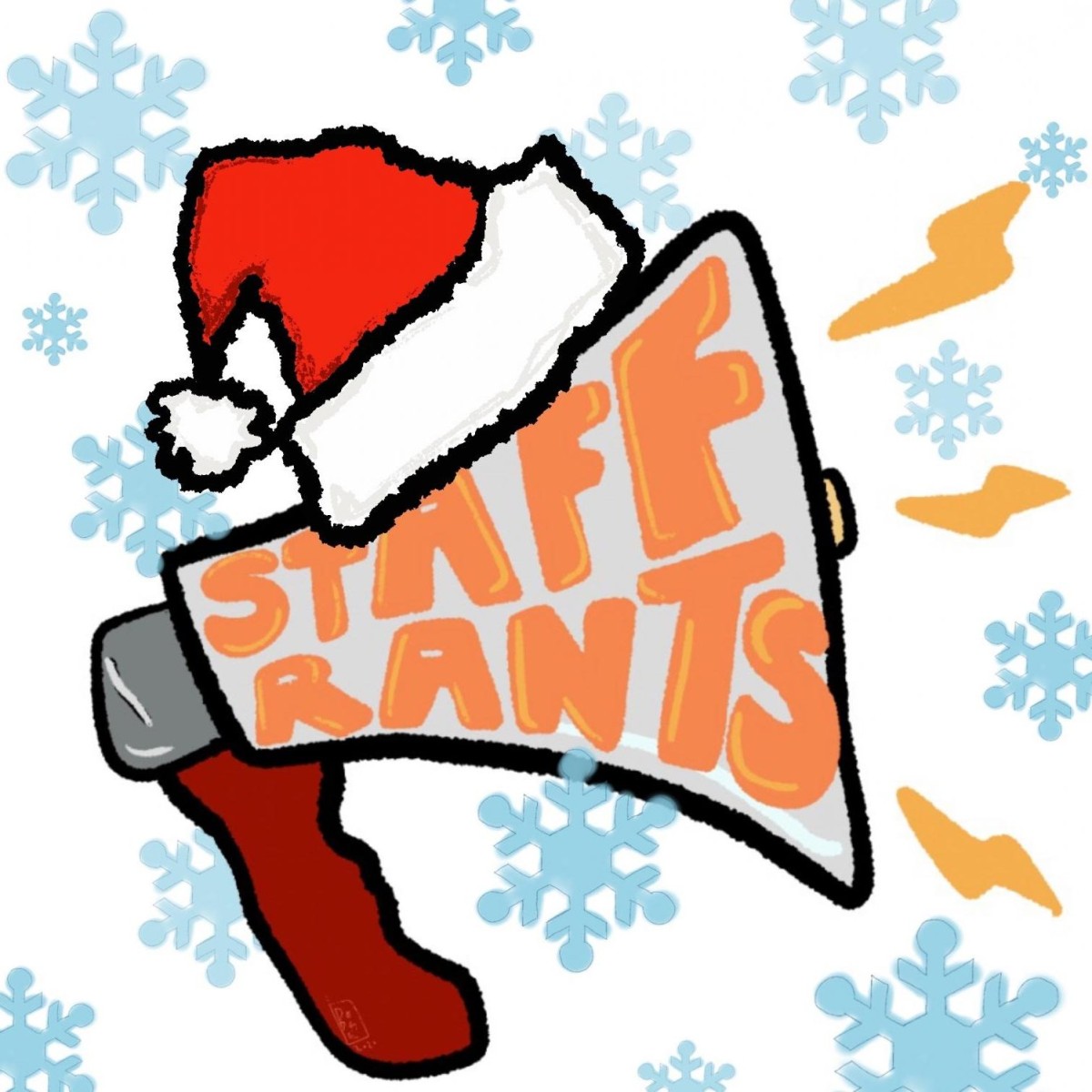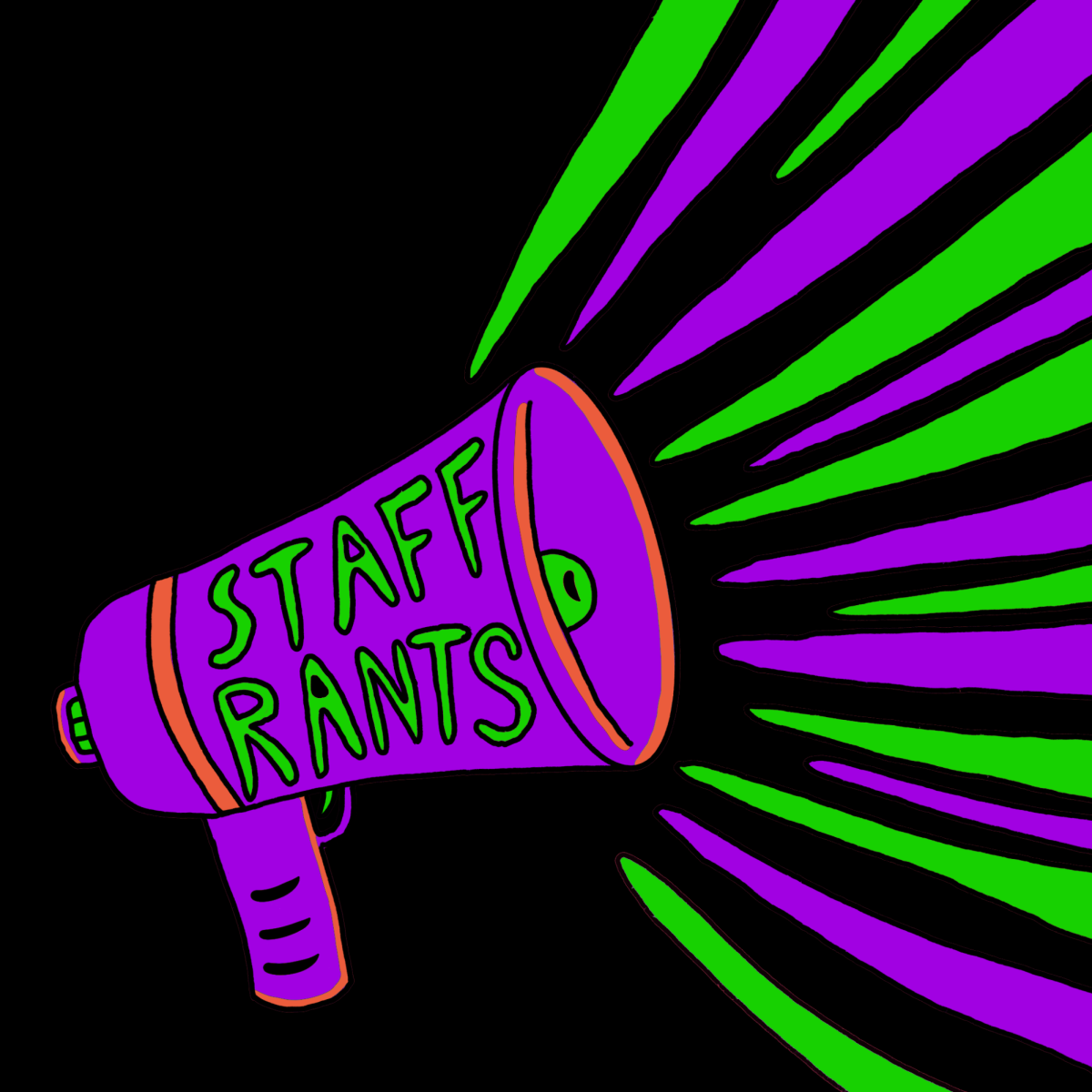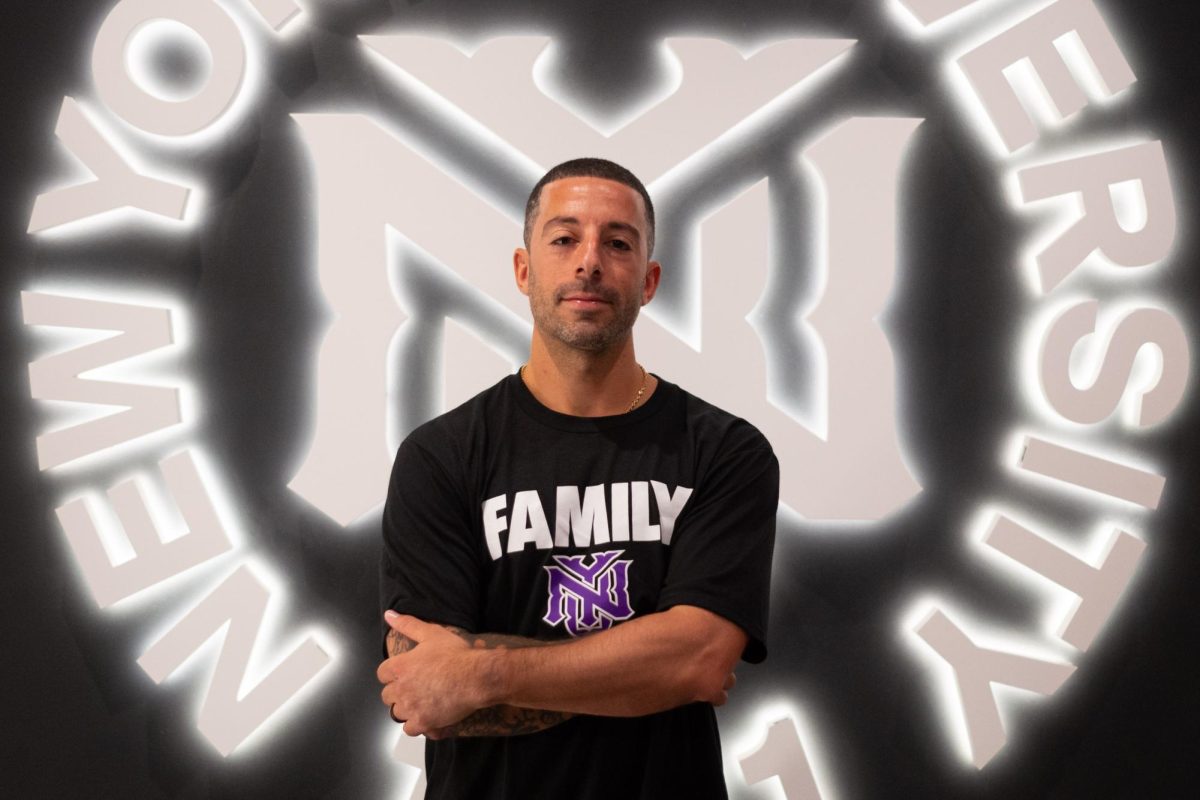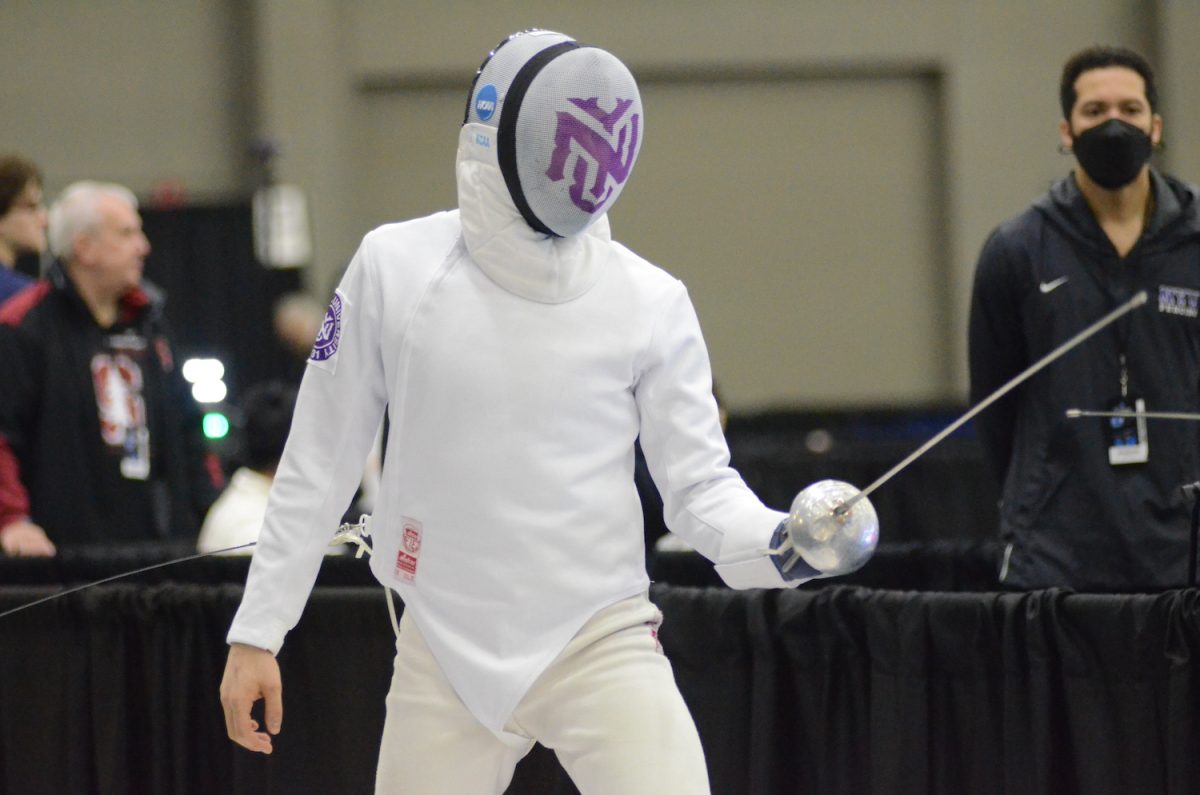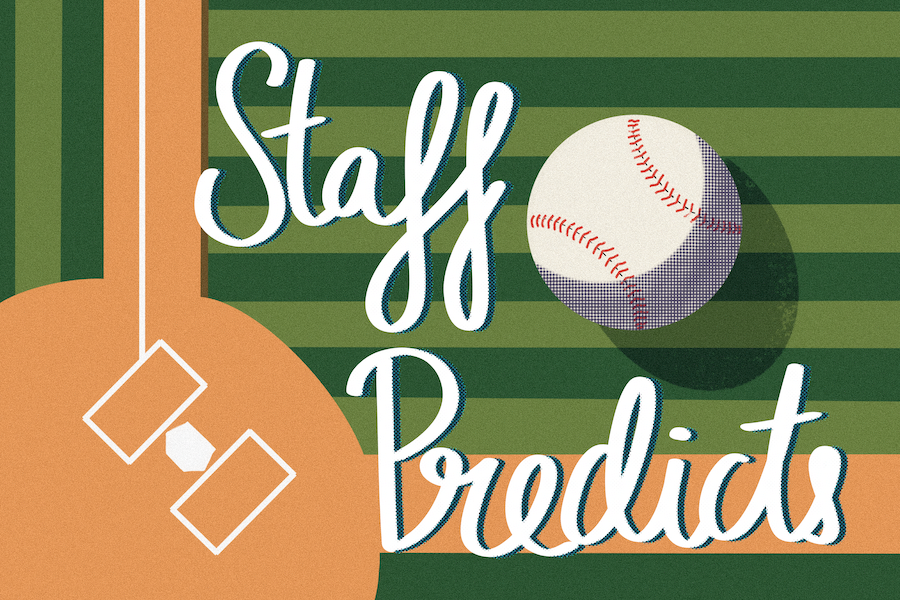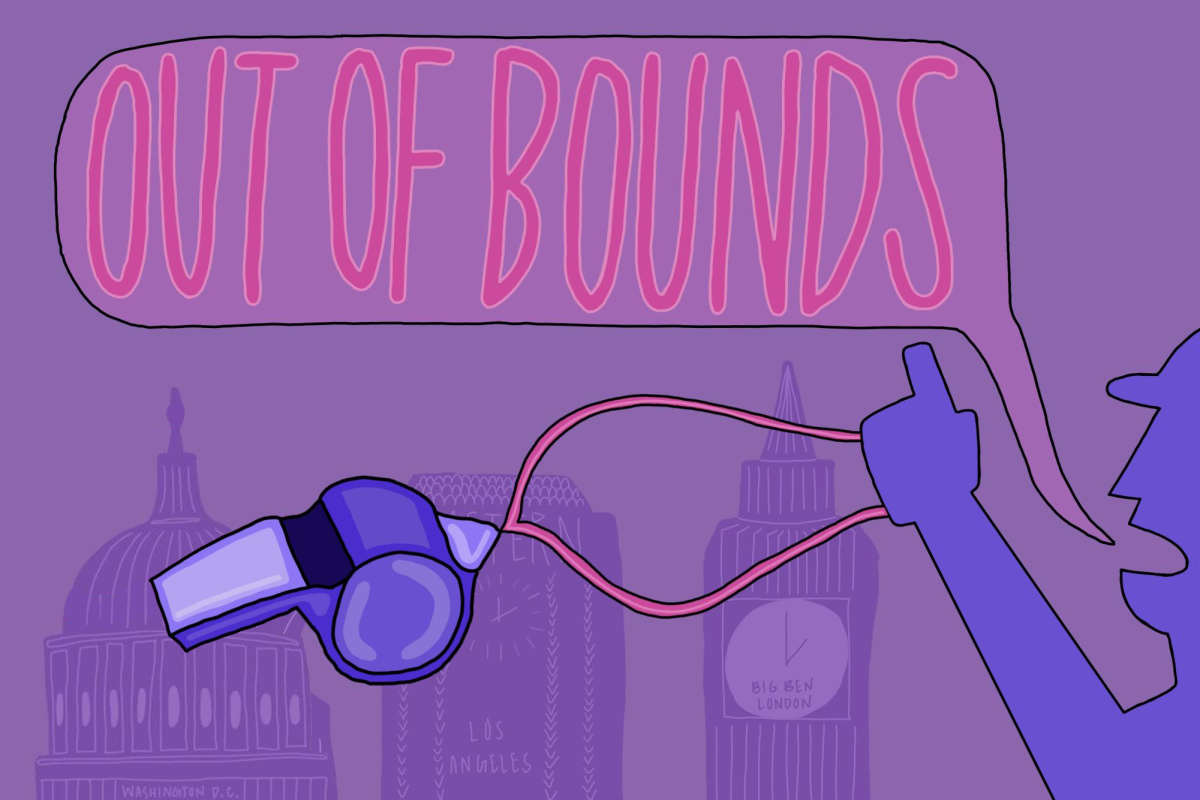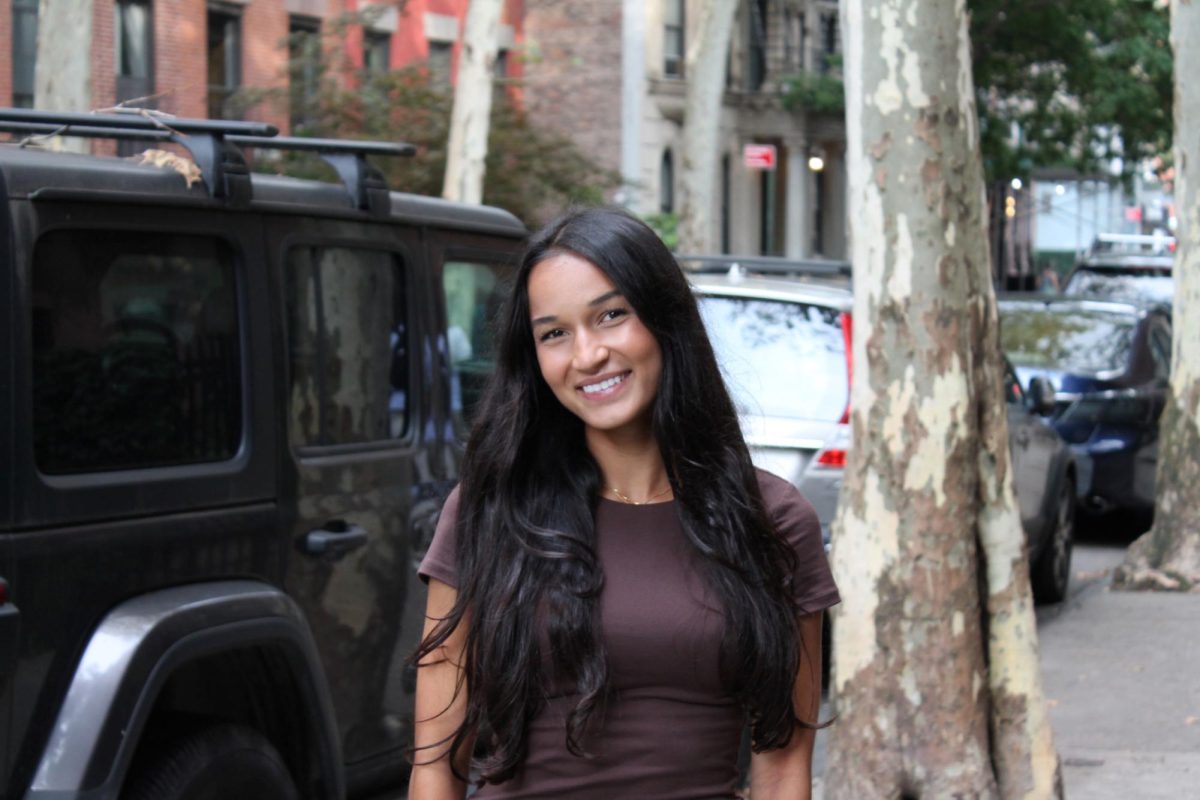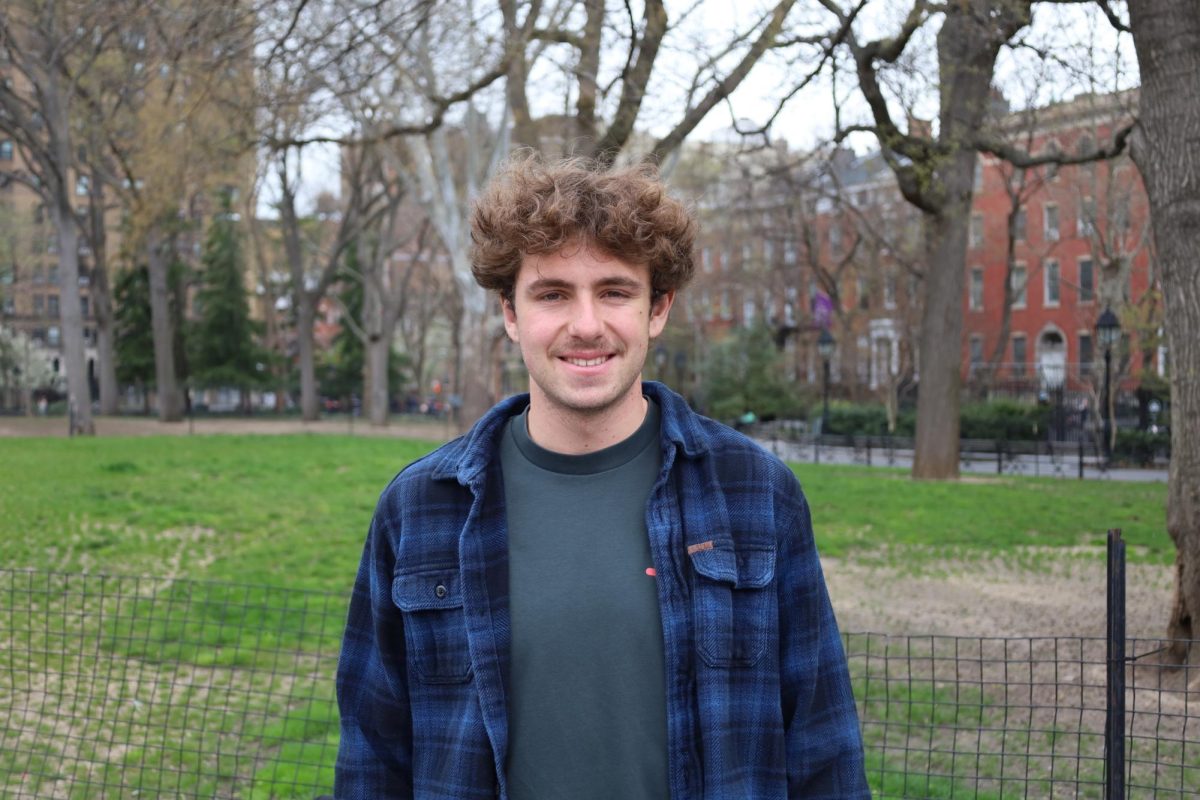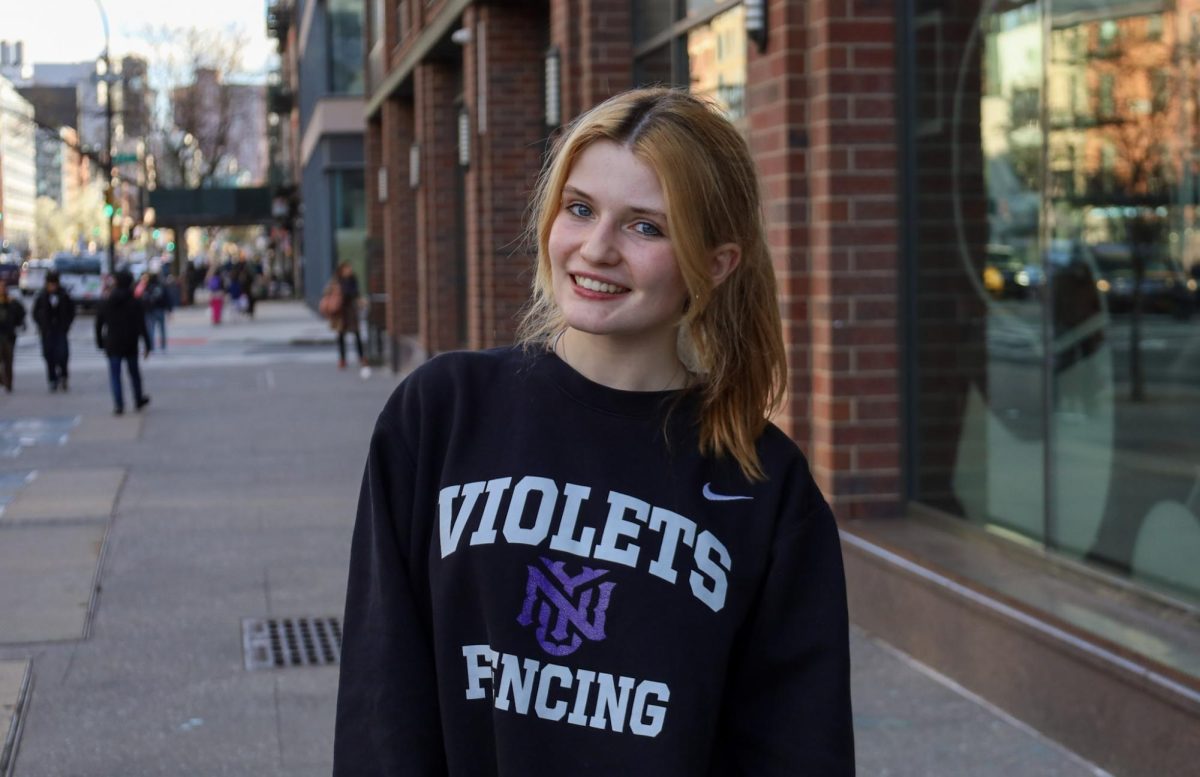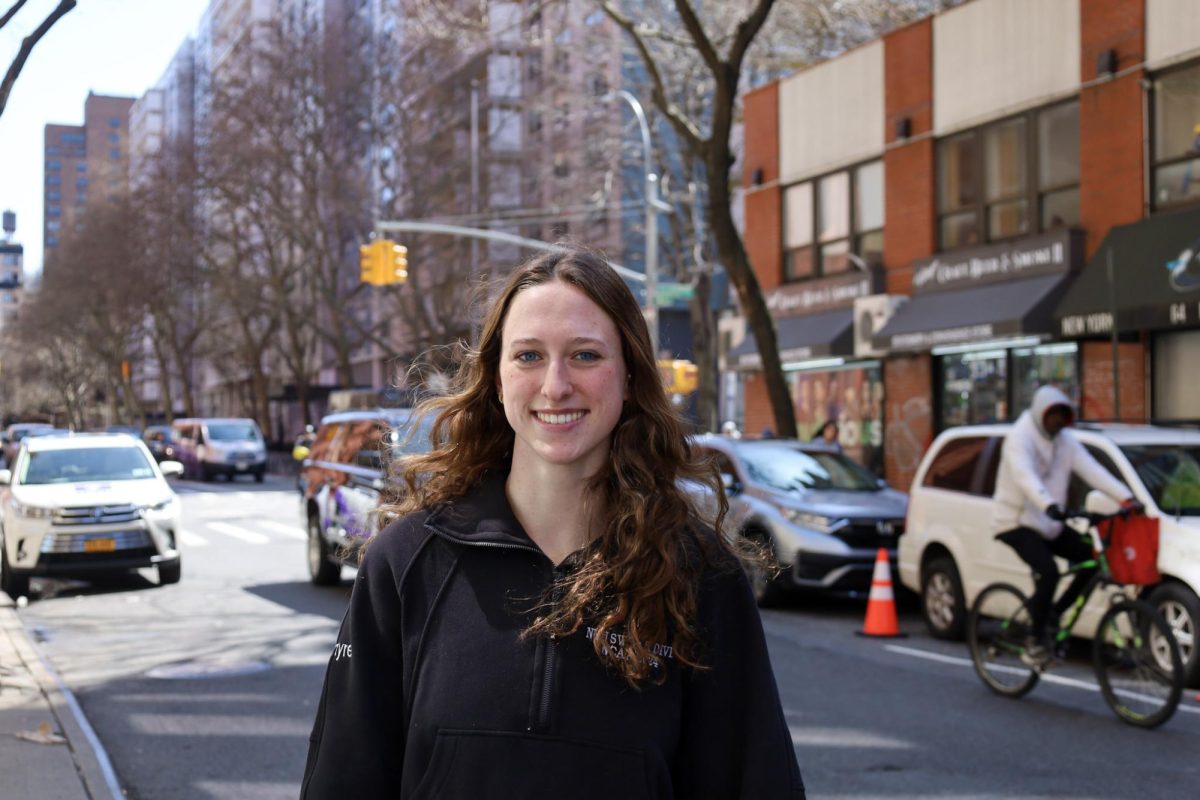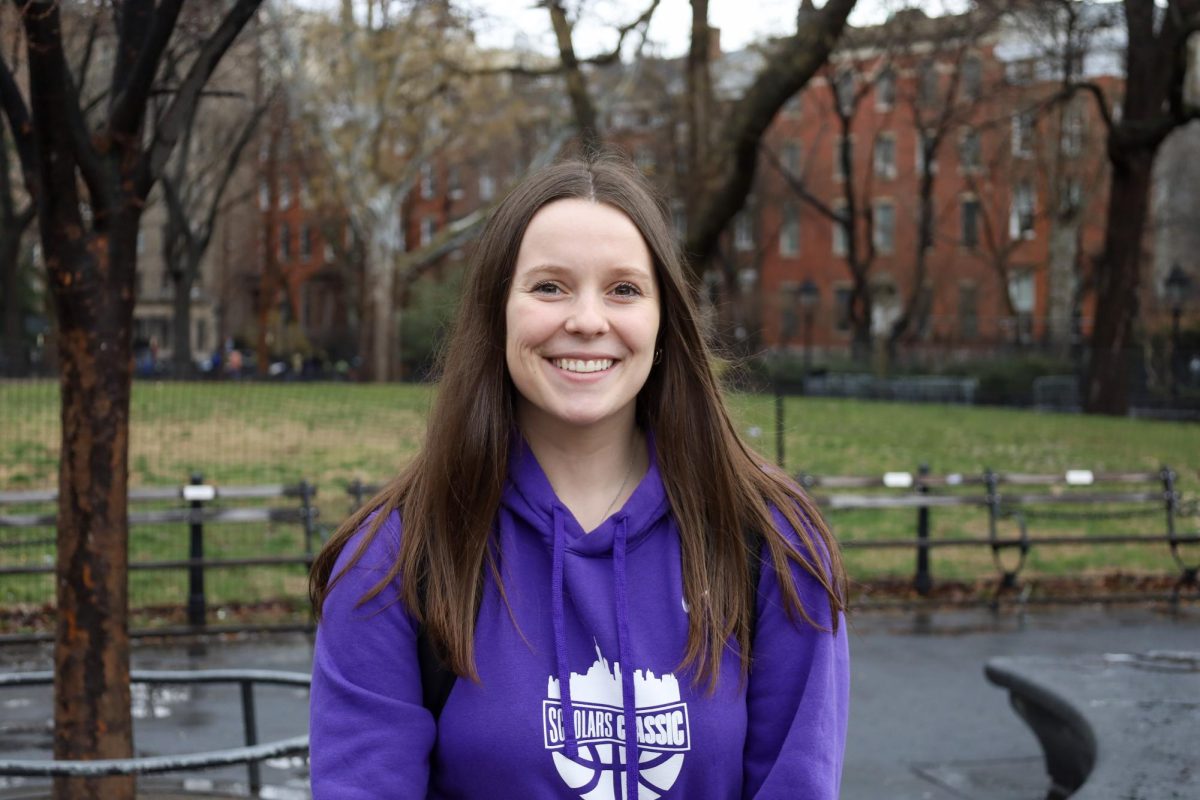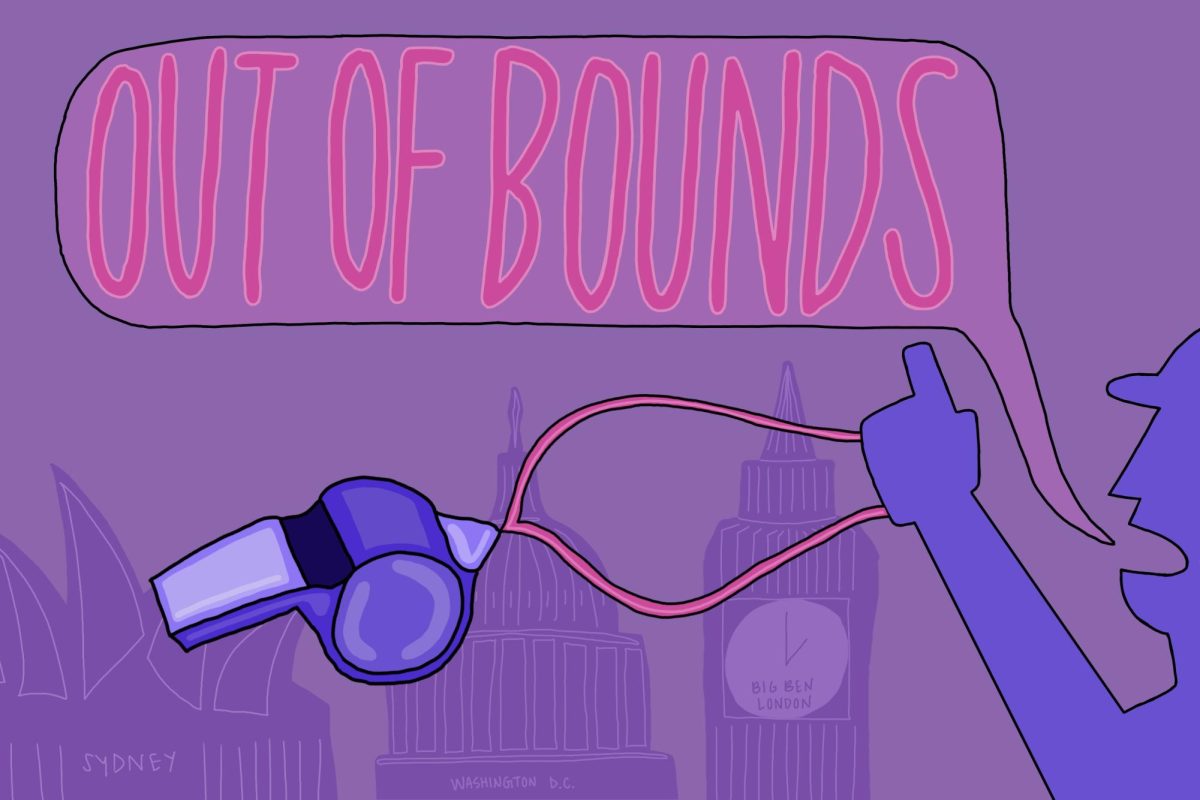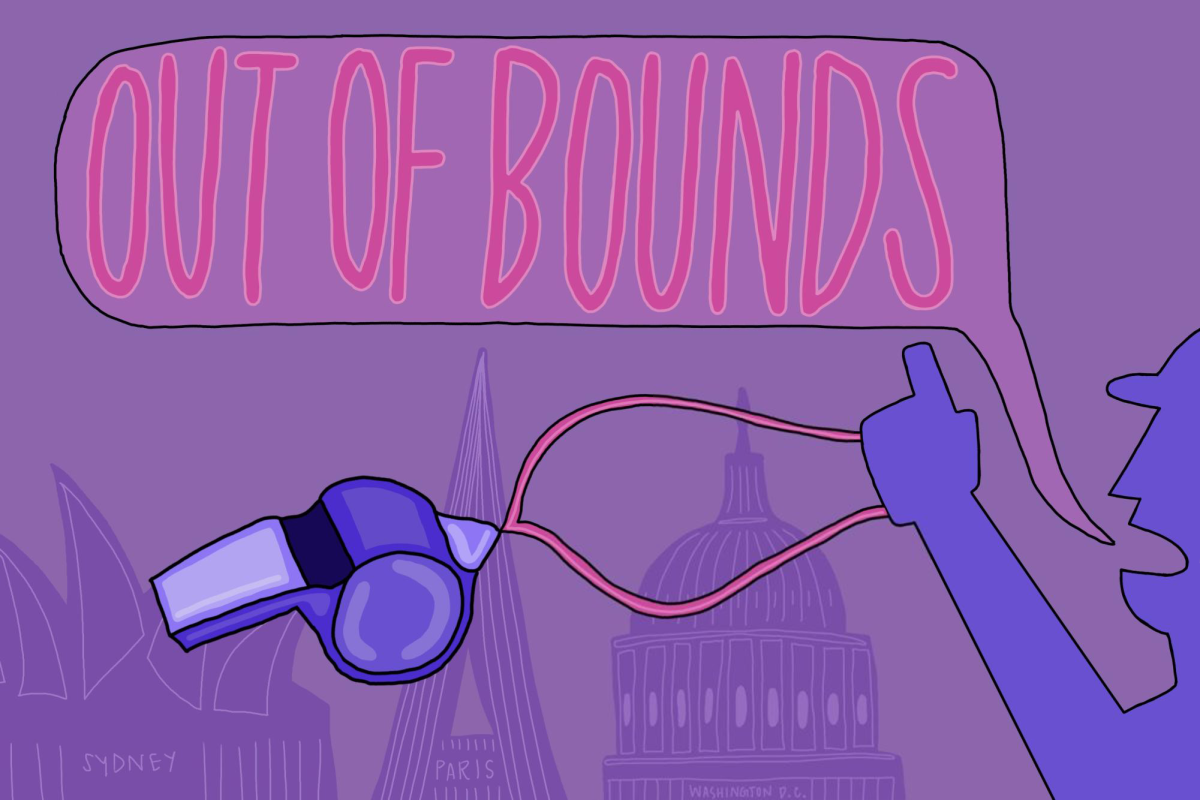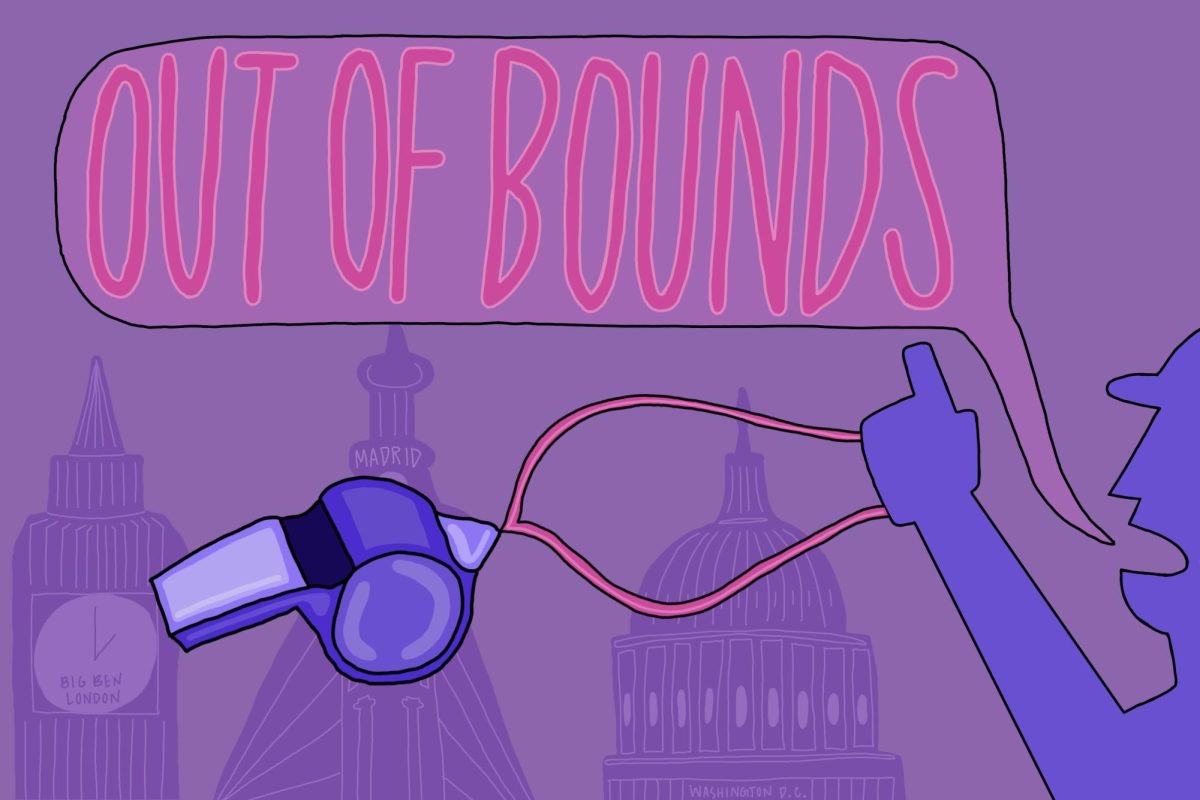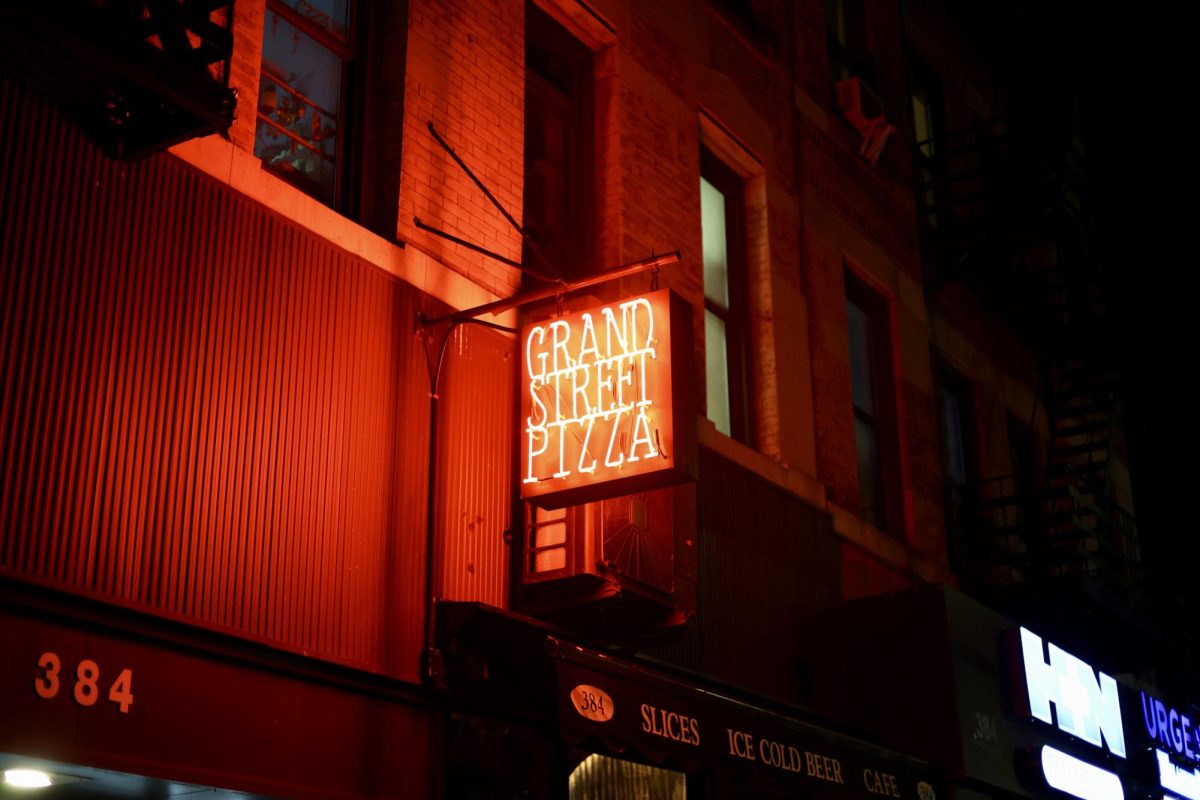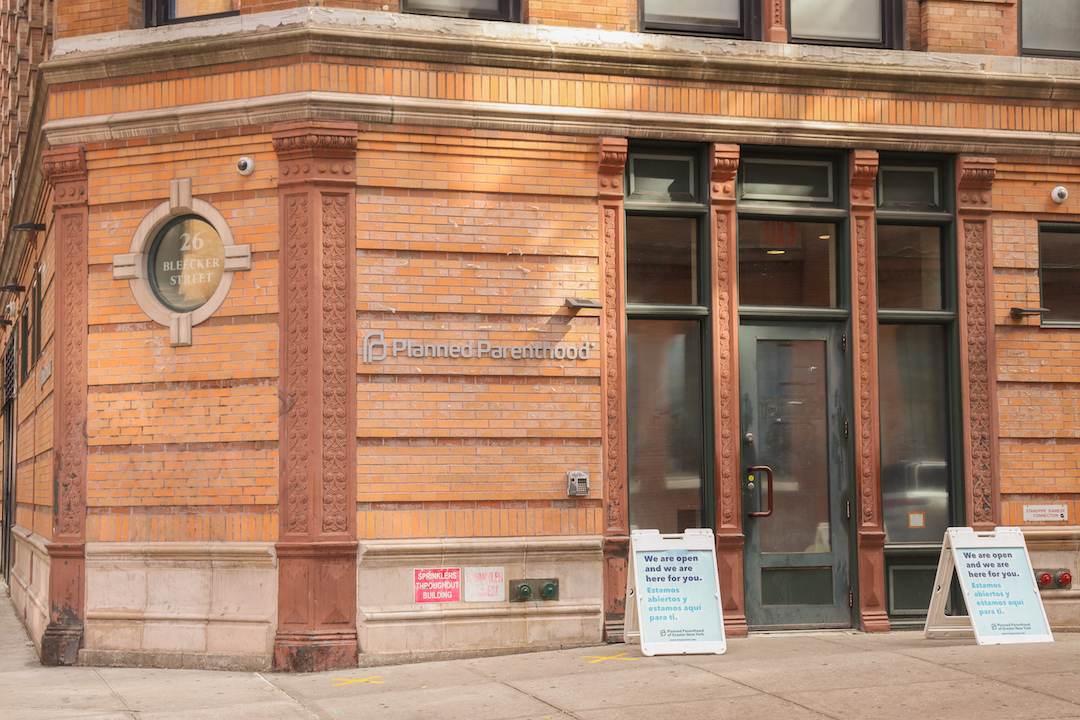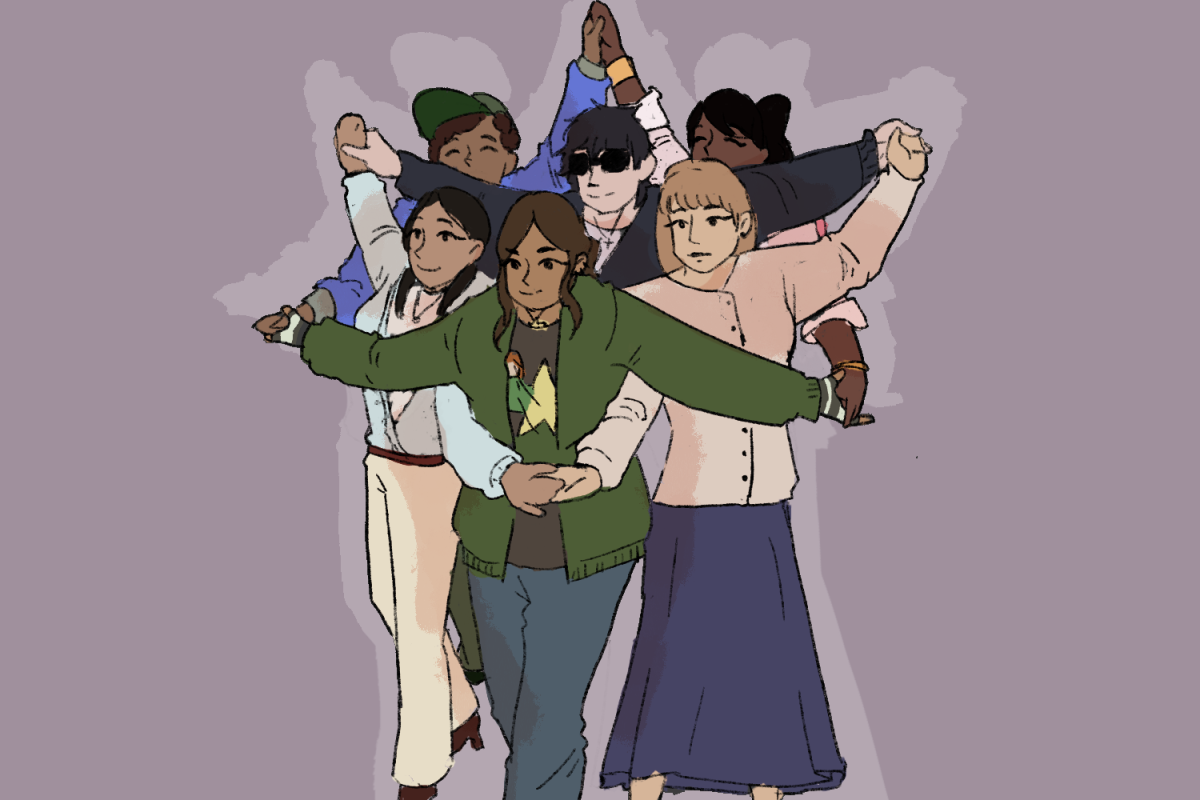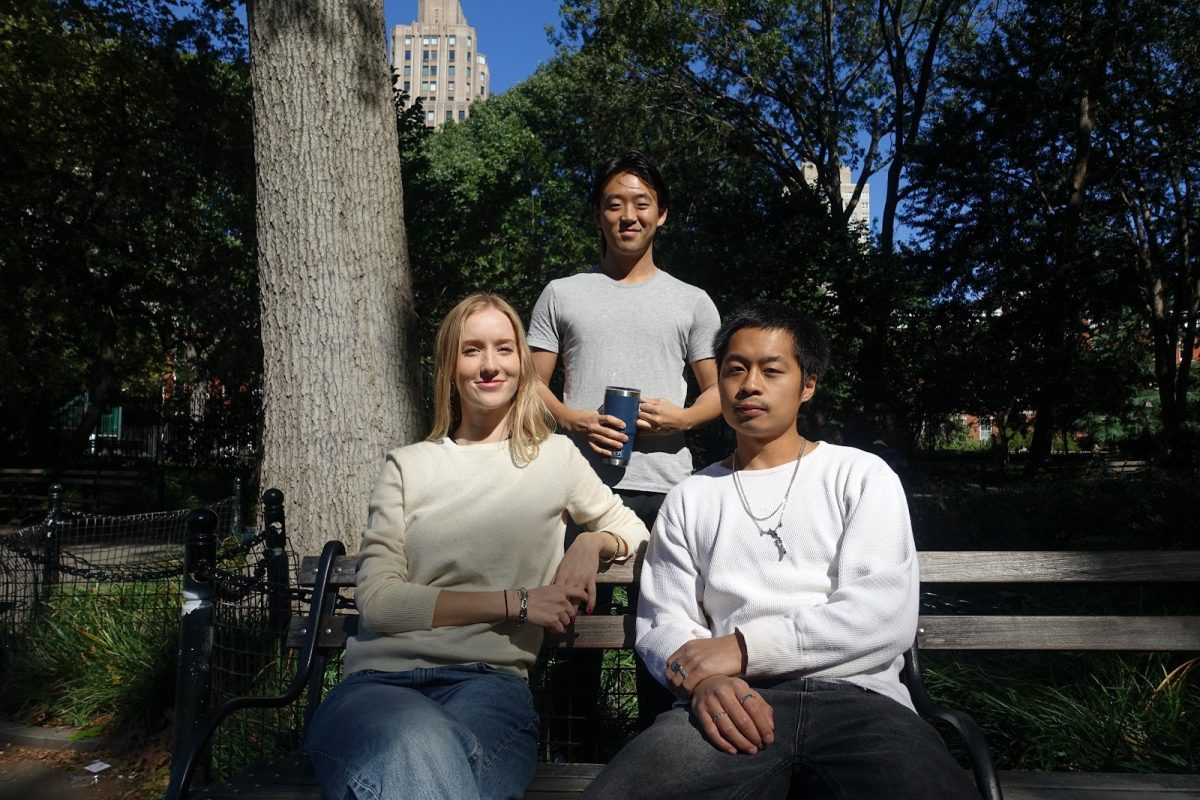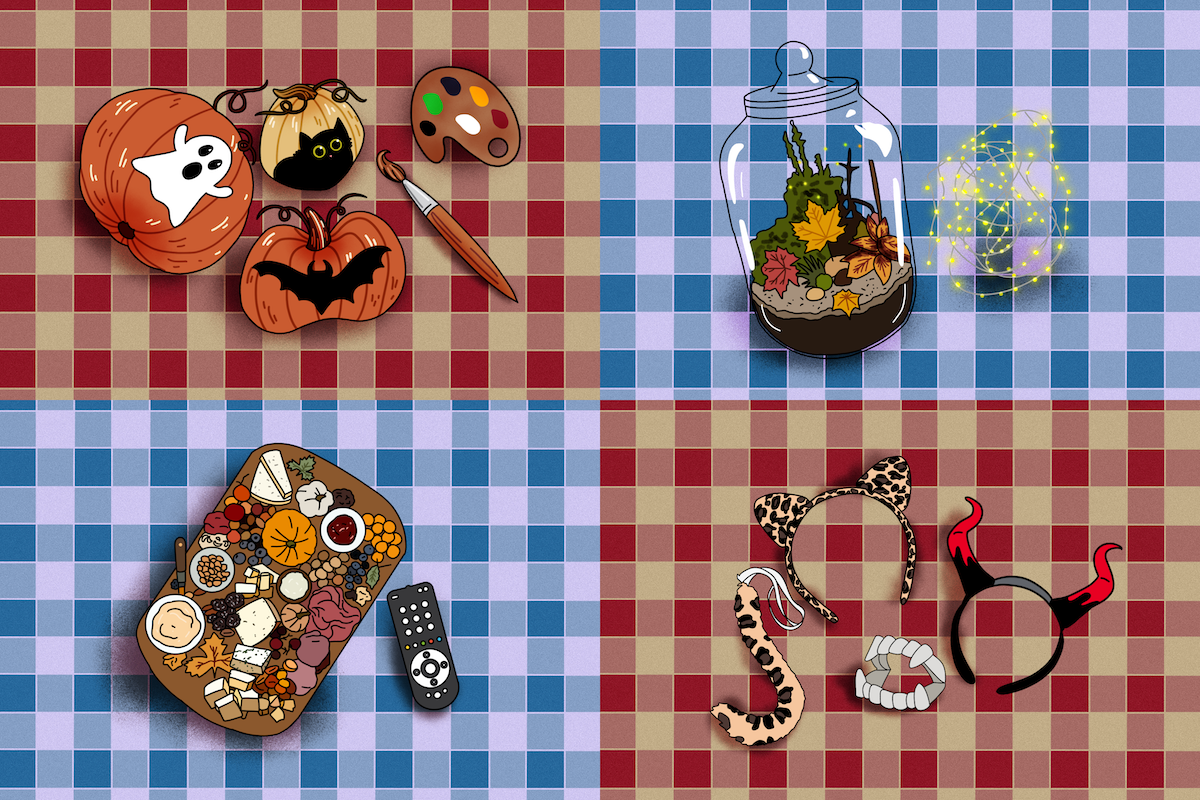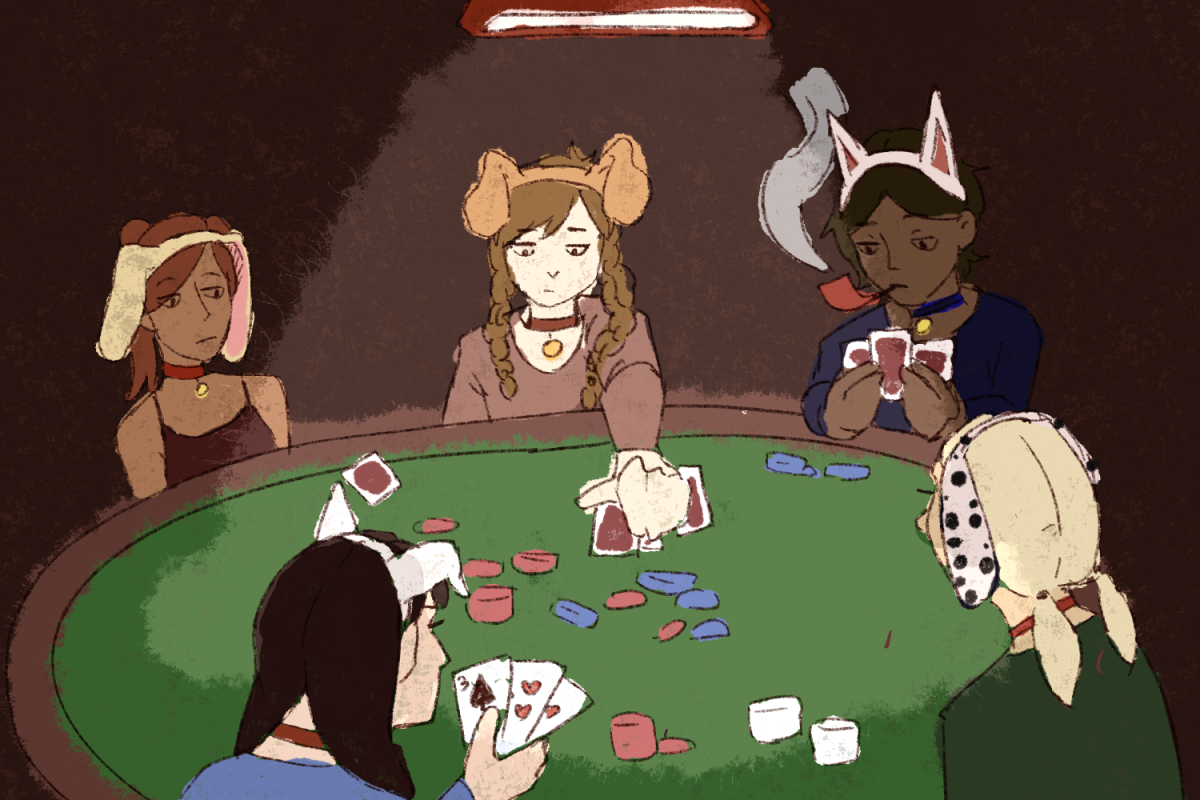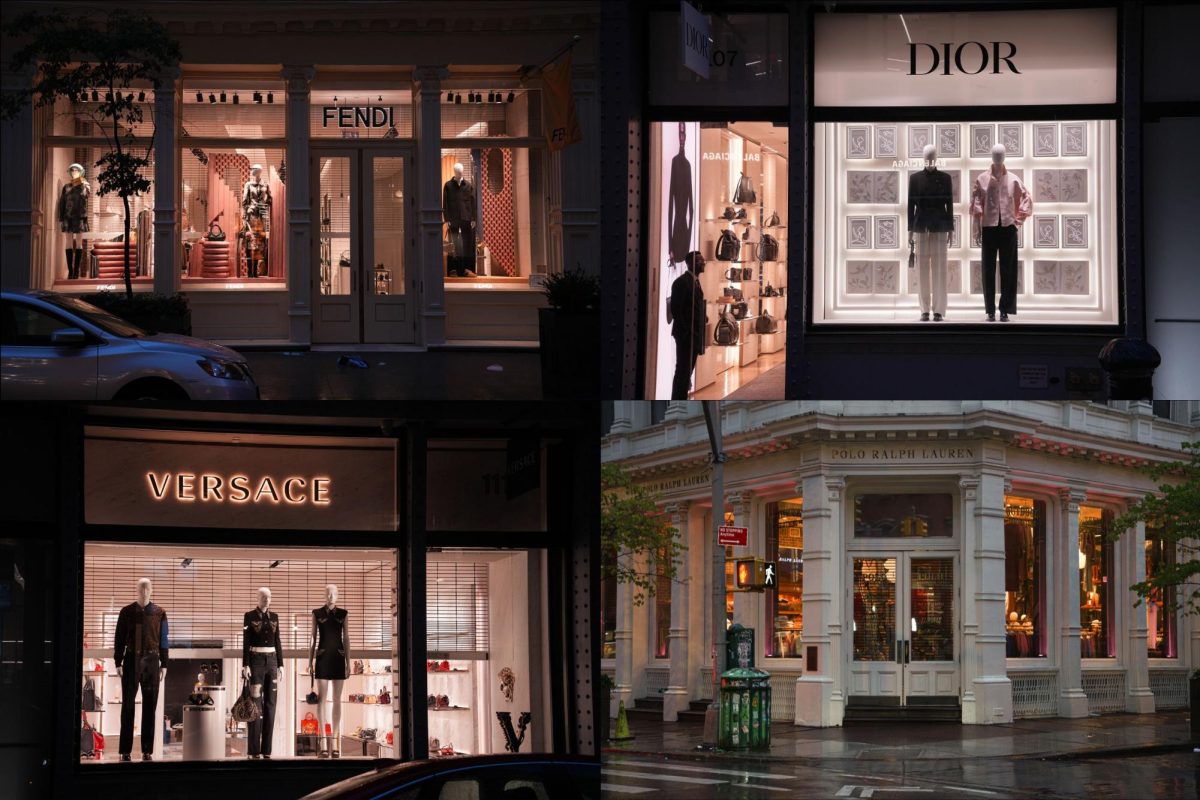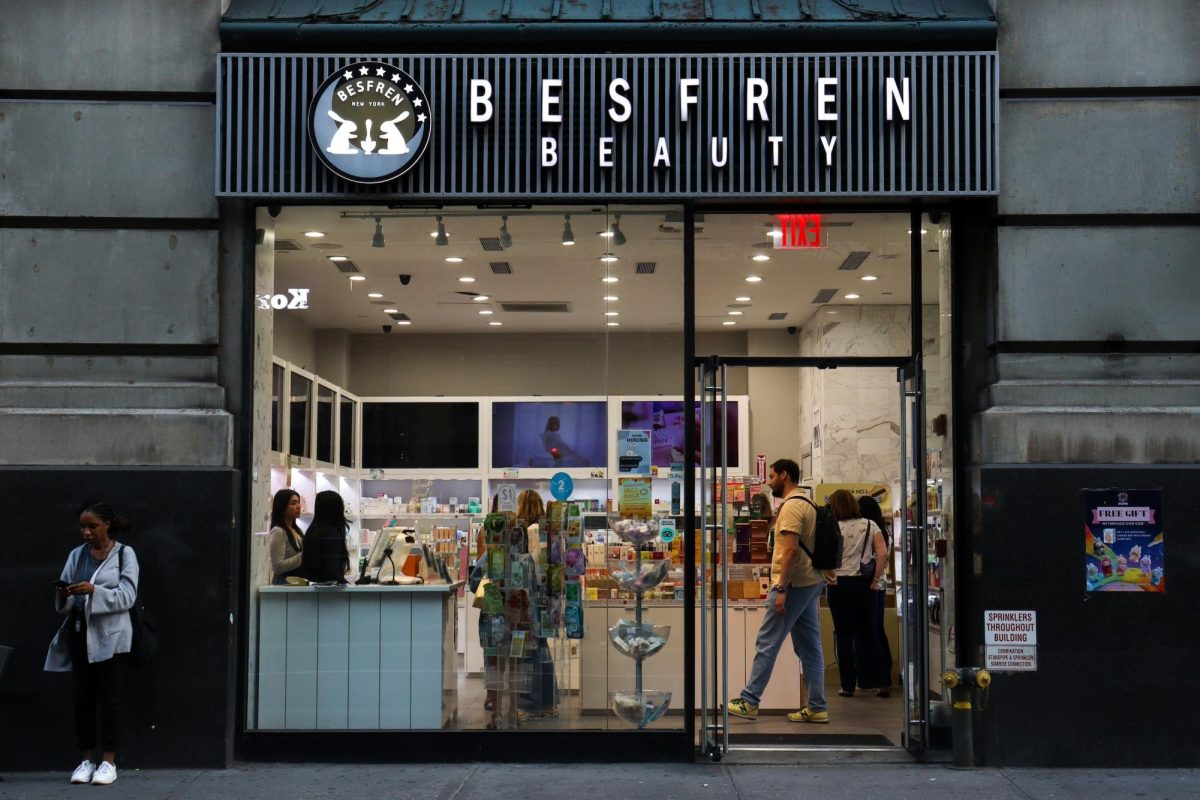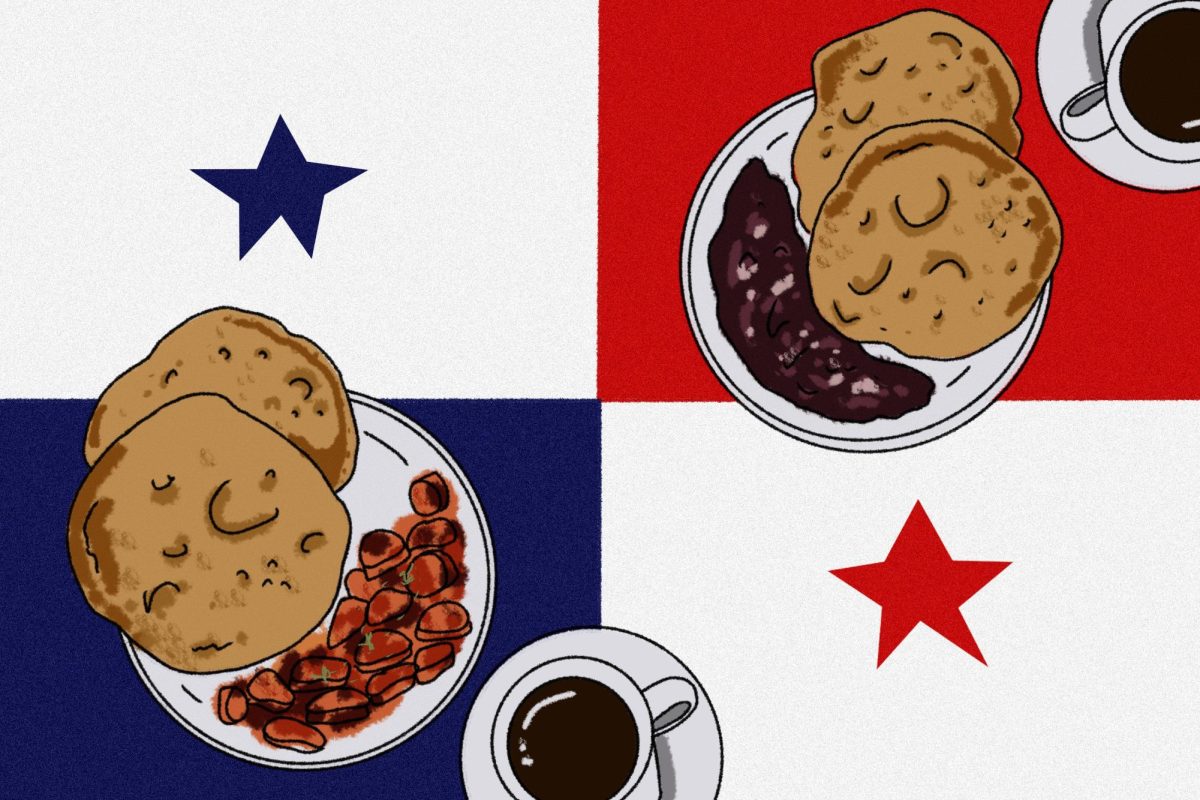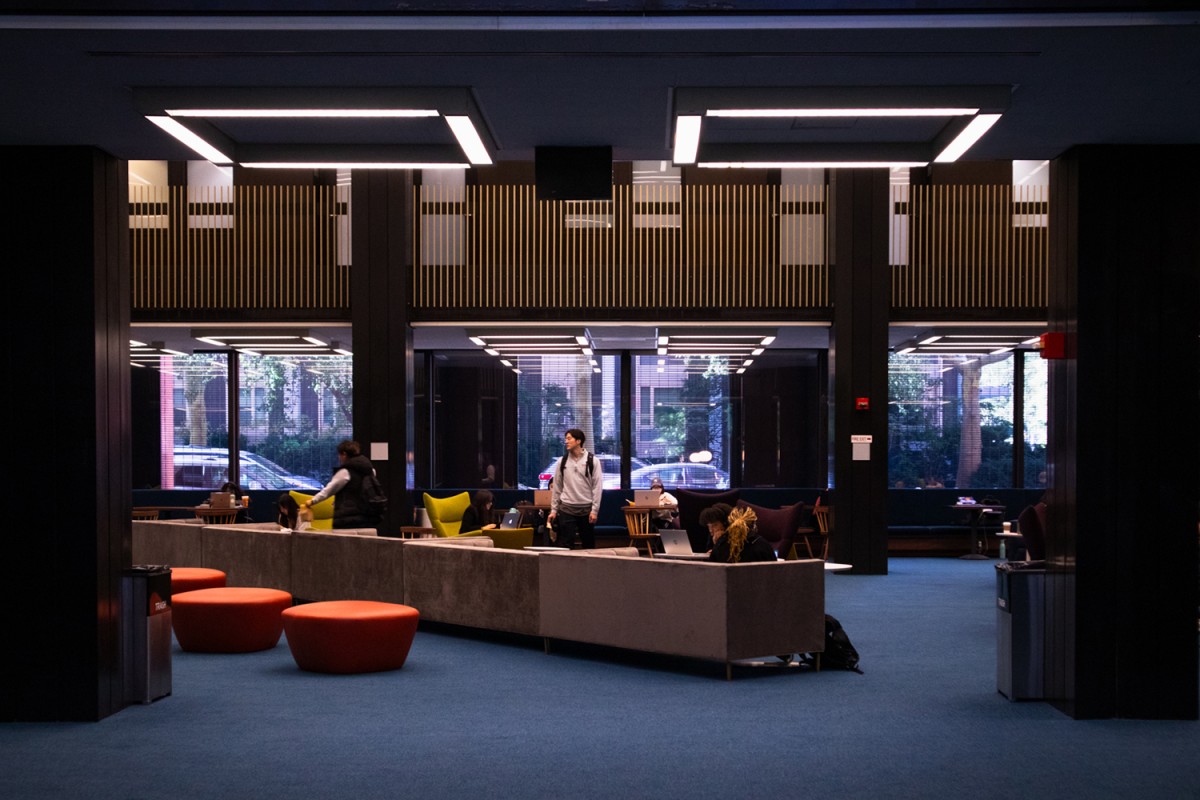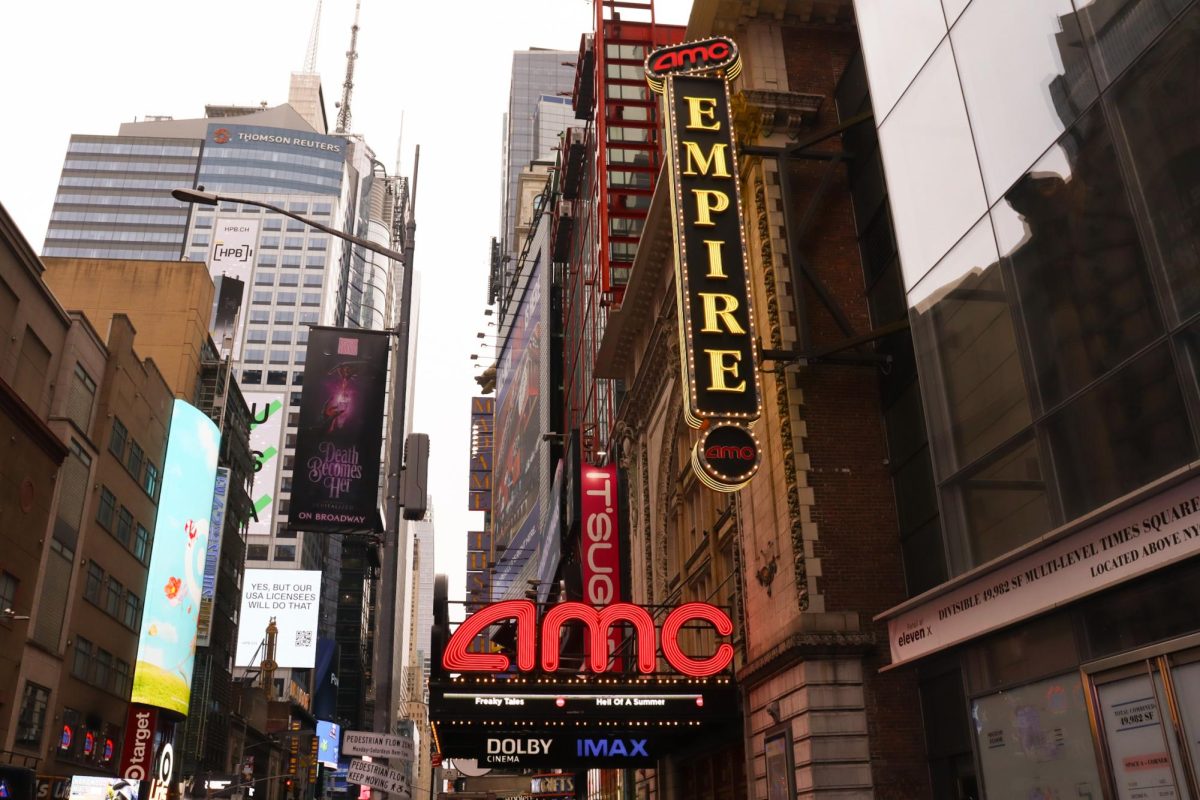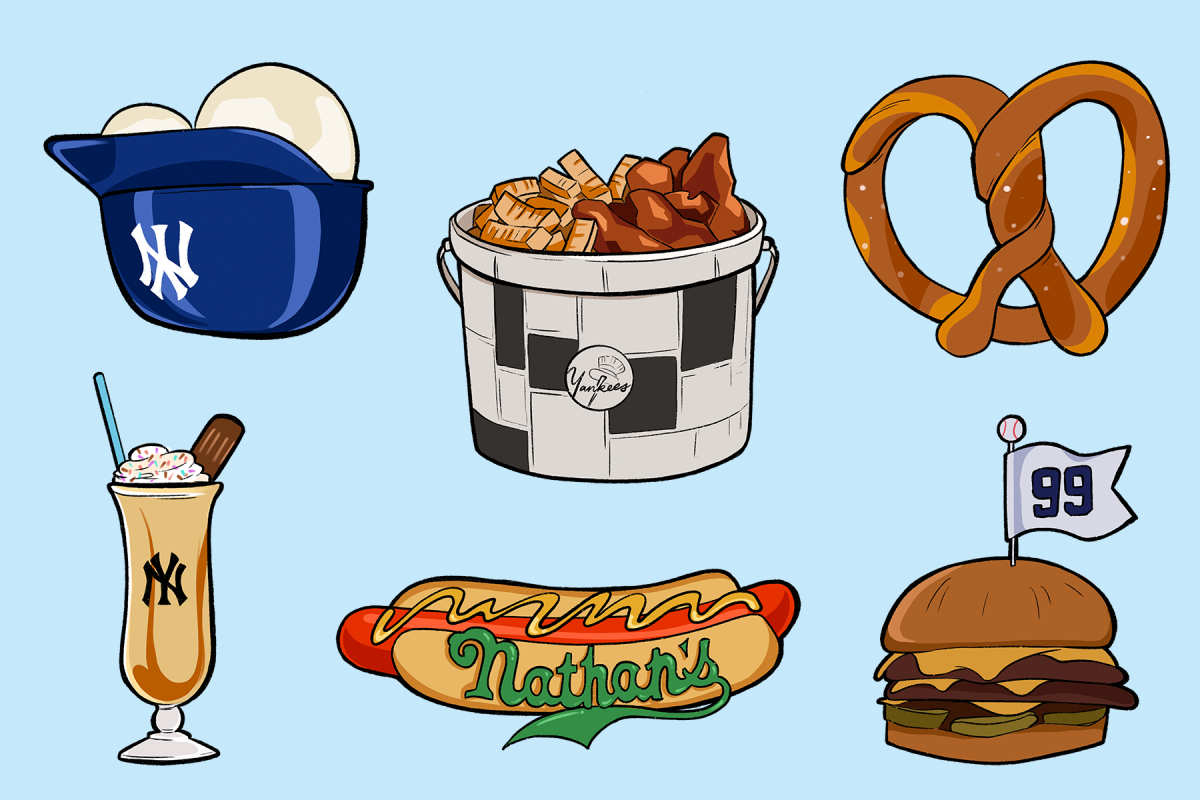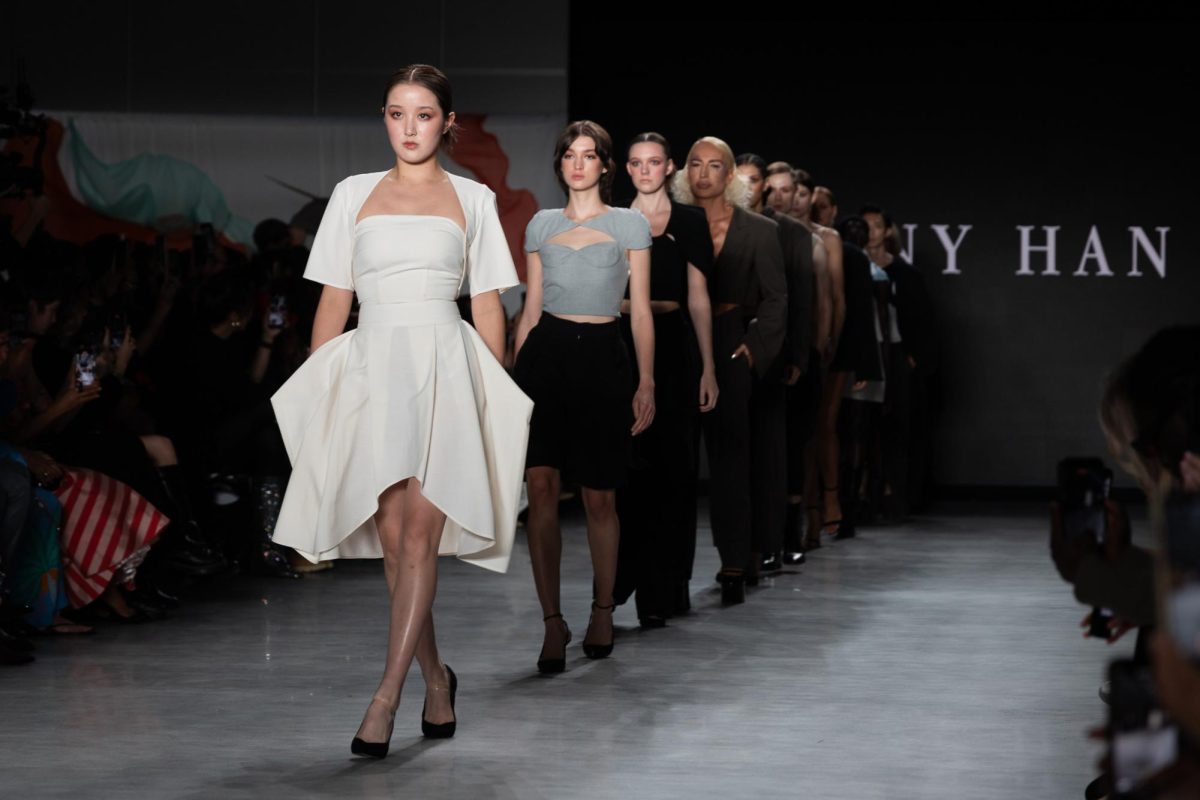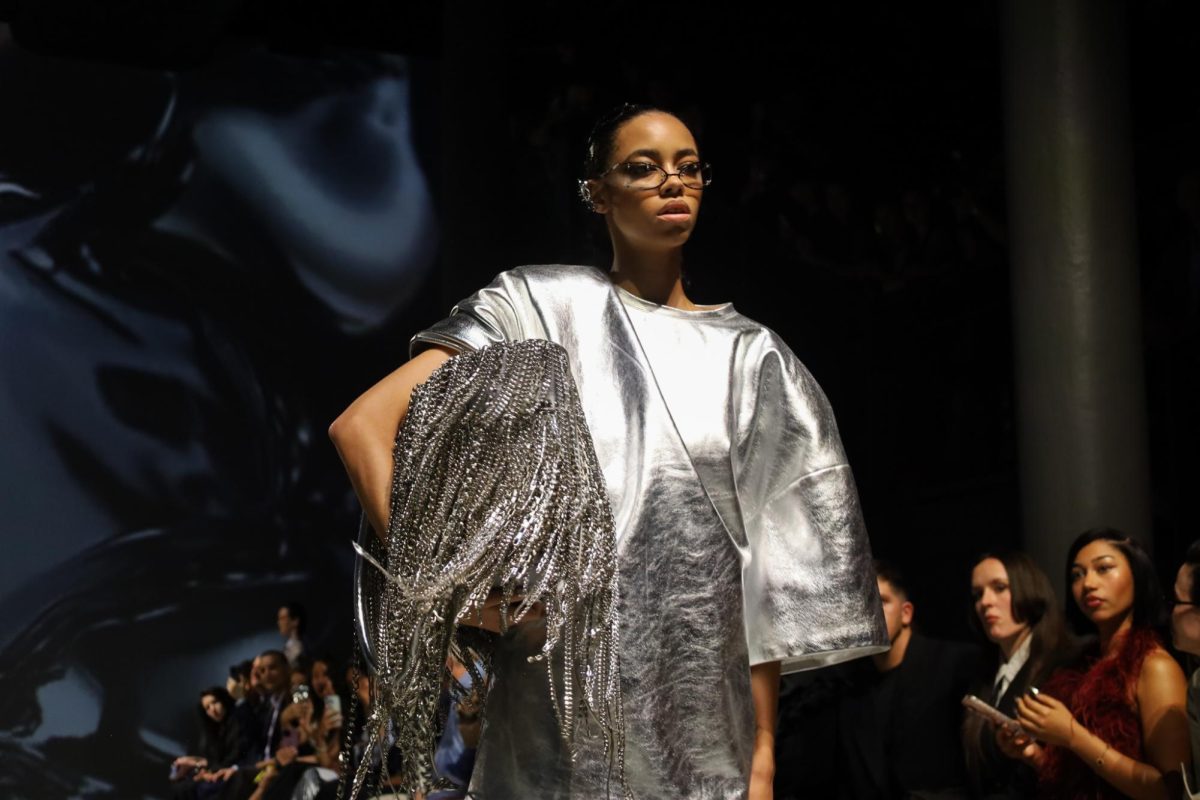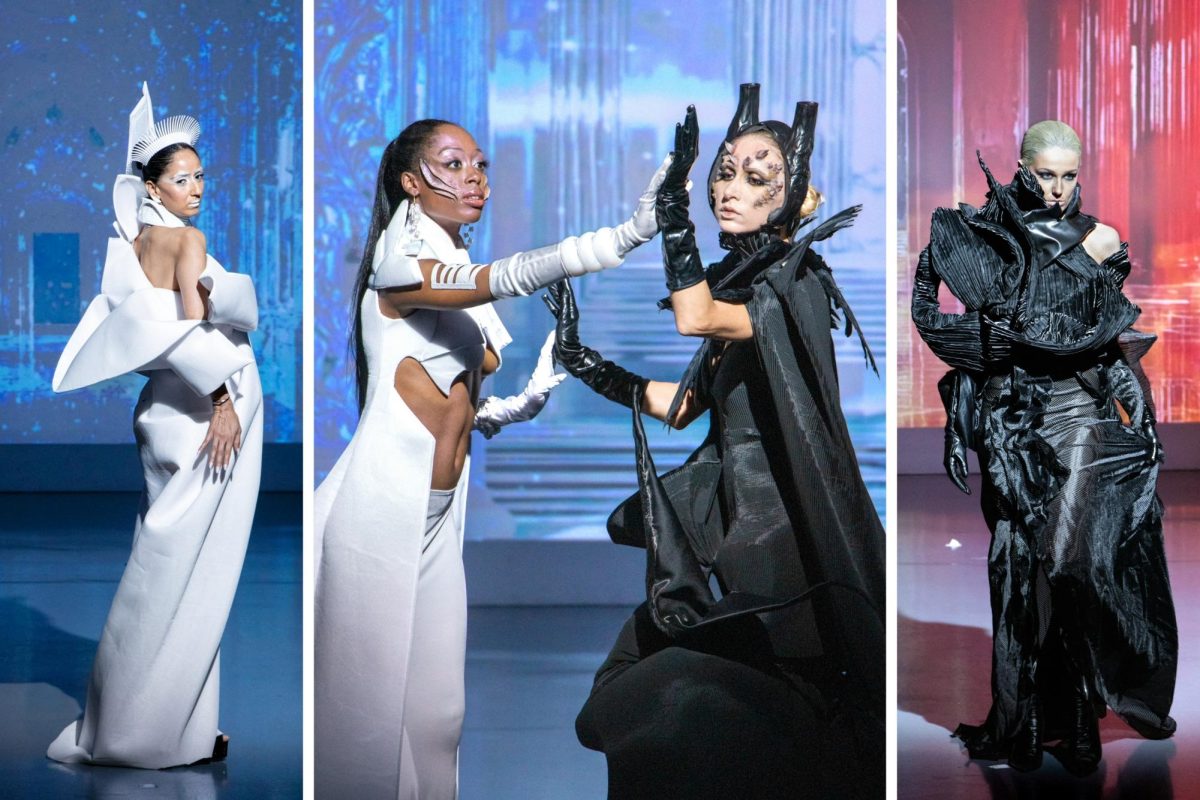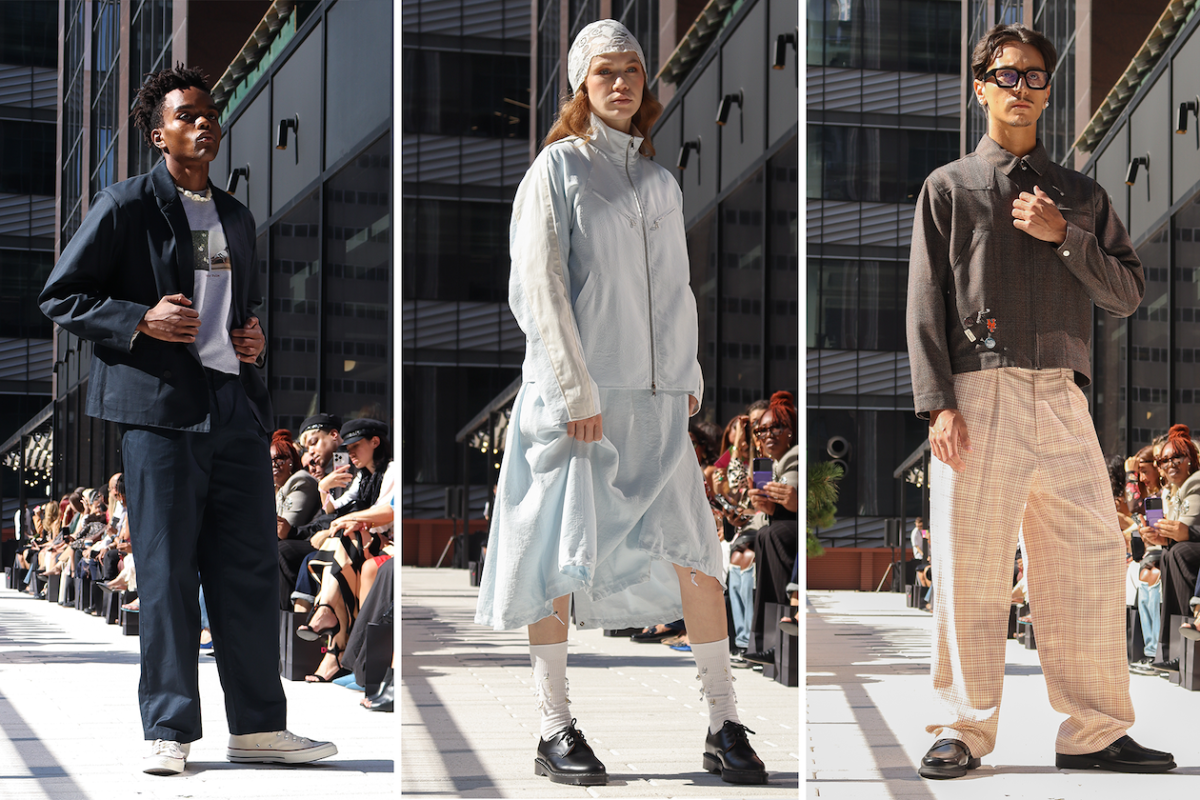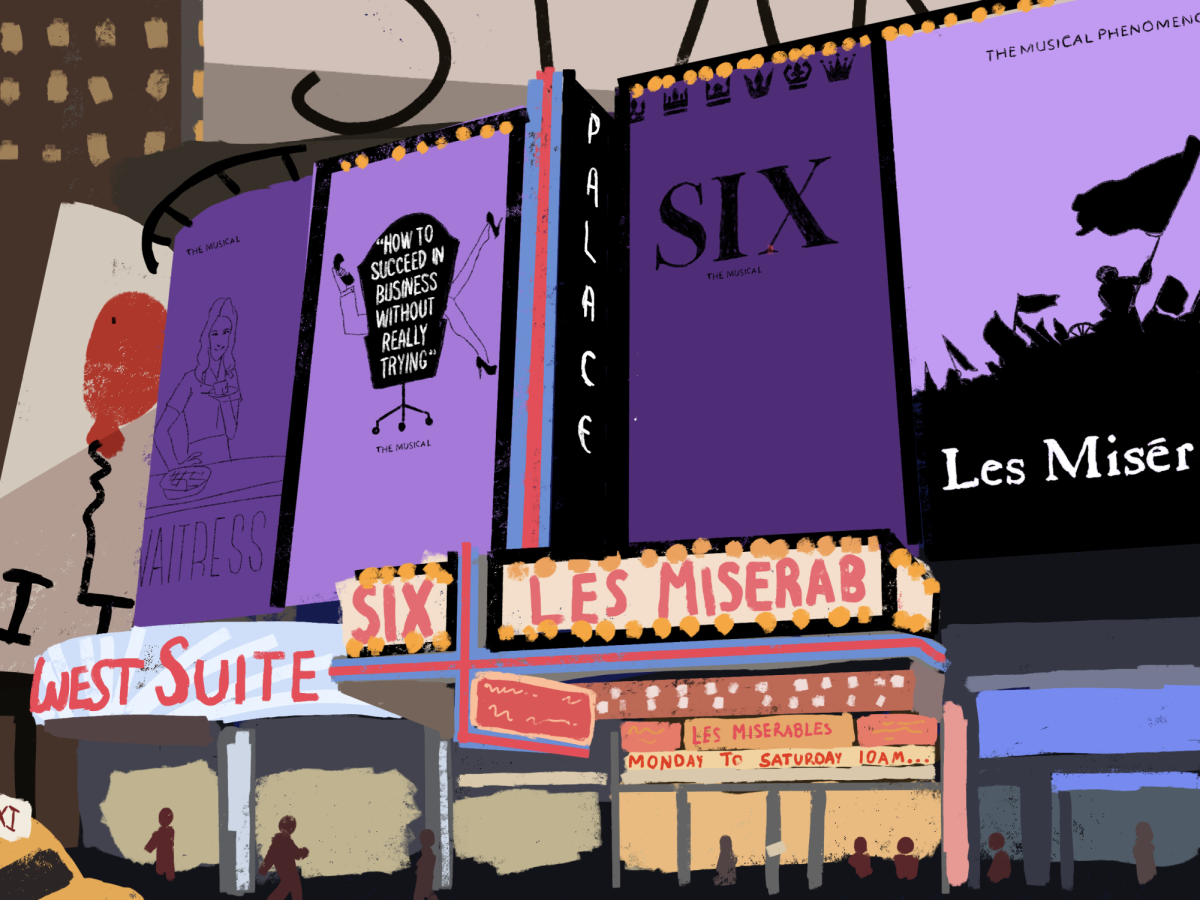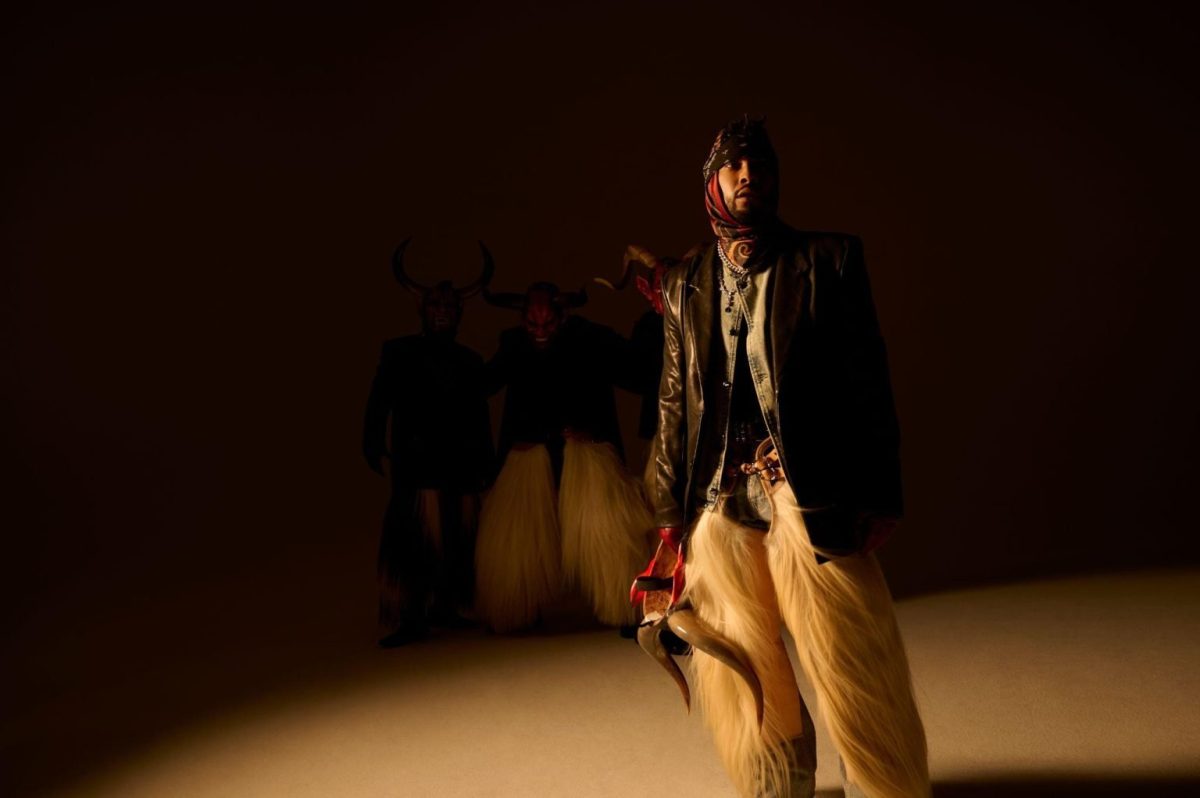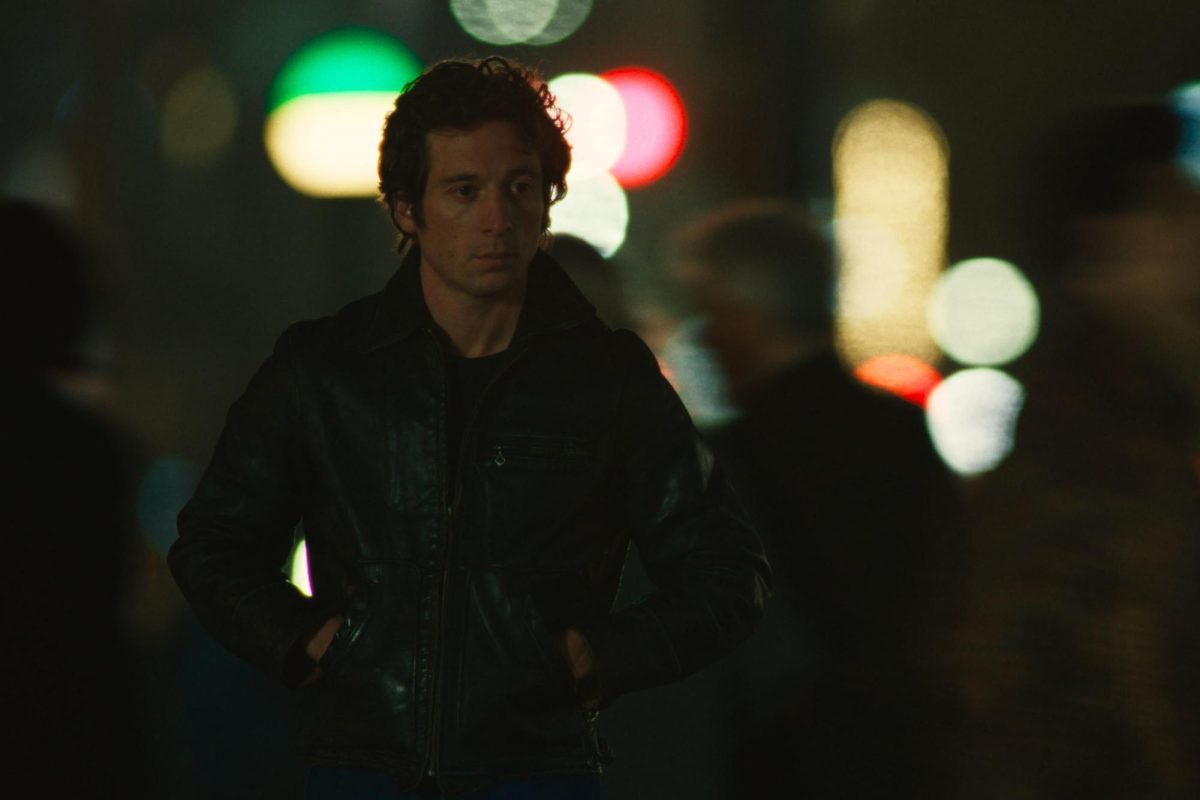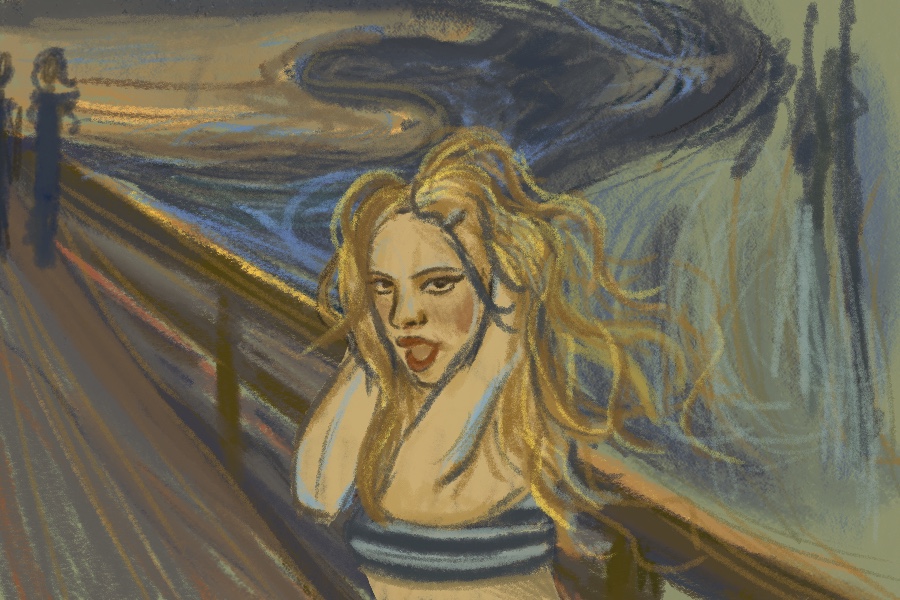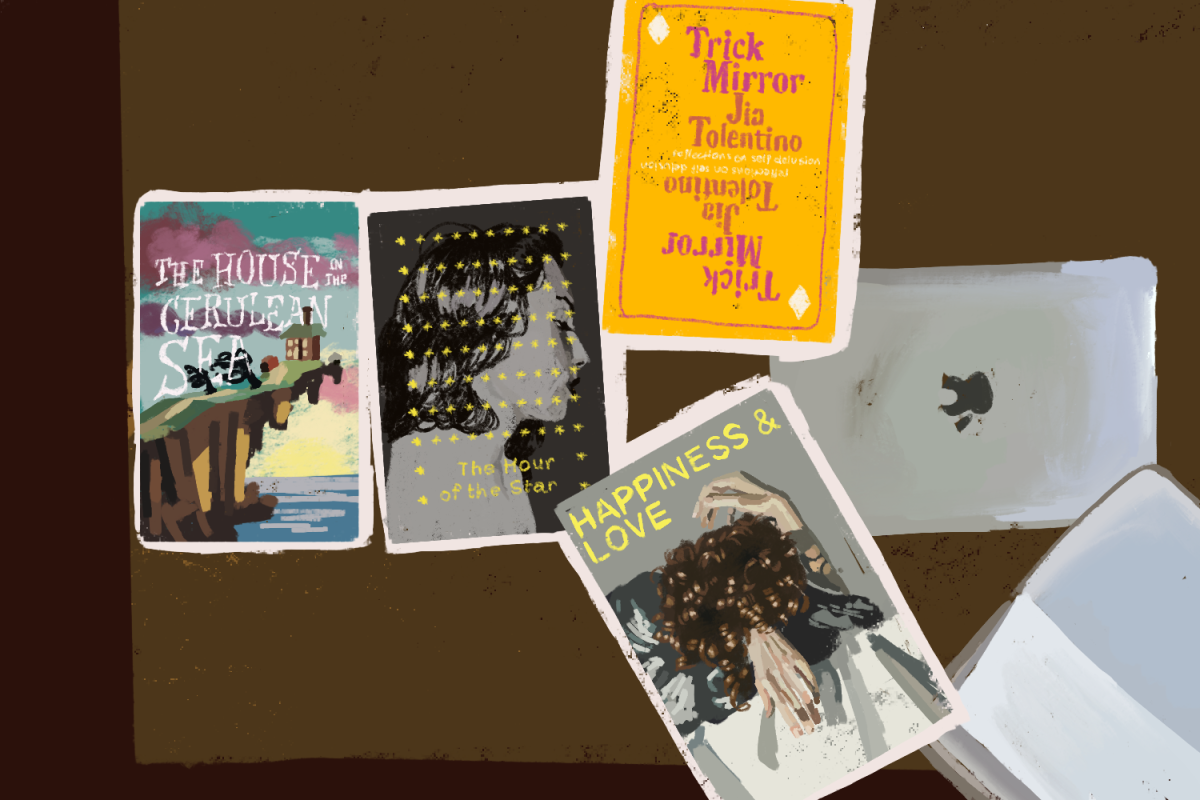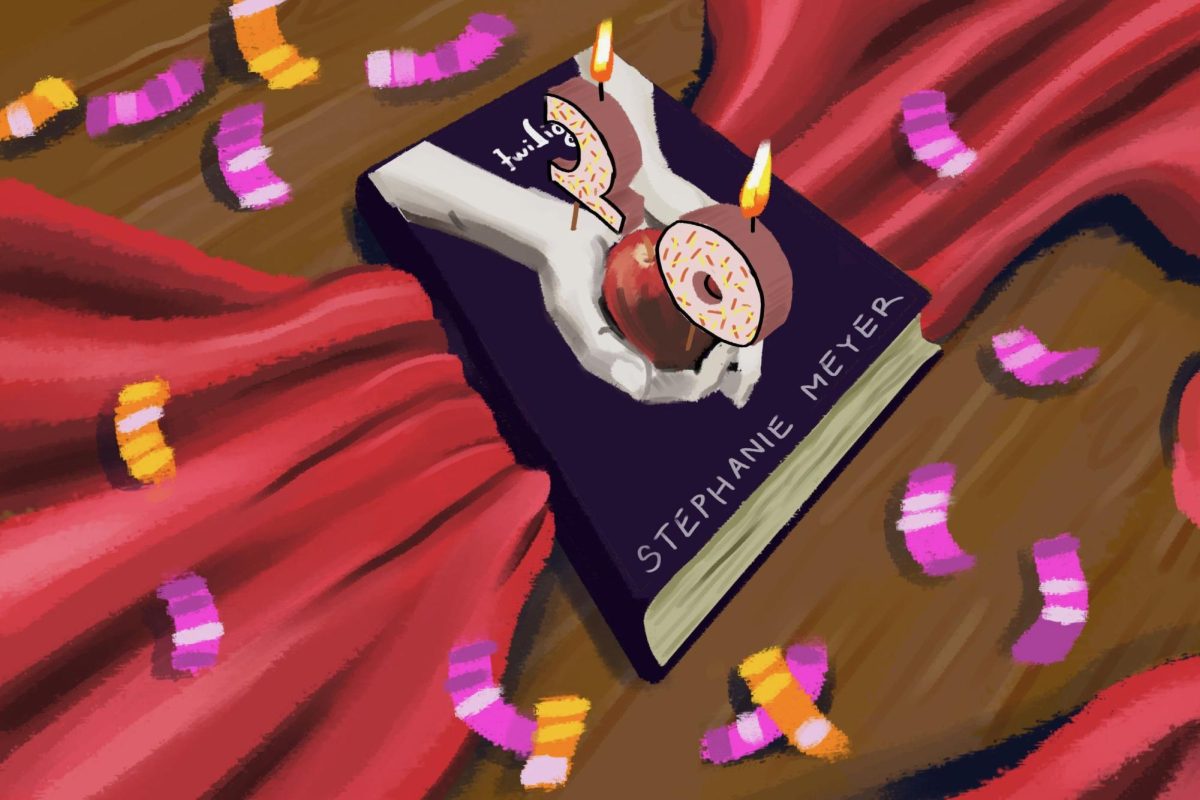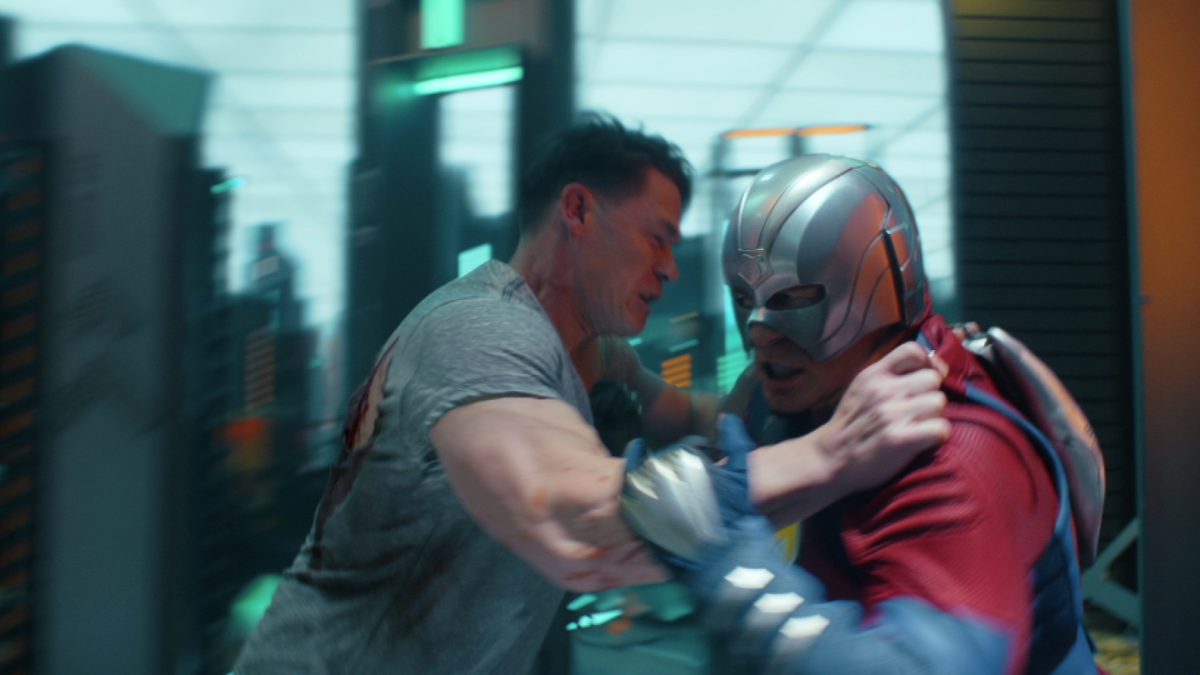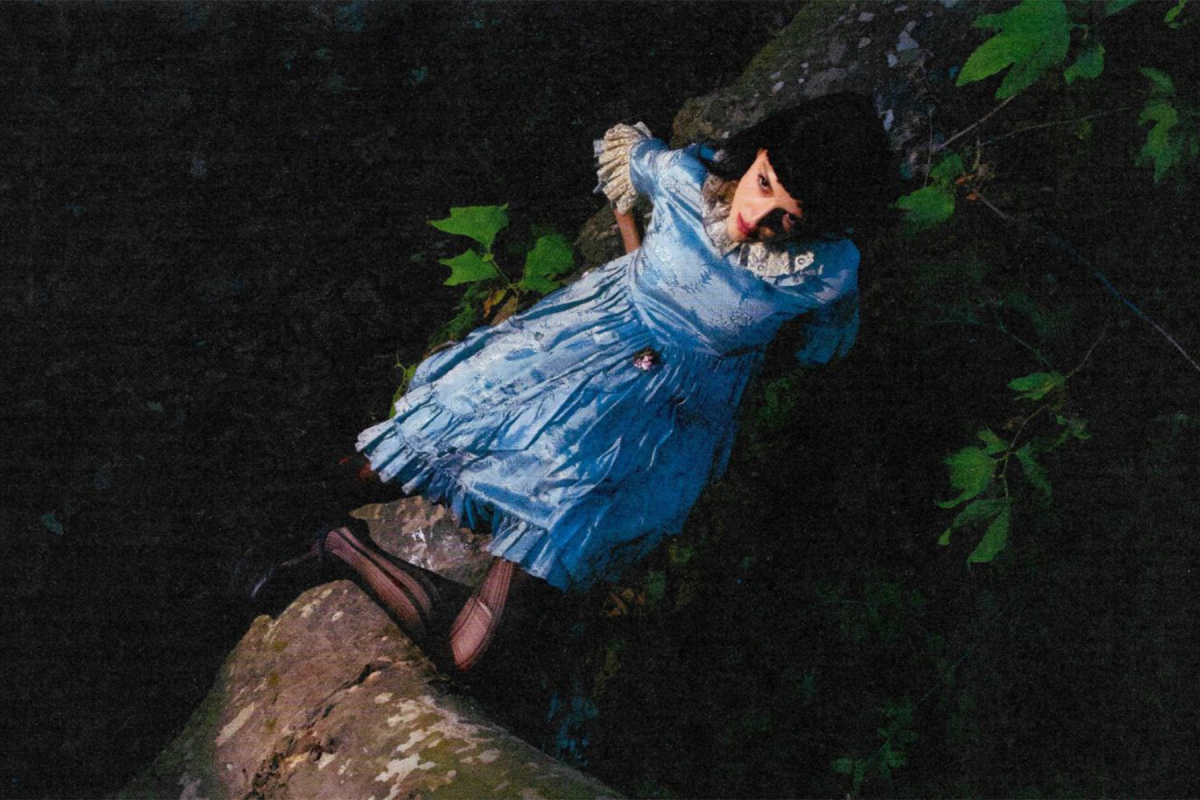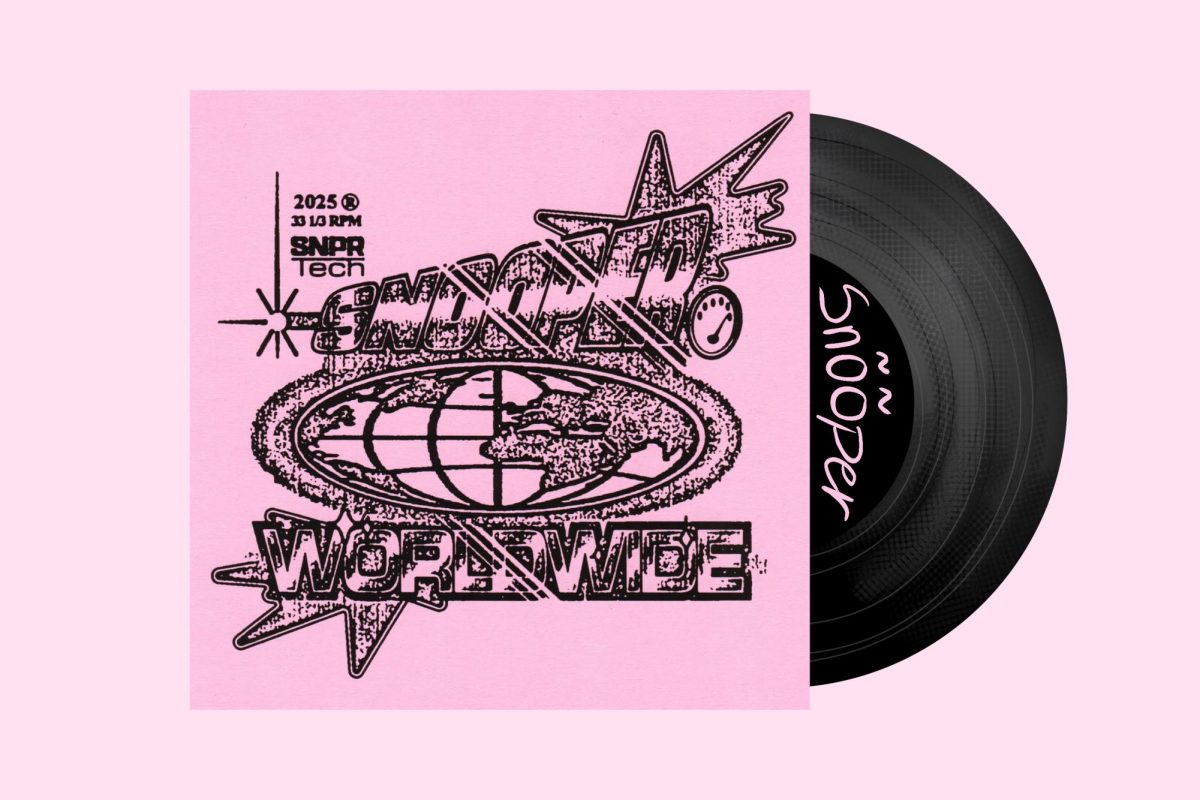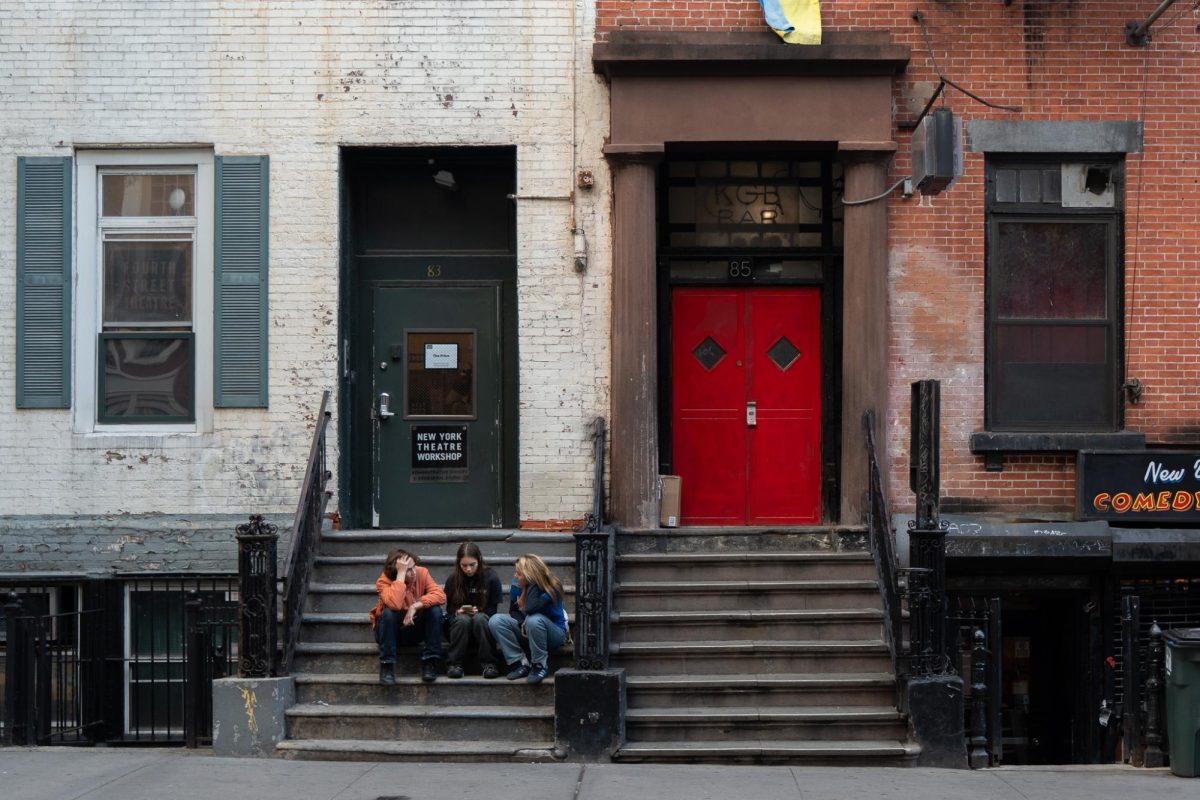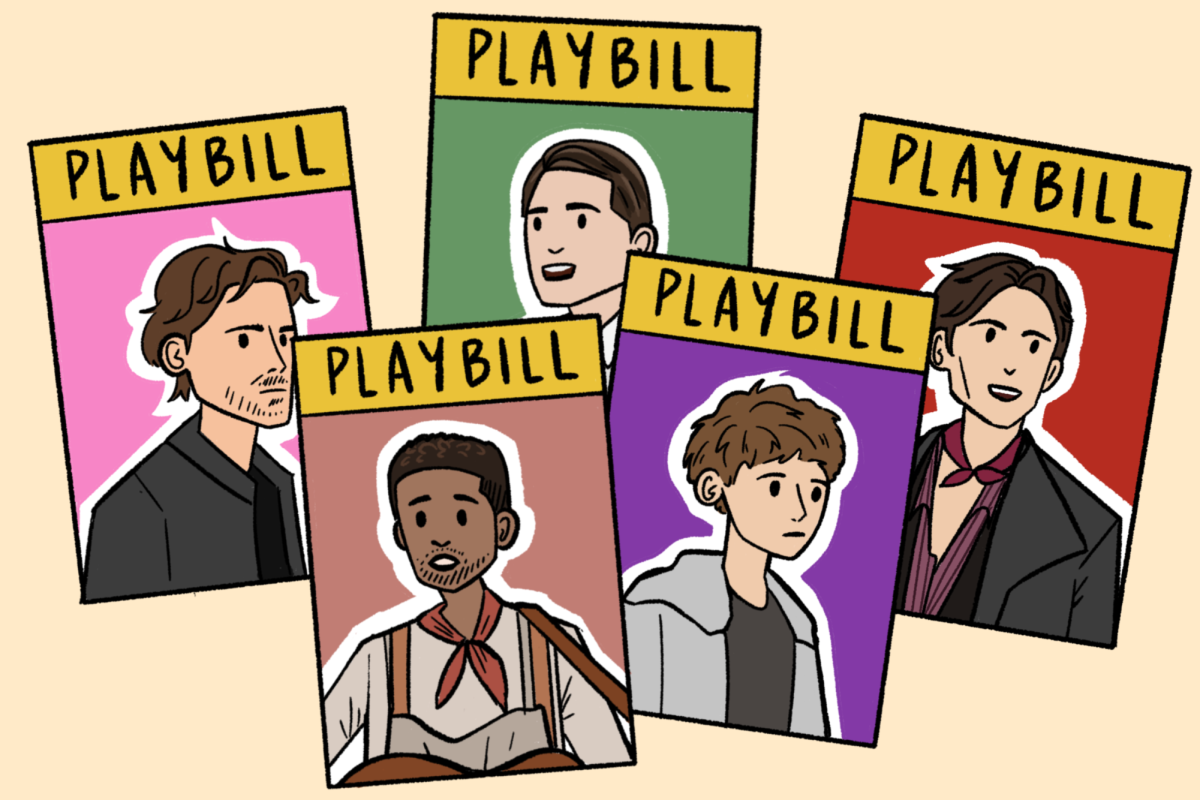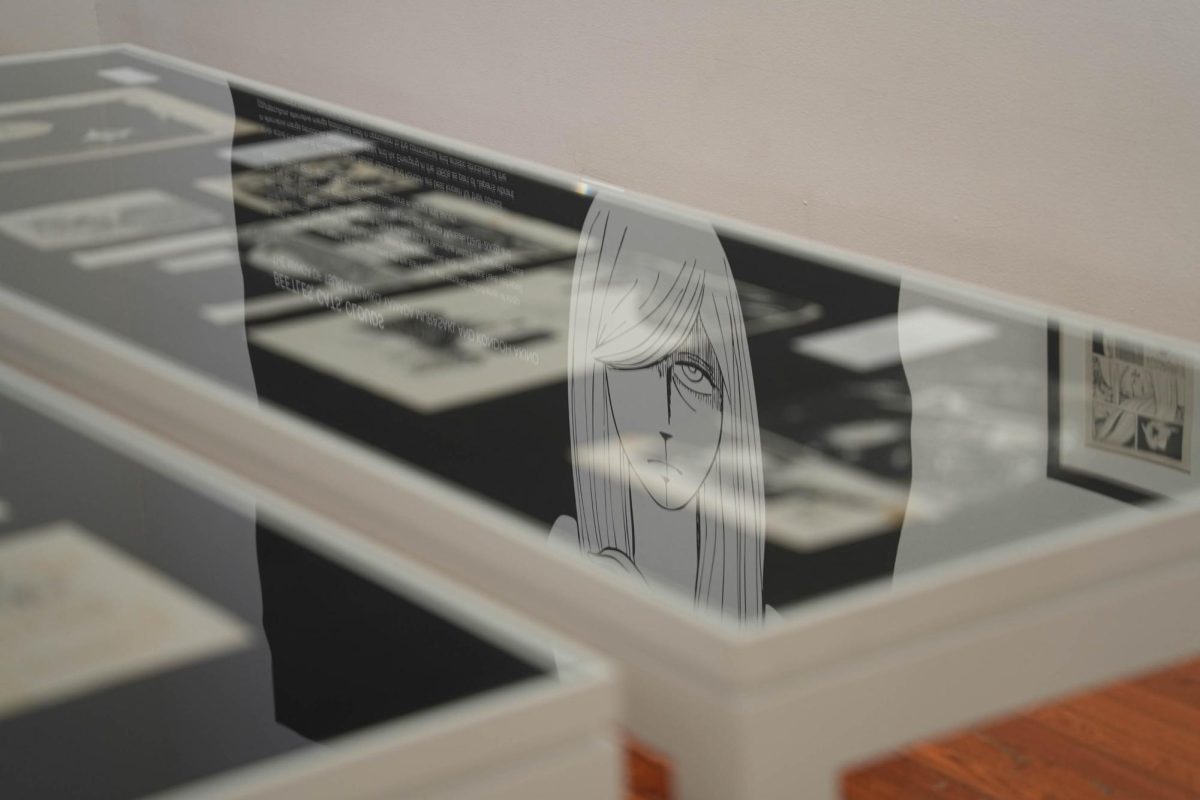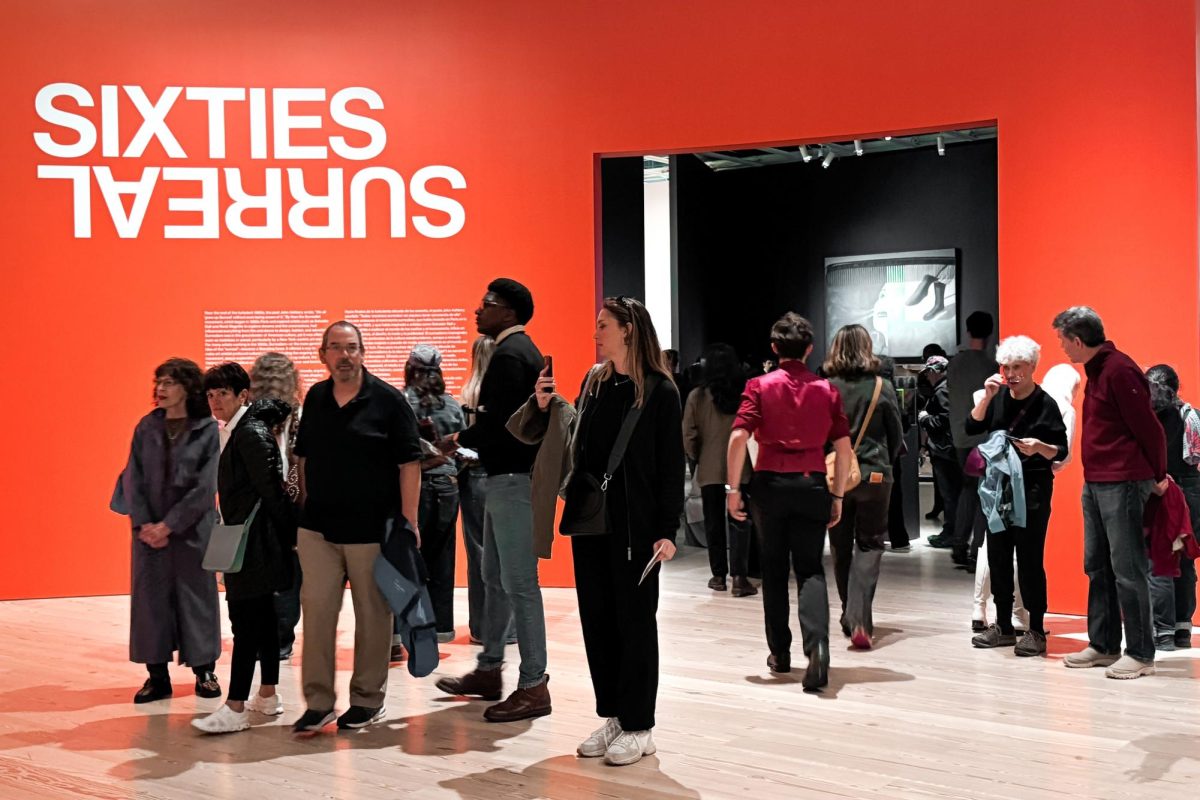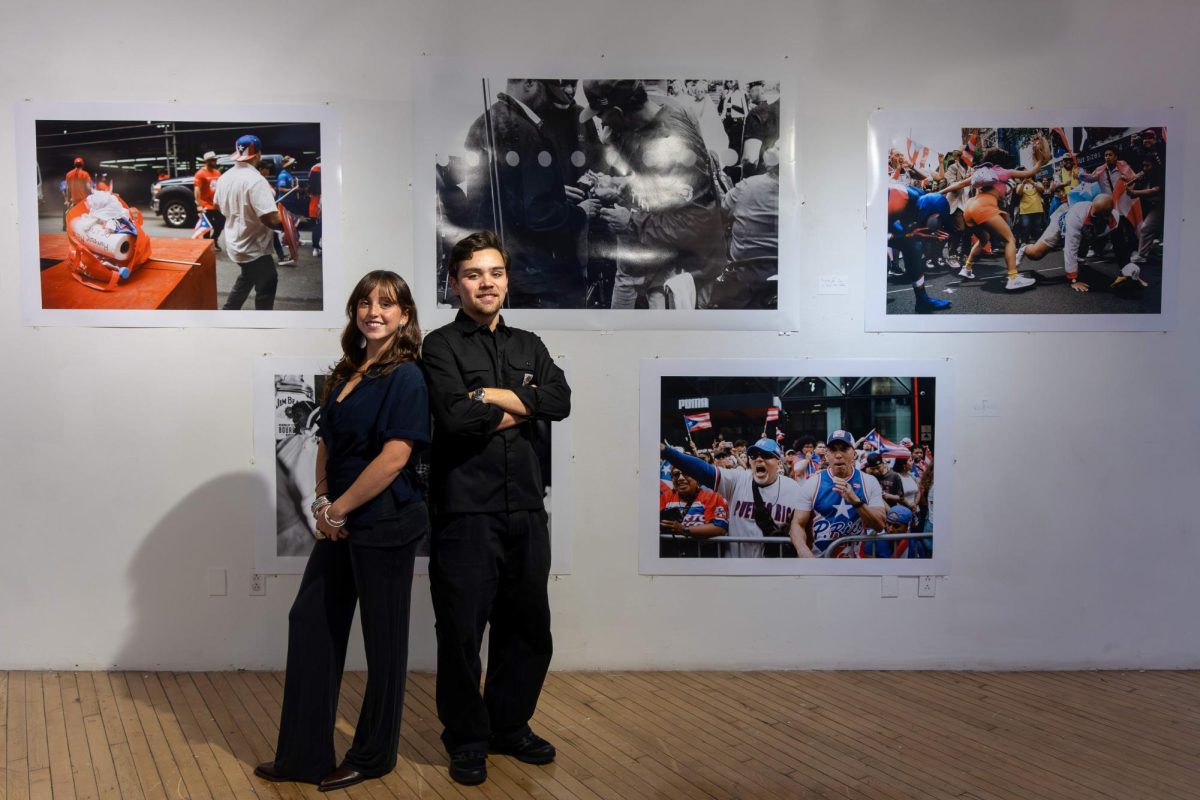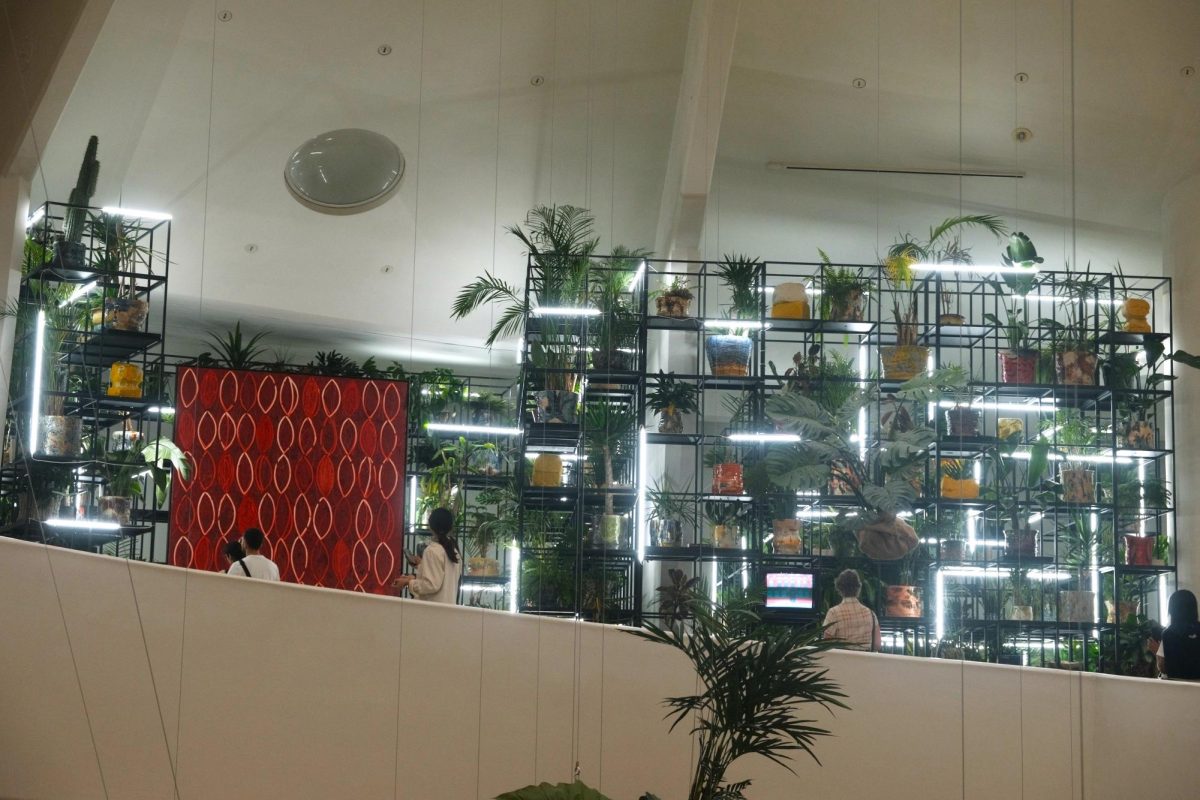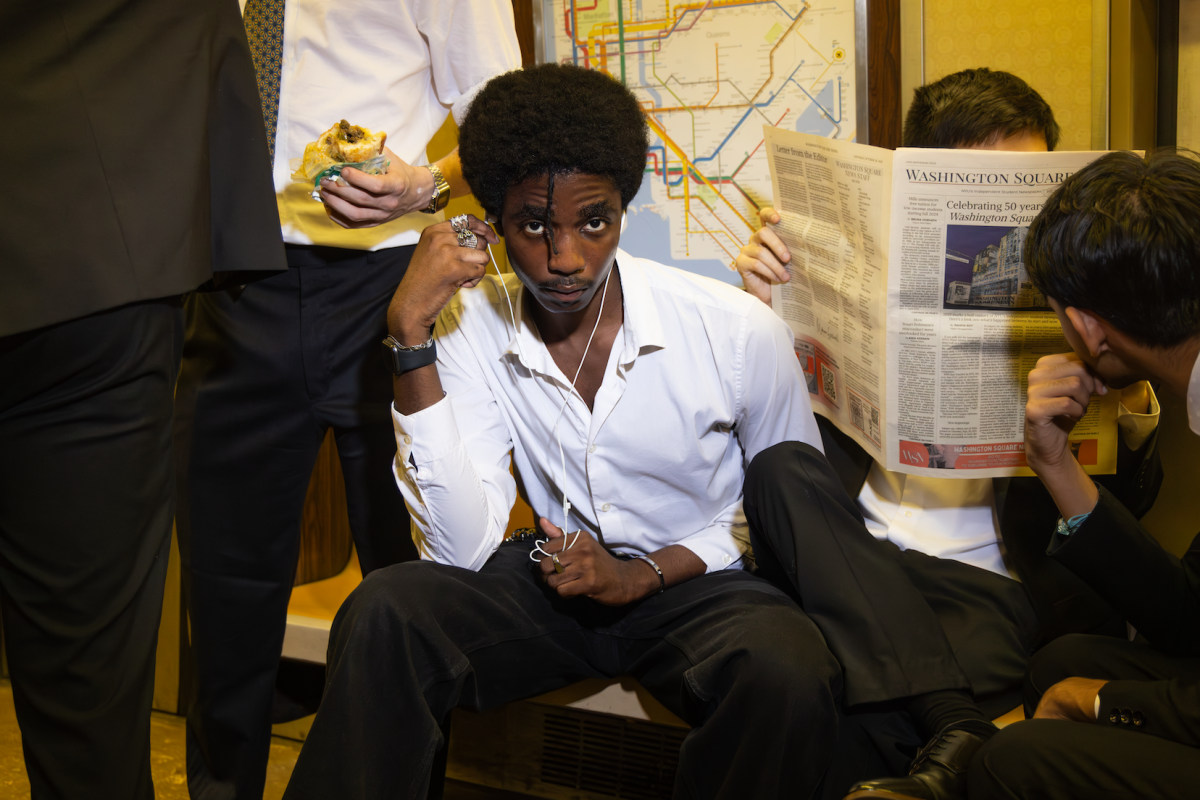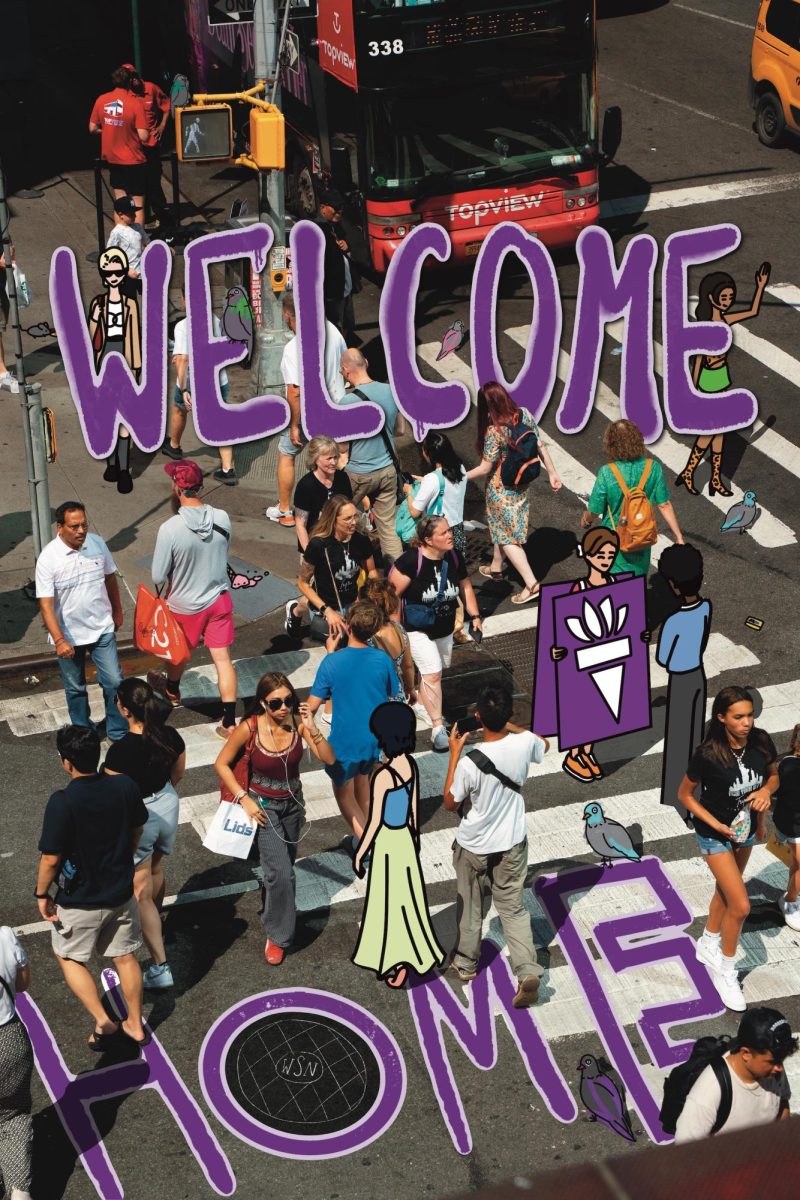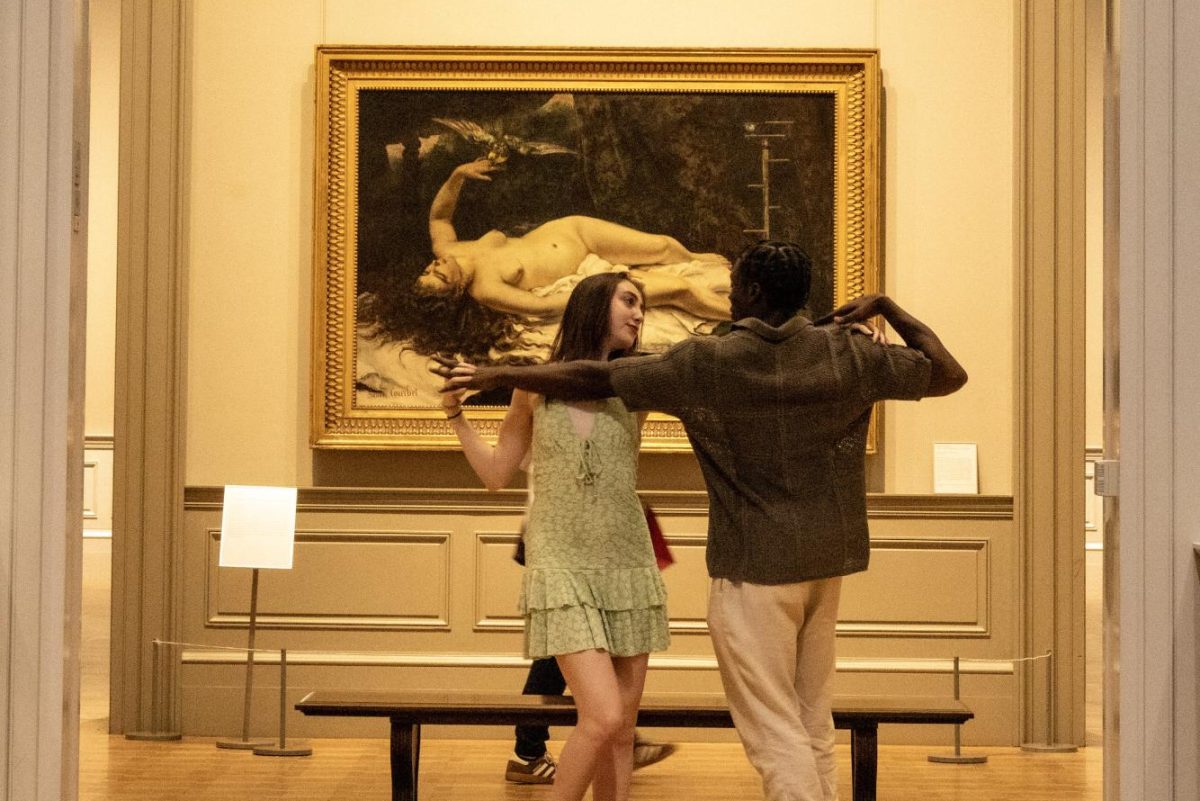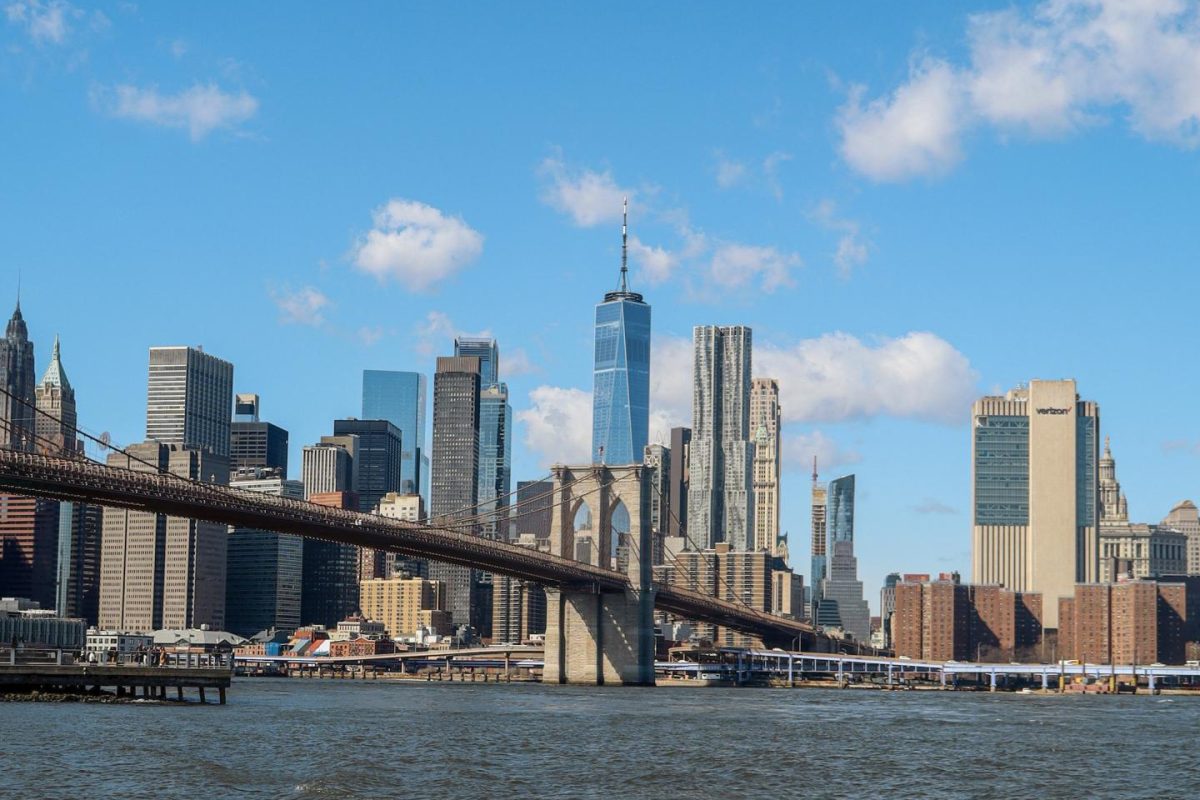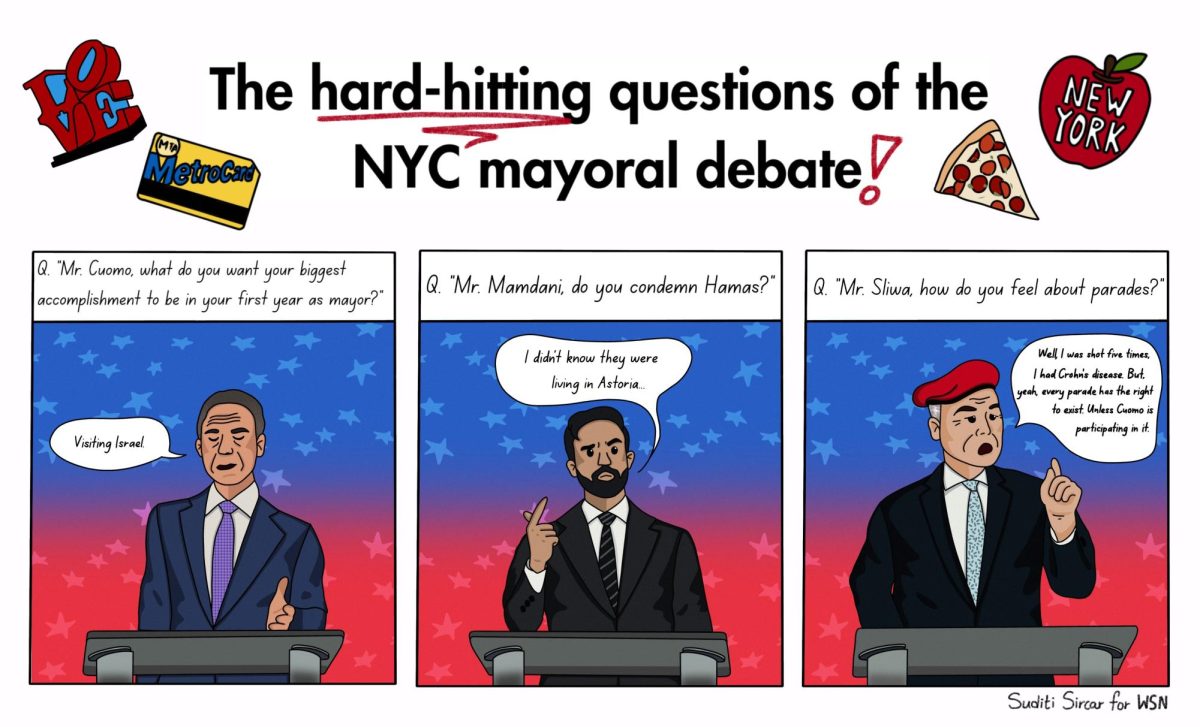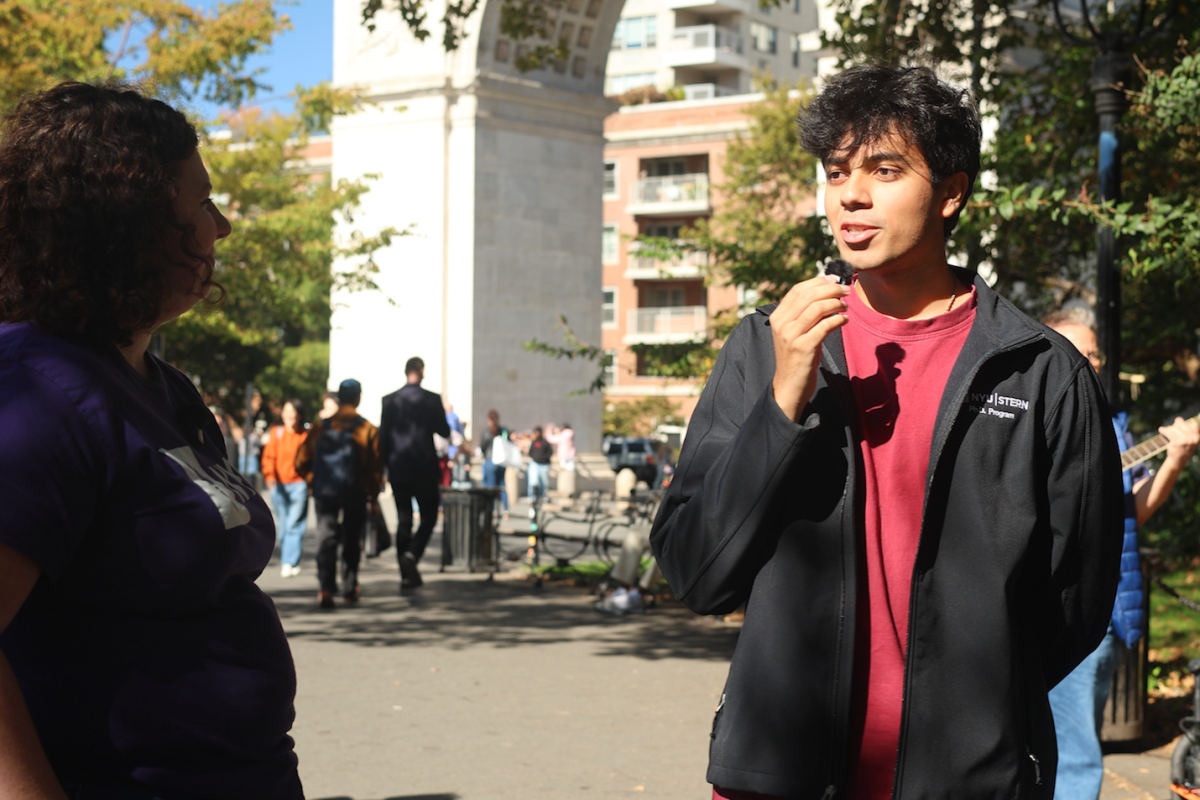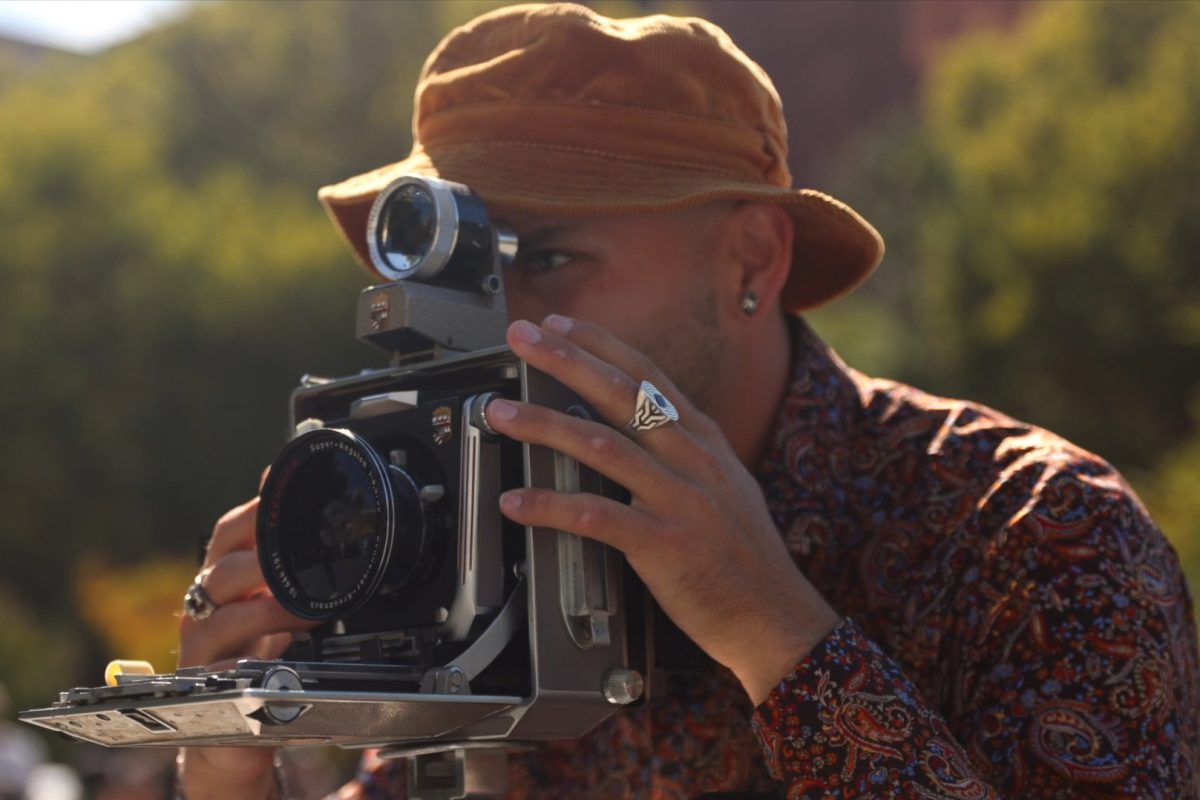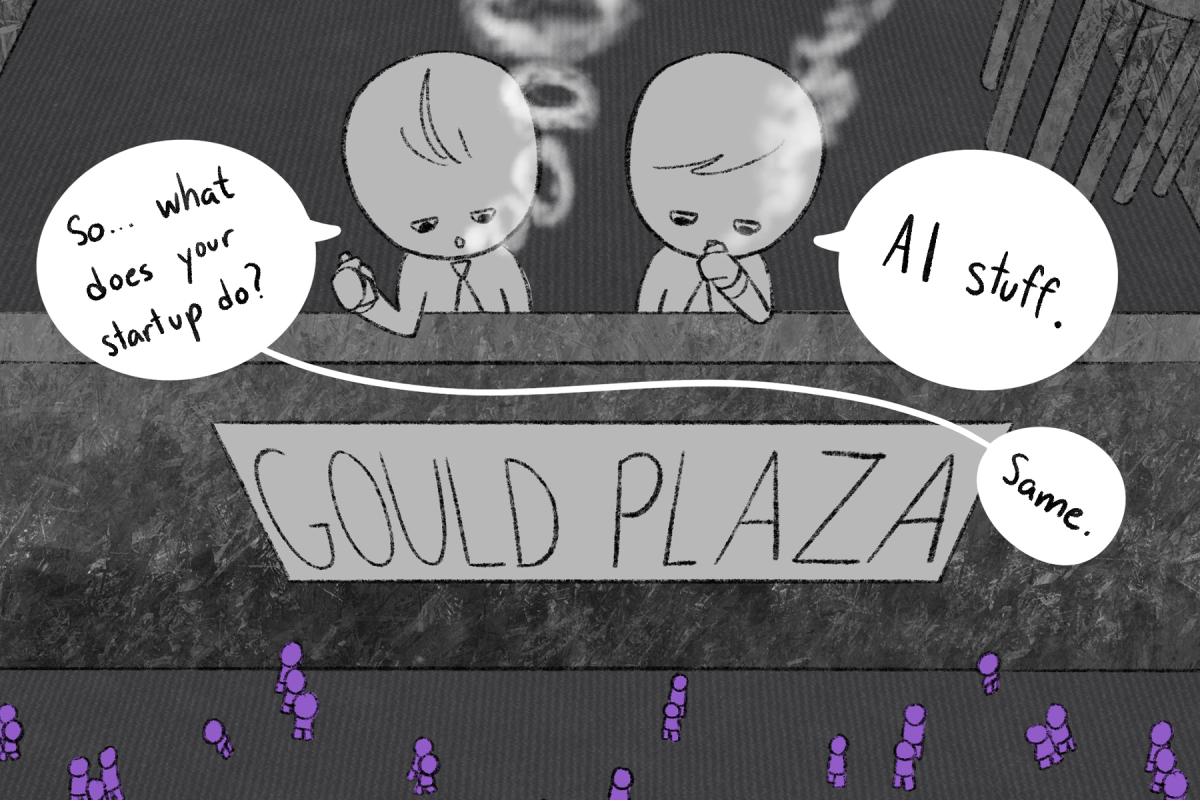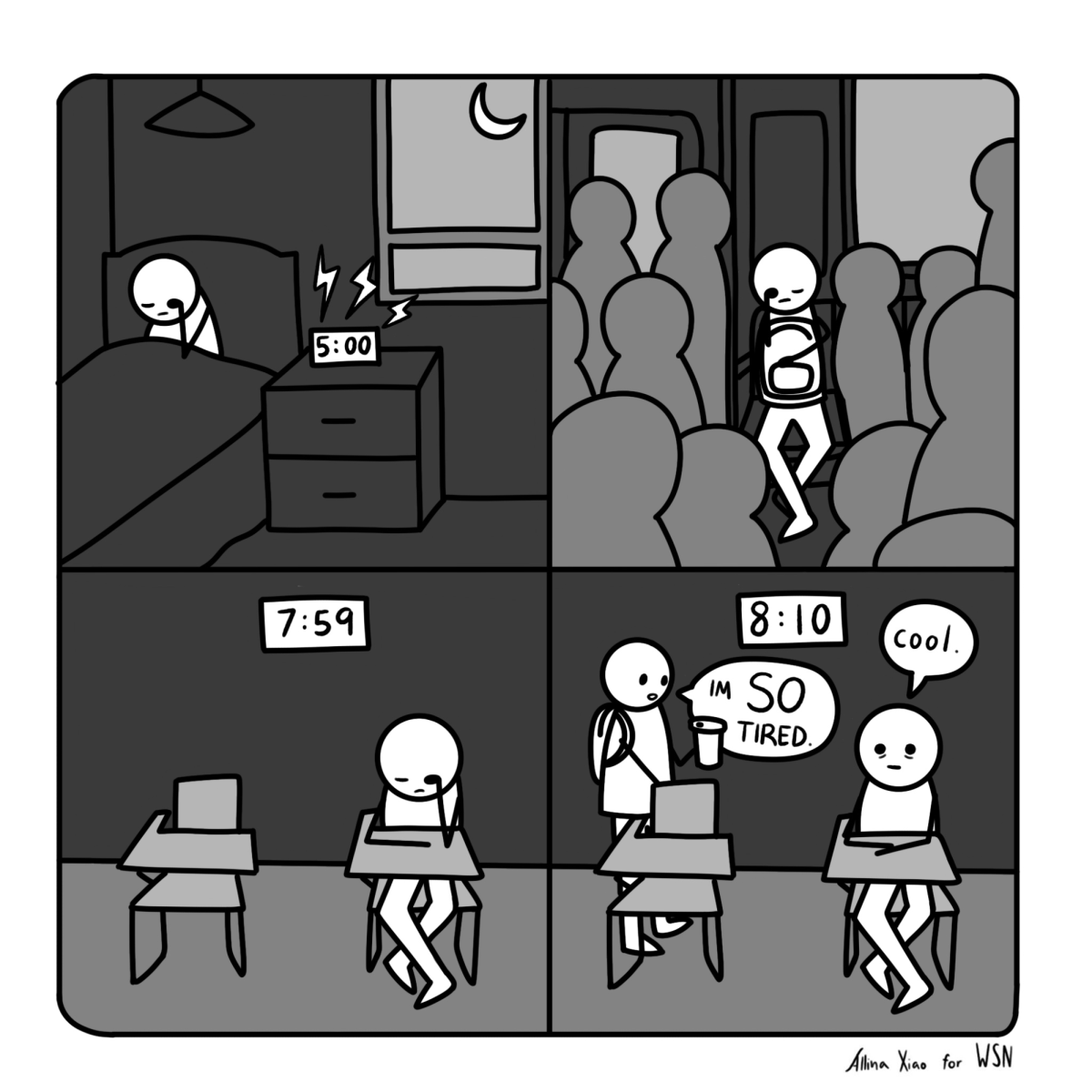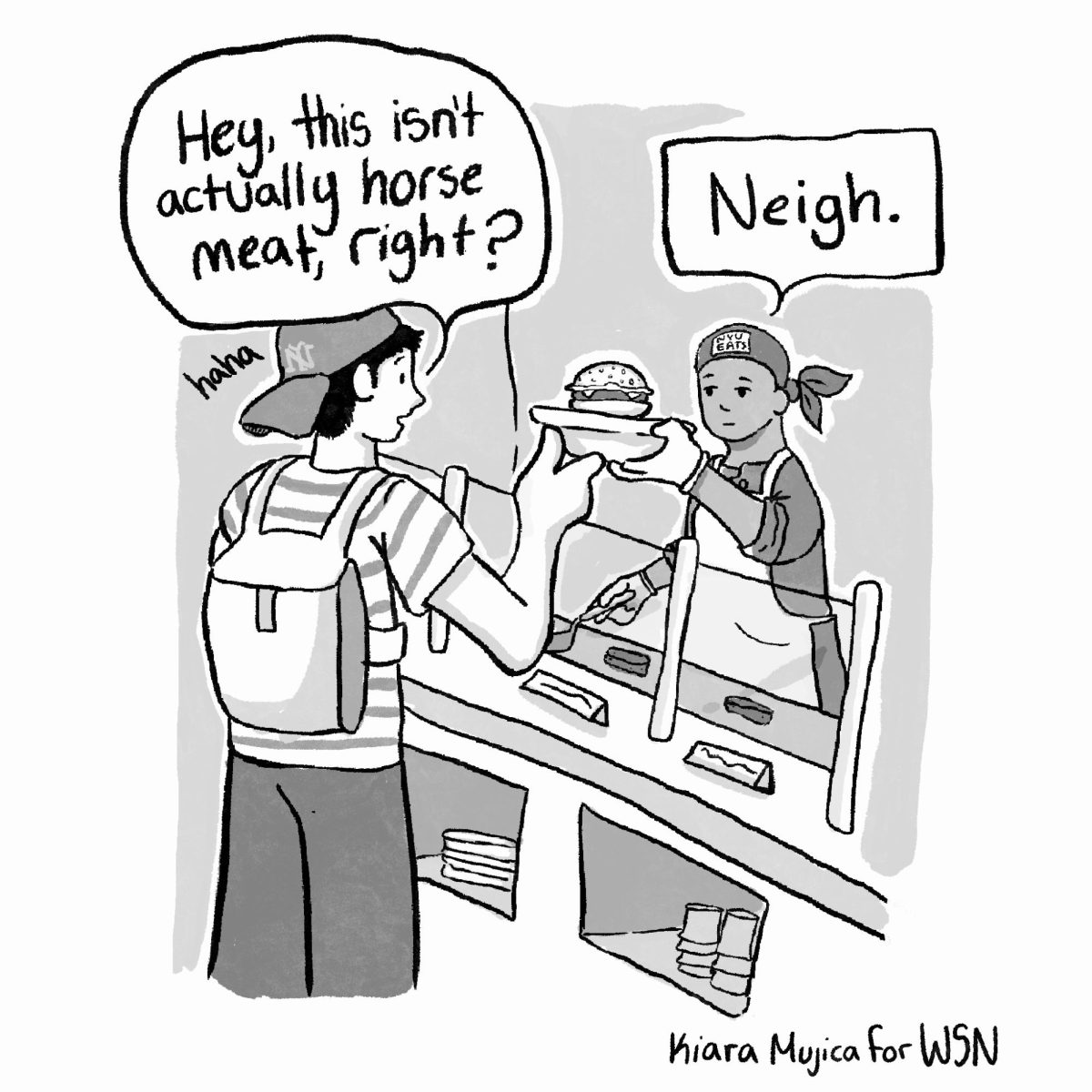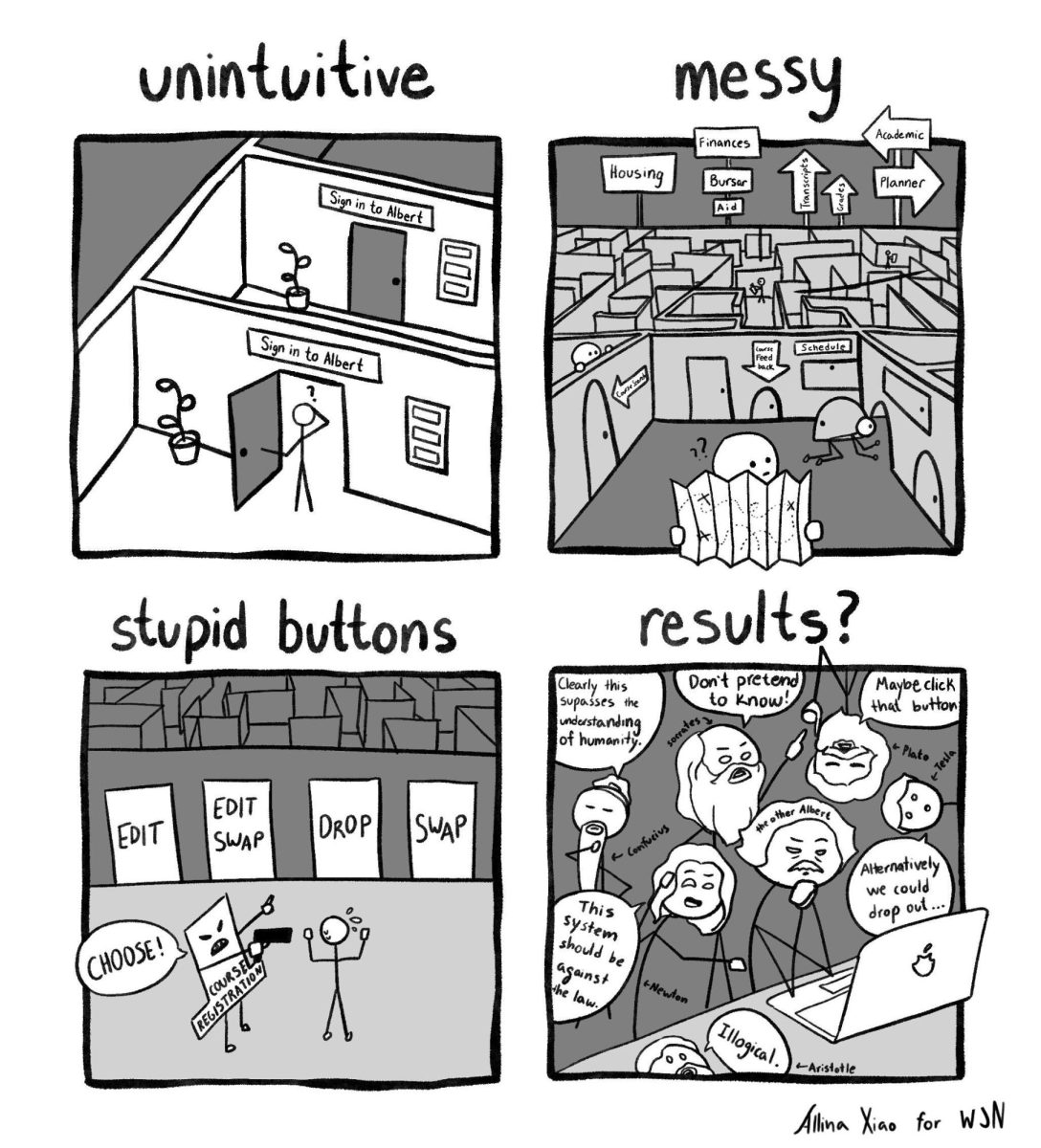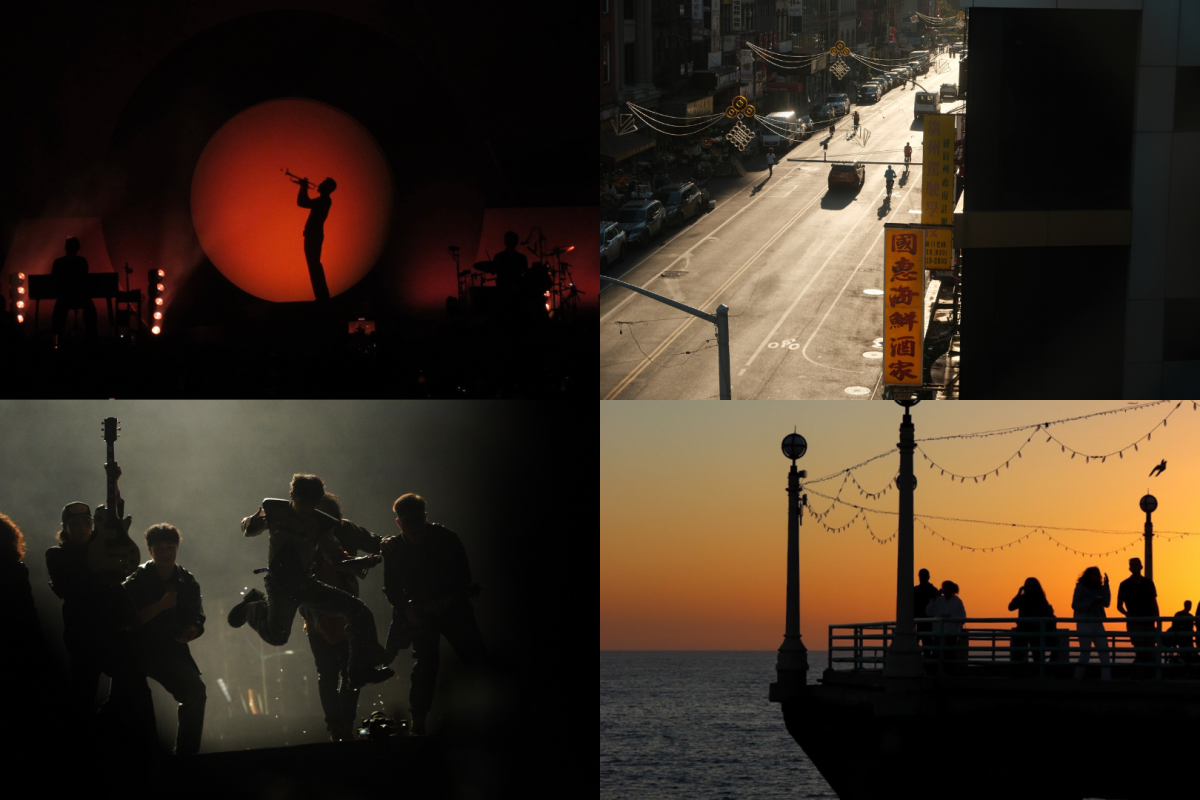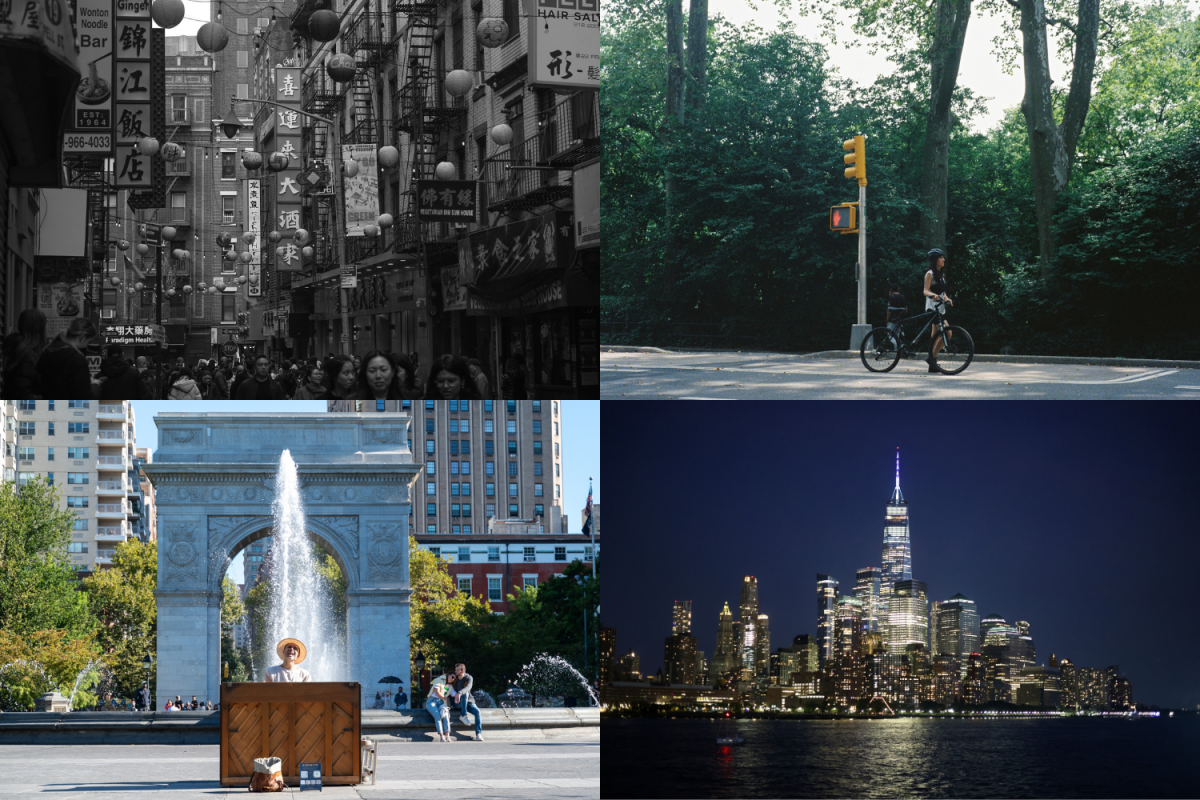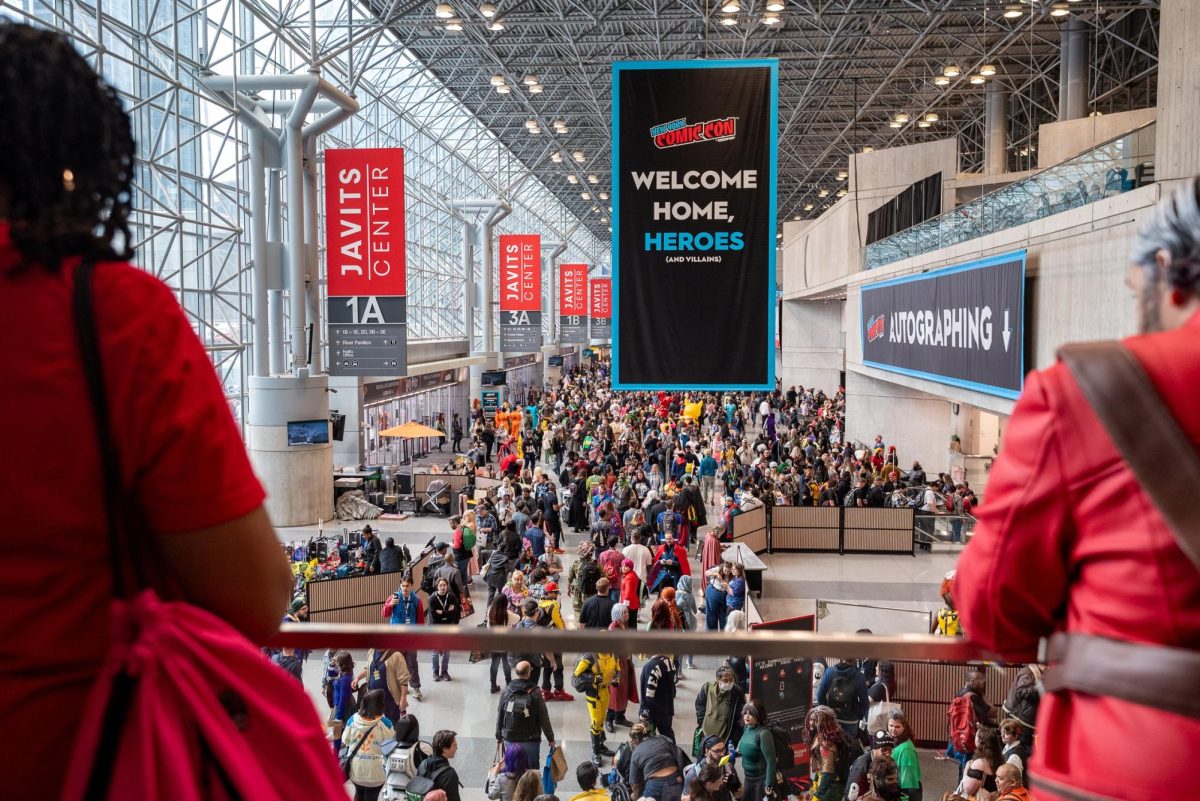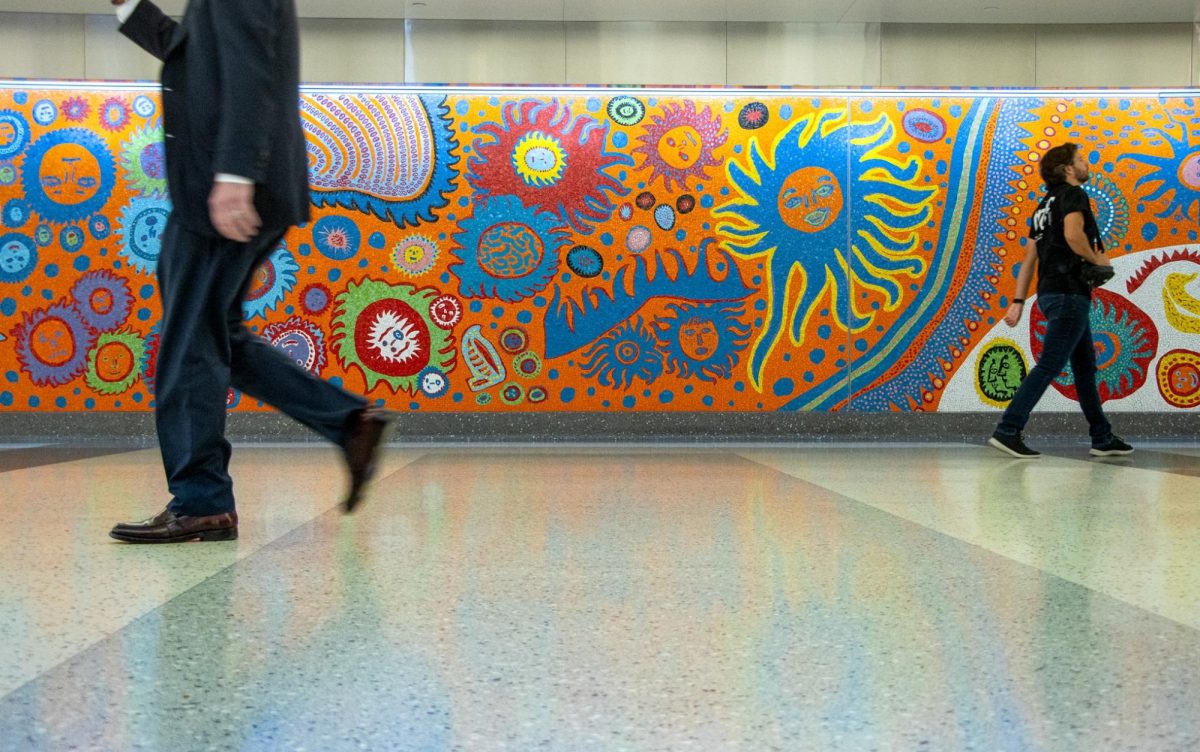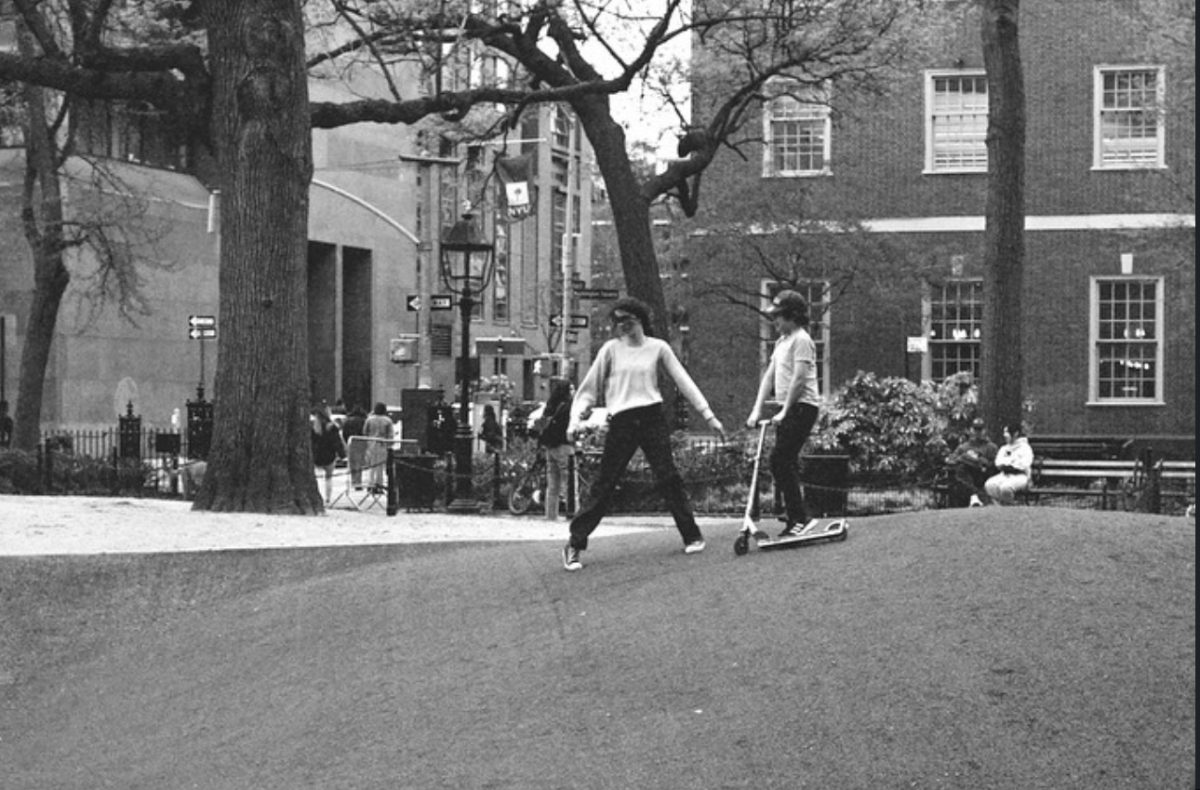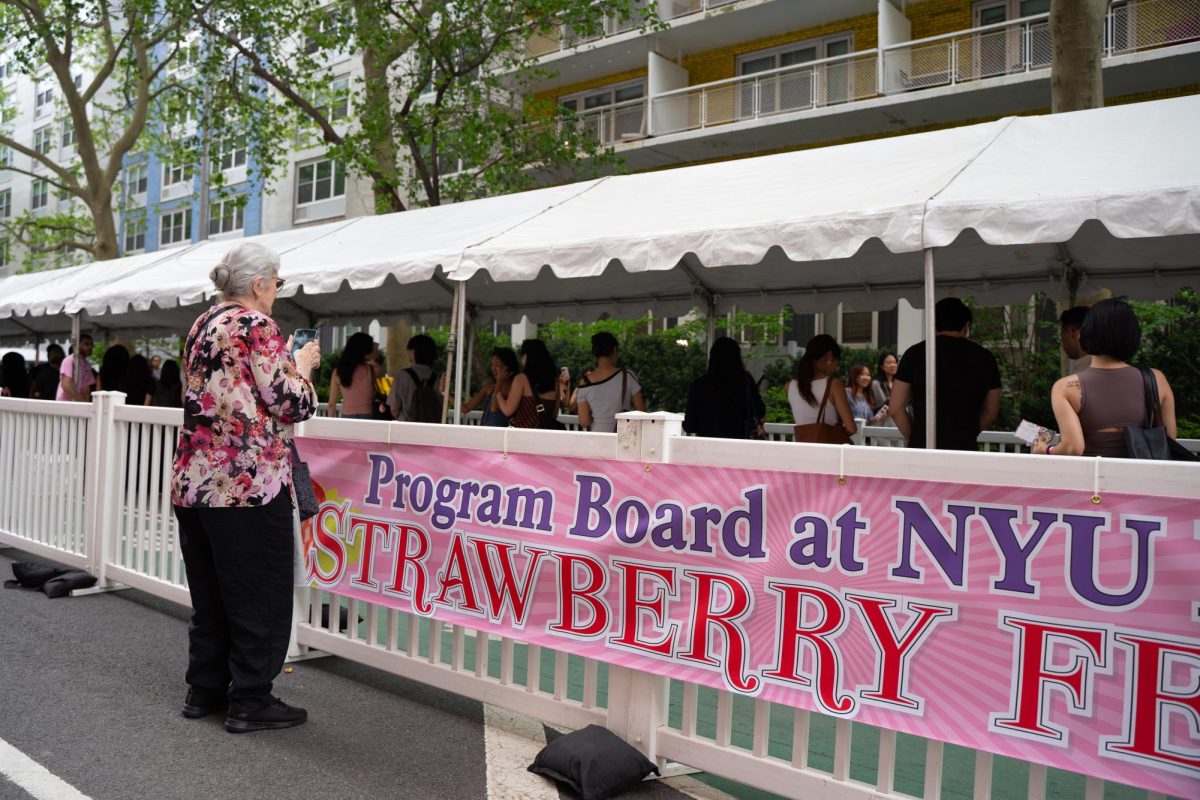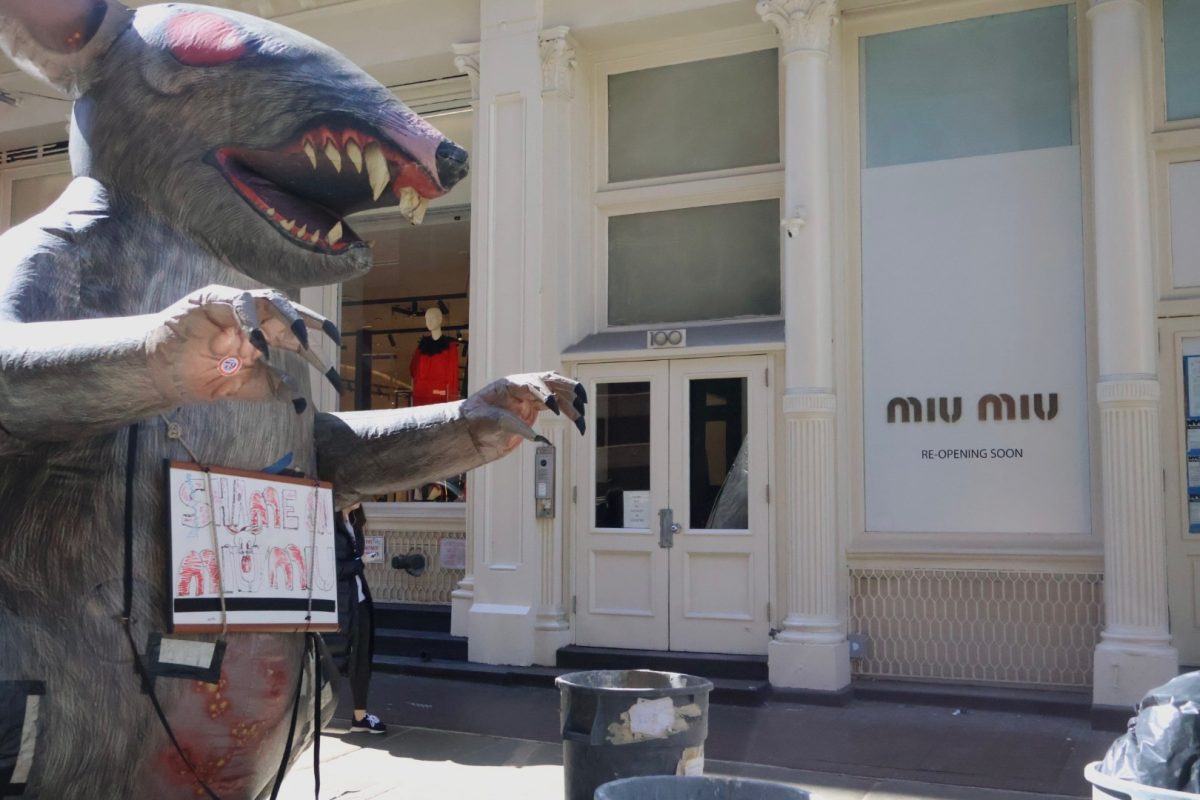If you’ve walked on Prince Street or strolled down Fifth Avenue recently, you may have come across a giant inflatable rat. With bloodshot red eyes, claws stretched outwards and scars covering its underbelly, the rat’s larger-than-life presence is undeniable. Meet Scabby — a 10- foot-tall inflatable rodent who has served as an icon for unions and worker rights for nearly four decades.
Scabby’s name comes from the label “scab,” a derogatory term used in the early 1800s to describe strikebreakers who refused to join picket lines. Jim Sweeney, the president of the International Union of Operating Engineers Local 150 in Chicago, said that he first created Scabby as an attempt to shame businesses that wouldn’t hire union workers, which he called “rat contractors.” Others say that Ken Lambert, who worked for the Chicago District Council in the early ’90s, designed the first Scabby. Today, Scabby inflatables are a tool of protest used by unions and other labor groups across the country.
Since its creation, Scabby has been a target of anti-union vandalism, suffering injuries such as stabbings and hit-and-runs. The physical destruction of these inflatable rats is in turn representative of the difficulties union workers have faced for centuries.
Scabby first arrived in New York in 1996, where it was part of a protest led by the Construction and General Building Laborers’ Local 79. In 2023, the rat was seen outside Tammany Hall in Union Square, a historical building that is now the New York flagship of Petco, a company known for hiring non-union contractors — one of many Scabby sightings in recent years.
“It’s one of those great enduring symbols, it’s a great piece of visual protest,” screenwriter Lisa Kron told the Associated Press. “It’s got humor and it’s got a shaming kind of message. And it’s very New York.”
New York labor attorney Tamir Rosenblum, who represents a New York construction worker union that owns a Scabby, has “done tons of work for the rat,” representing it more than 50 times in court. The constitutional right to free speech, particularly for labor unions, is frequently challenged by both local and federal governments. In 2000, the Illinois village of Orland Park confiscated a Scabby — the ensuing “Free the Rat” rally led to a lawsuit against the village, later won by the union that defended Scabby.
Tej Budhram, a representative for NYU’s chapter of the Young Democratic Socialists of America, told WSN that Scabby continues to serve as inspiration for organizing groups of all types, decades later.
“It’s definitely something that was revolutionary for the time, in terms of, how do we make a gas station inflatable look cool as shit?” Budhram said. “We [organizers] each take inspiration from Scabby the Rat in one way or another.”
In 2020, Peter Robb, appointed by President Donald Trump to the National Labor Relations Board, filed a complaint against Sweeney’s union in hopes of preventing the usage of Scabby. Despite this, unions continue to affirm that erecting an inflatable rat is an act of symbolic speech, permitted under the First Amendment.
NYU is no stranger to Scabby’s presence — in March 2023, professors and local politicians protested outside of Bobst Library in support of Contract Faculty United. They called for the university to recognize the union and give more bargaining power to contract faculty.
YDSA is currently campaigning against NYU’s partnership with Starbucks following the university’s failure to recognize the Starbucks union, according to Budhram.
“Every week we’re giving out free coffee by Kimmel,” Budhram said. “That’s directly taken from the ethos of Scabby the Rat, which is, you need to get a way to get attention to yourself.”
In the last few years, some union organizers have raised concerns that New Yorkers have grown “numb” to Scabby — Budhram, however, finds that Scabby’s obscurity is essential to its role as a conversation starter.
“The fact that most New Yorkers don’t know [Scabby] plays in its favor,” Budhram said. “It’s a deliberate way to bring attention to your campaign, and we all do it in one way or another.”
Last month, two Scabbys were placed in front of Arc’teryx, an outerwear clothing brand in protest of the company’s employment of non-union contractors. Similarly, a Scabby covered in “Shame on Miu Miu!!” posters was seen on Prince Street outside the entrance of luxury fashion store Miu Miu — a stark contrast from SoHo’s chic atmosphere. The organizing effort, led by the Local 79 union, has been stationed outside 100 Prince St. for nearly a month. The union claims that Miu Miu has allowed Folor Inc. to “exploit construction workers” by hiring non-union labor to build its storefront.
Though Scabby remains a highly contested symbol of protest, it continues to embody not only the rights of union workers, but also a wide range of grassroots causes.
“[Scabby] is a connection between different struggles,” Budhram said. “Our struggles are, in the end, not disparate and separate, but deeply interconnected.”
Lauren Ng contributed reporting.
Contact Paige Ablon at [email protected].

